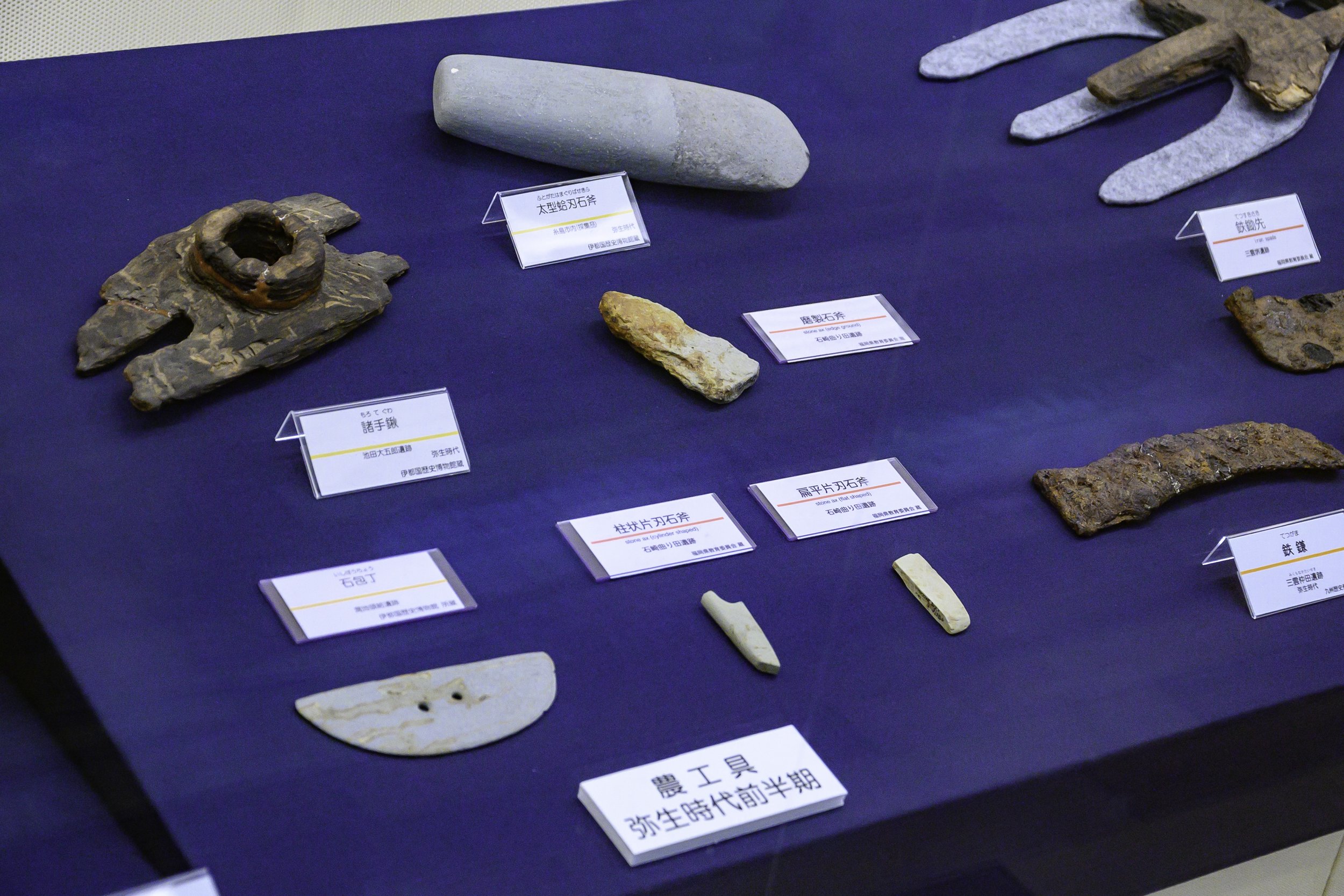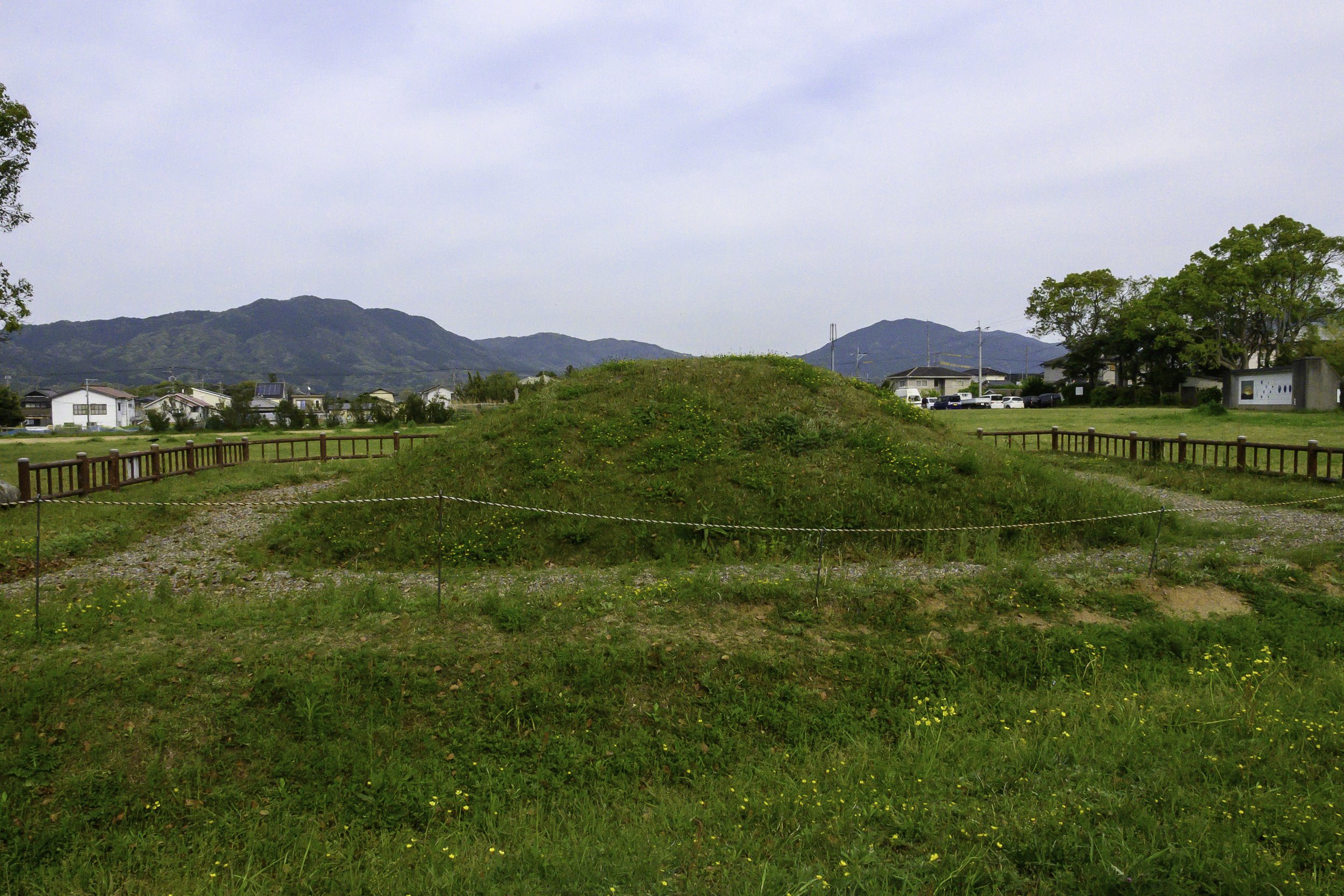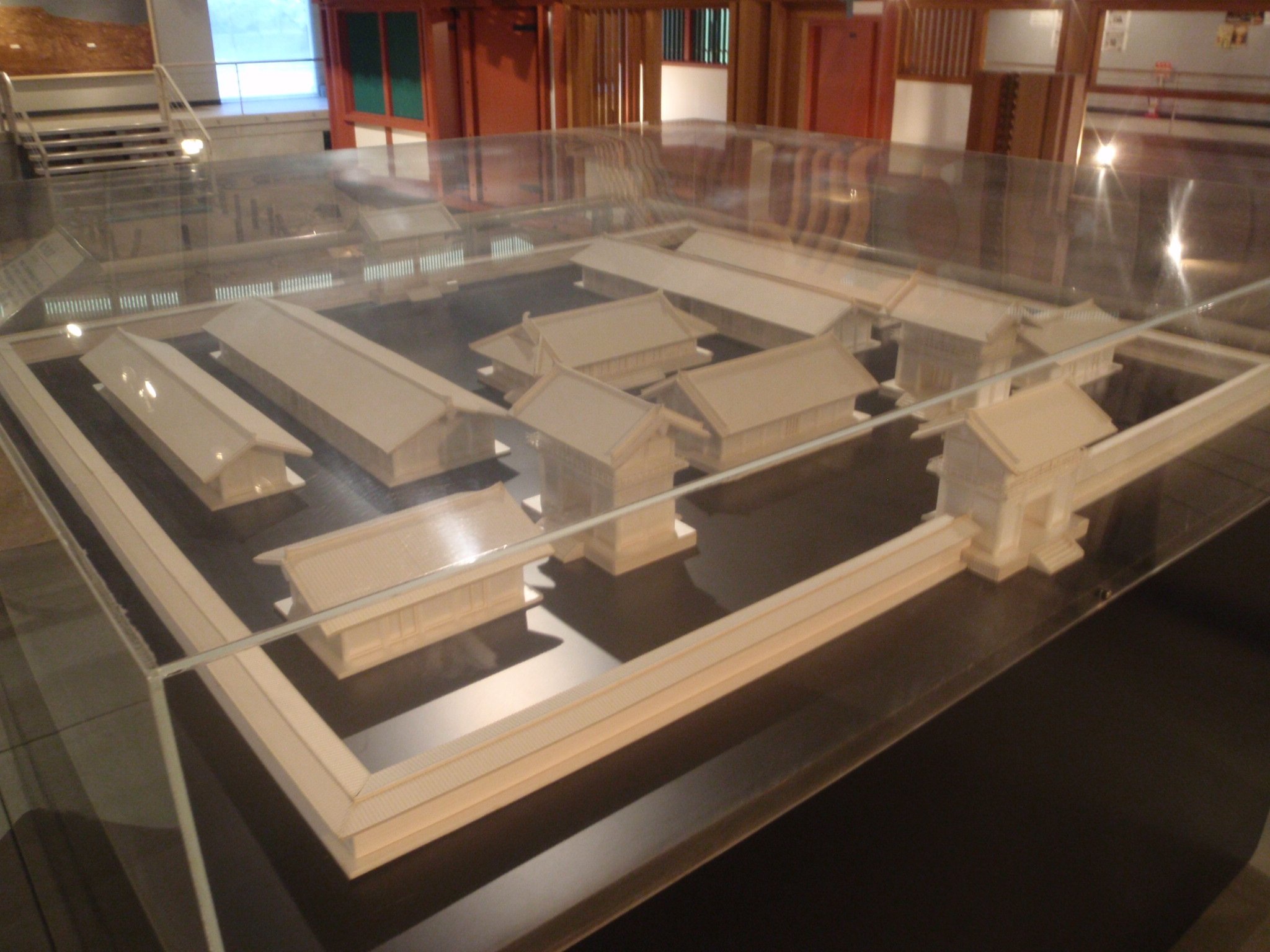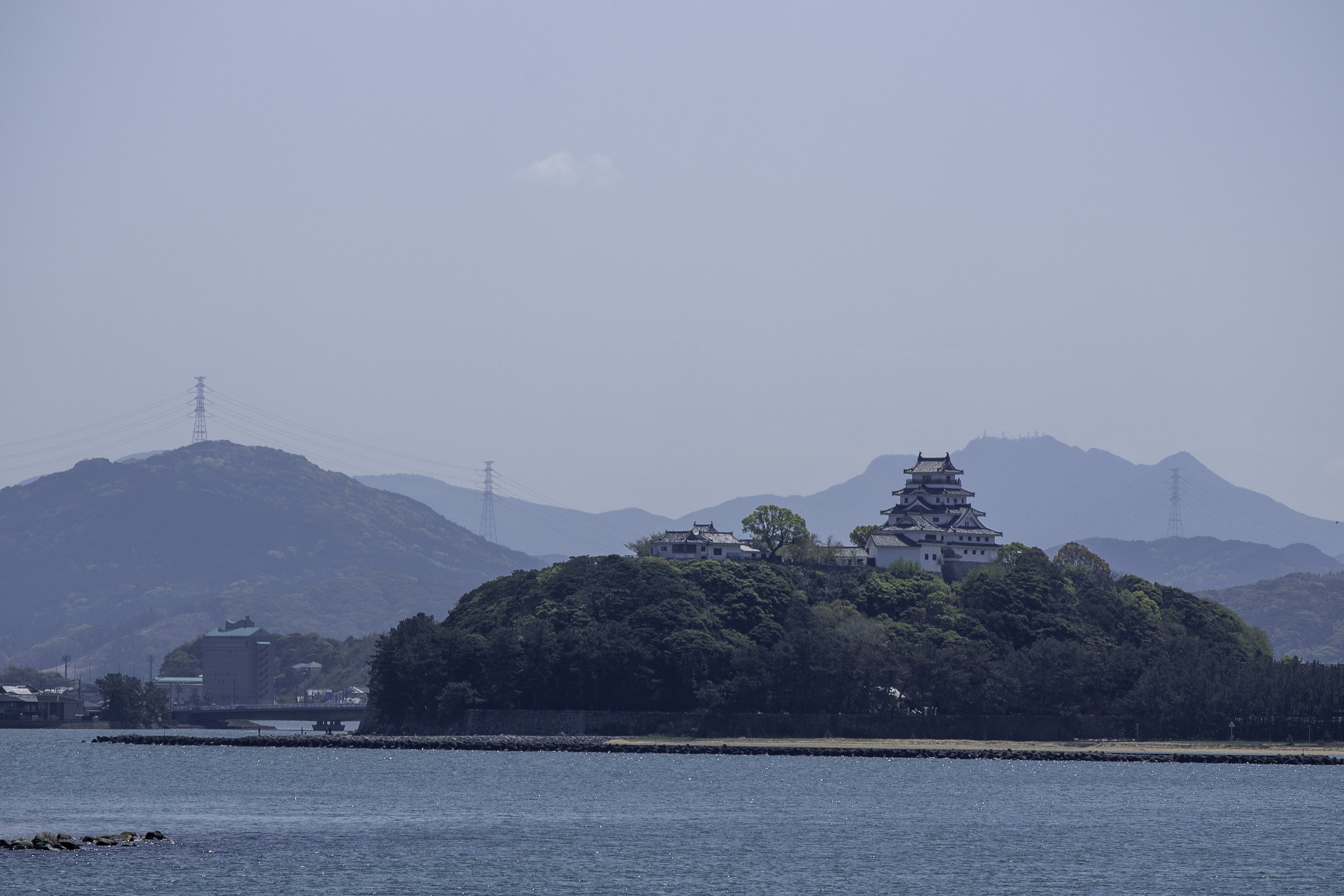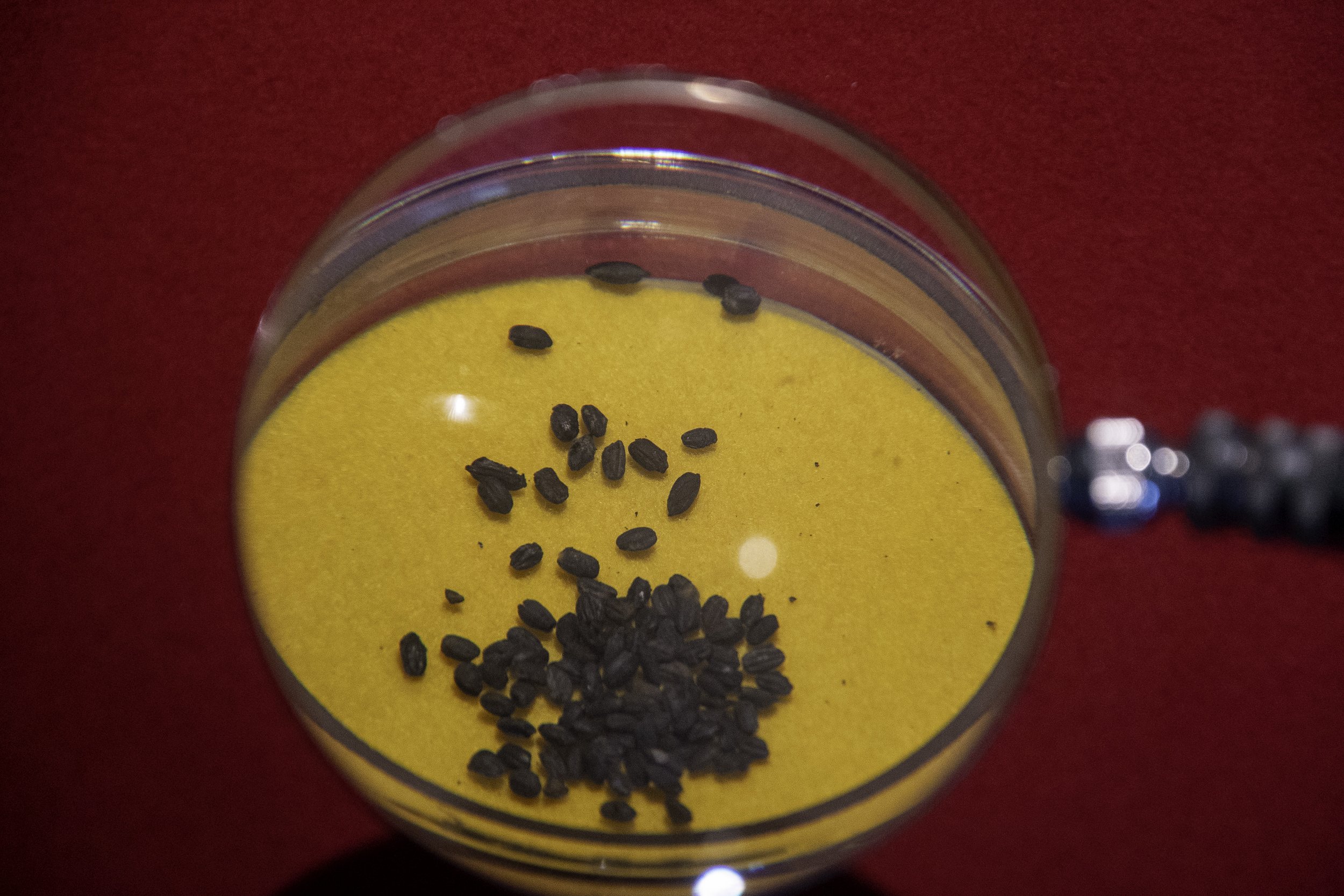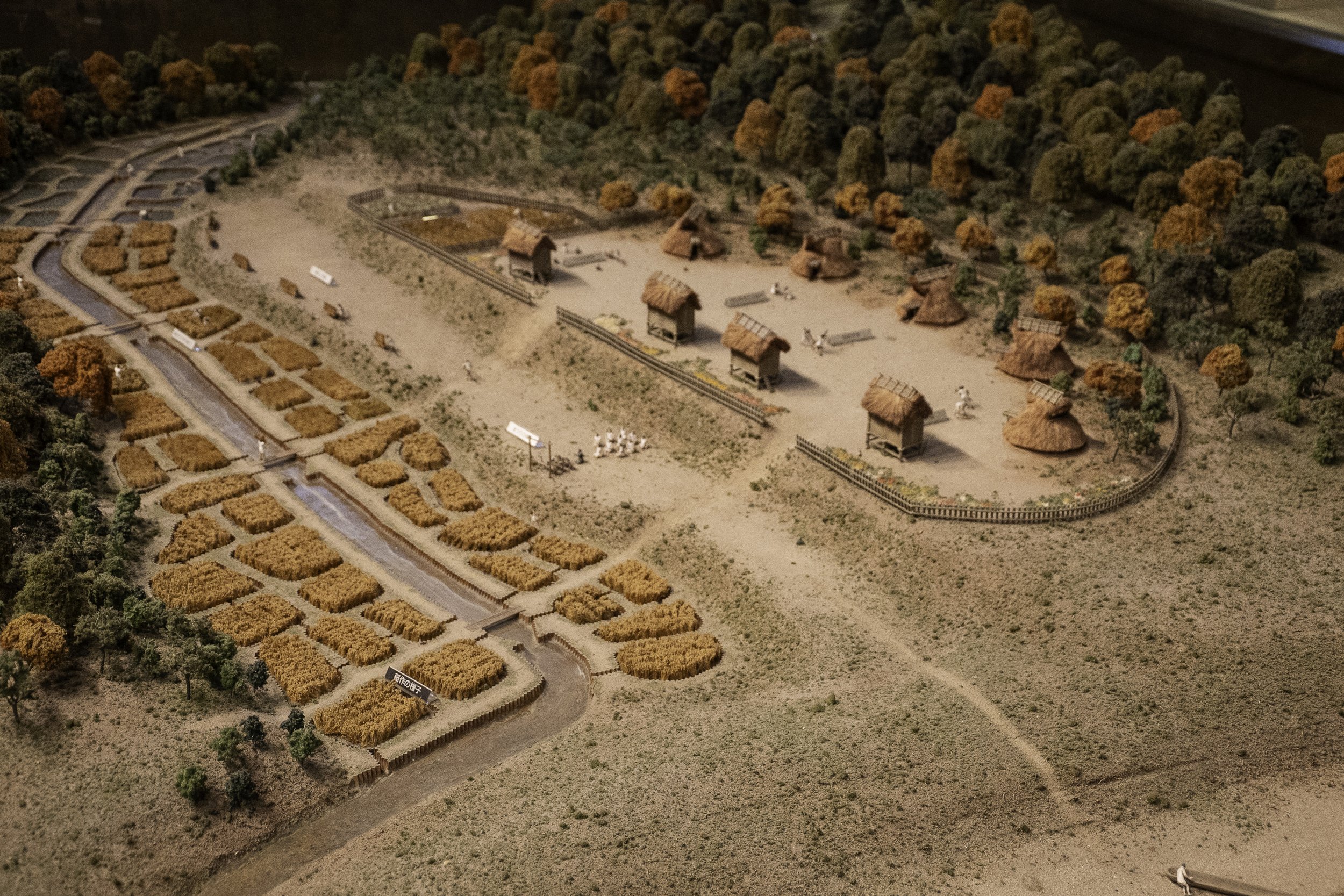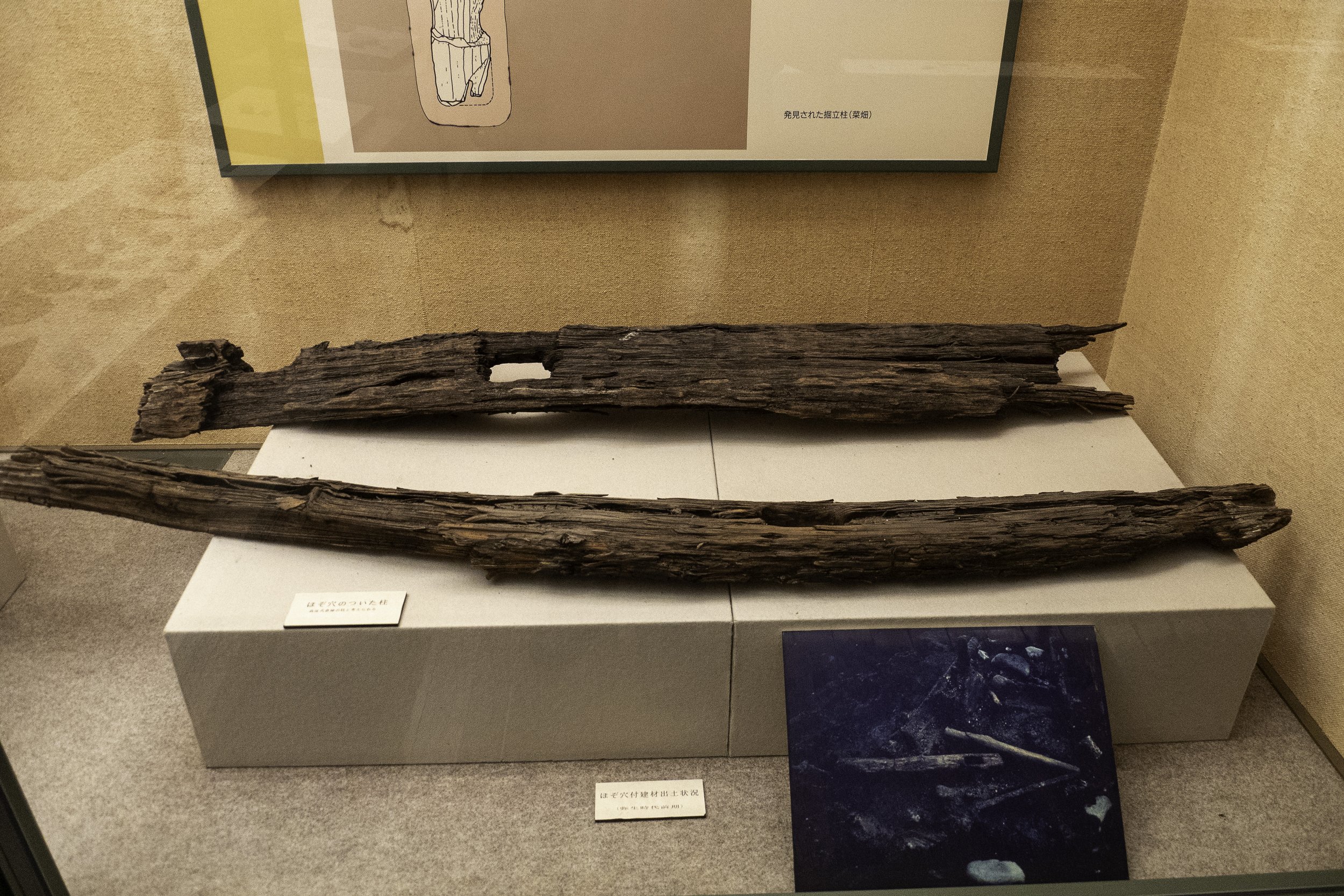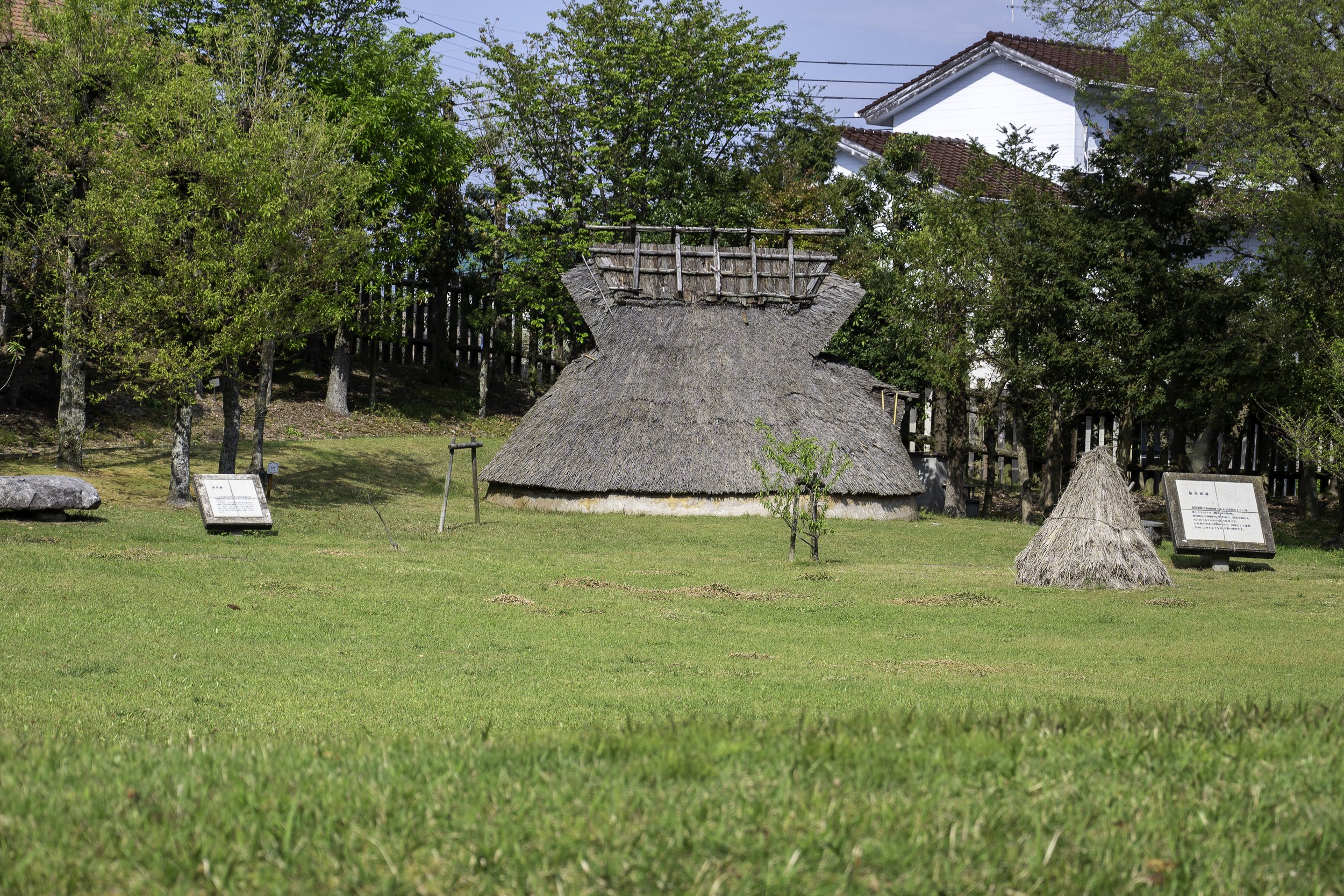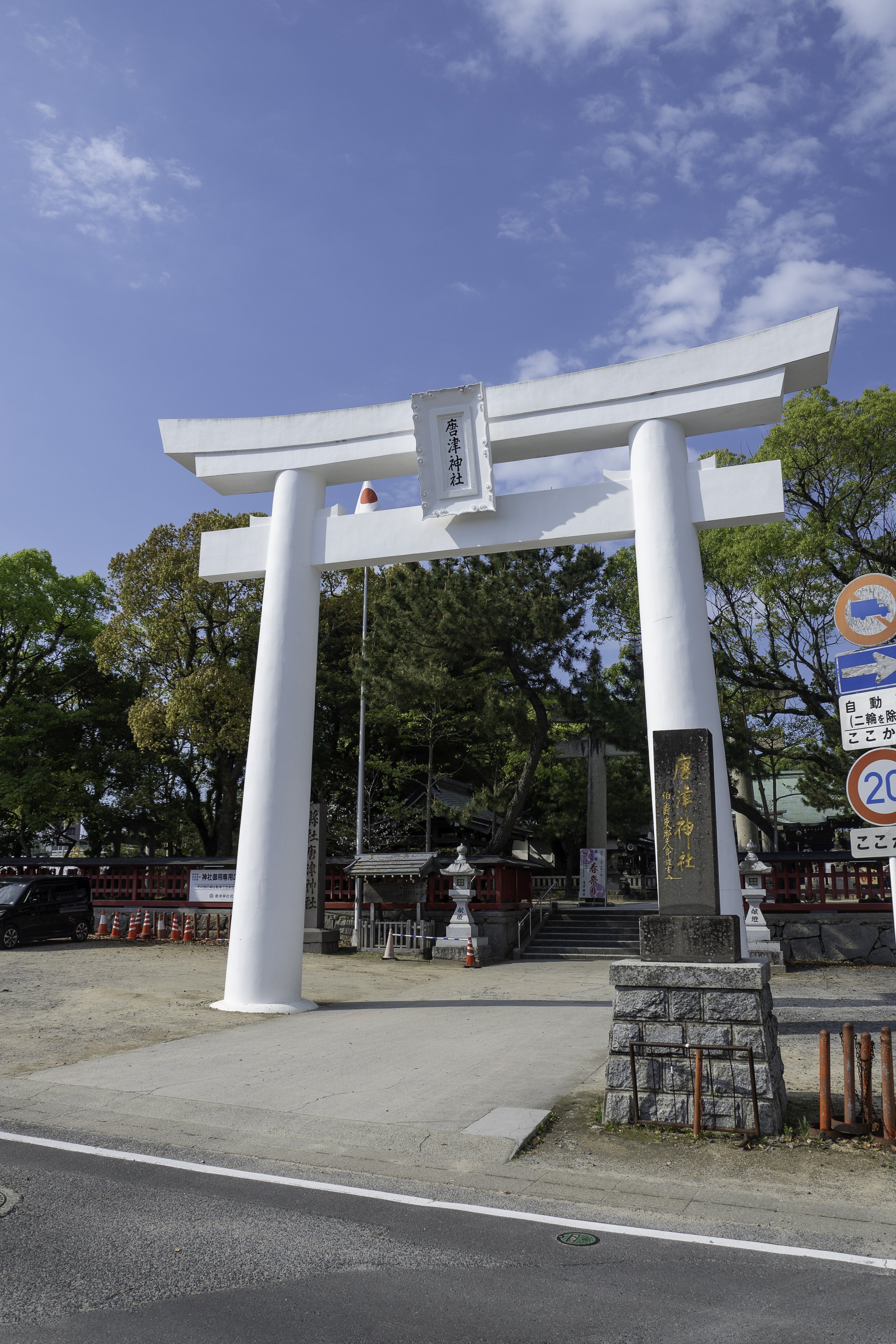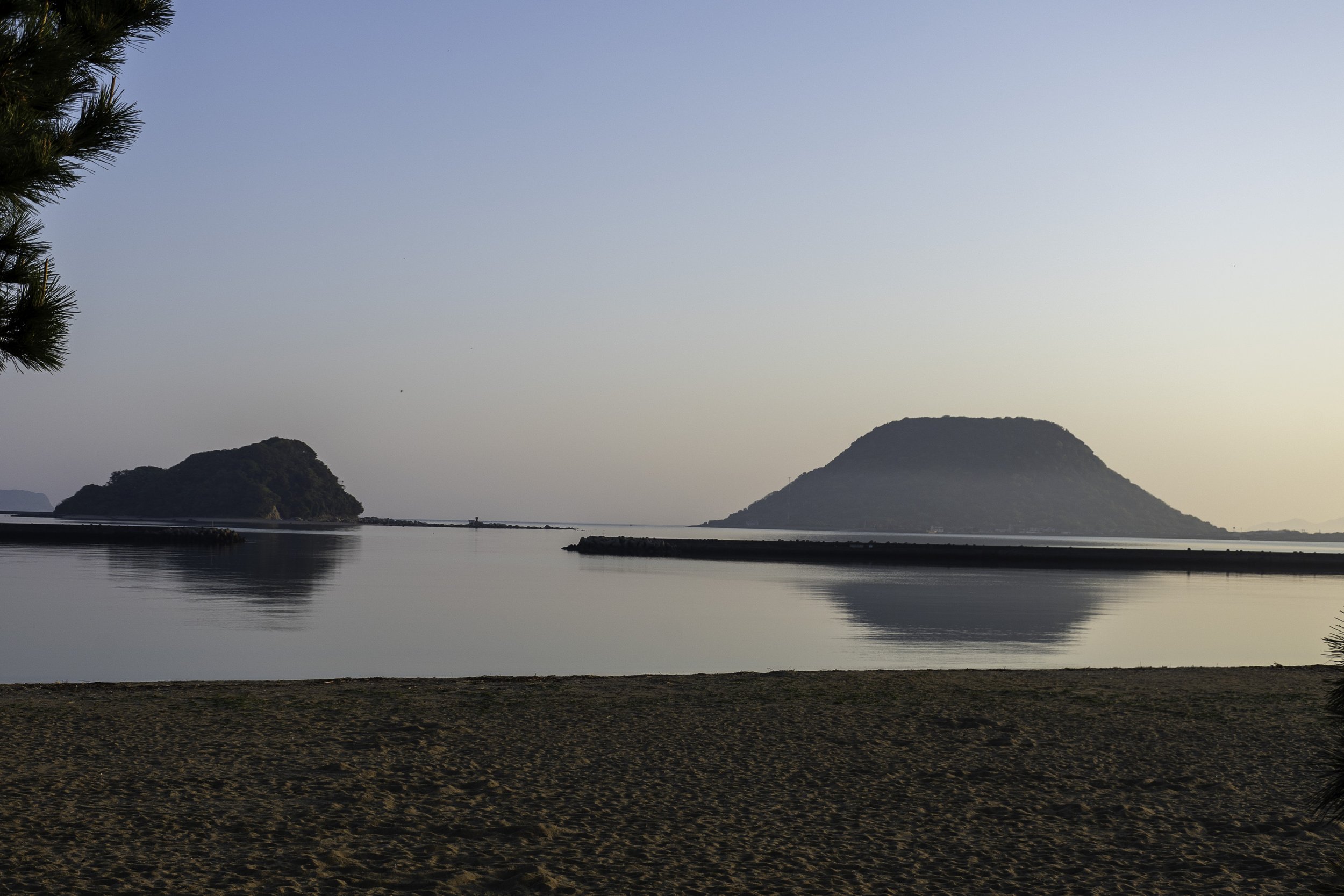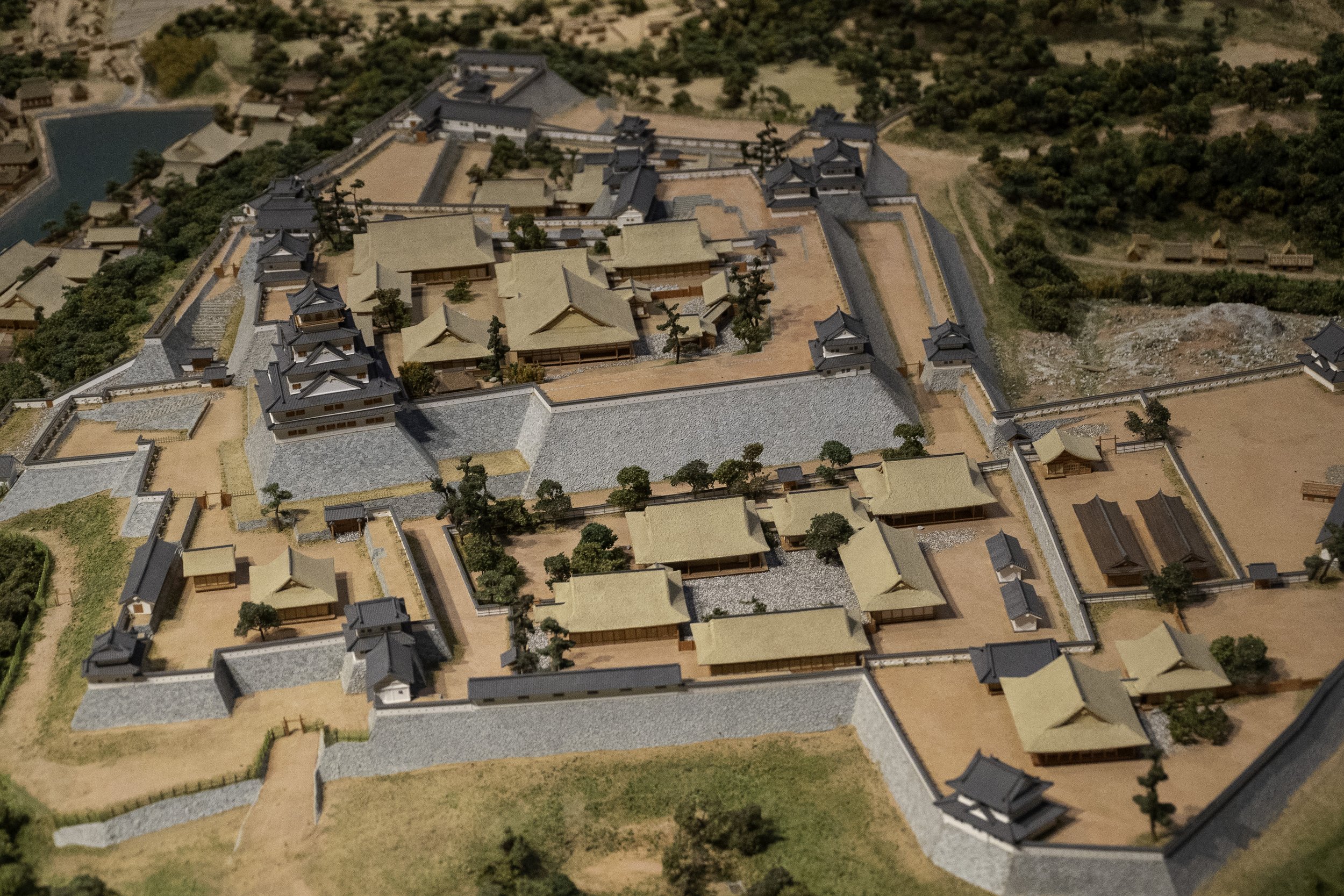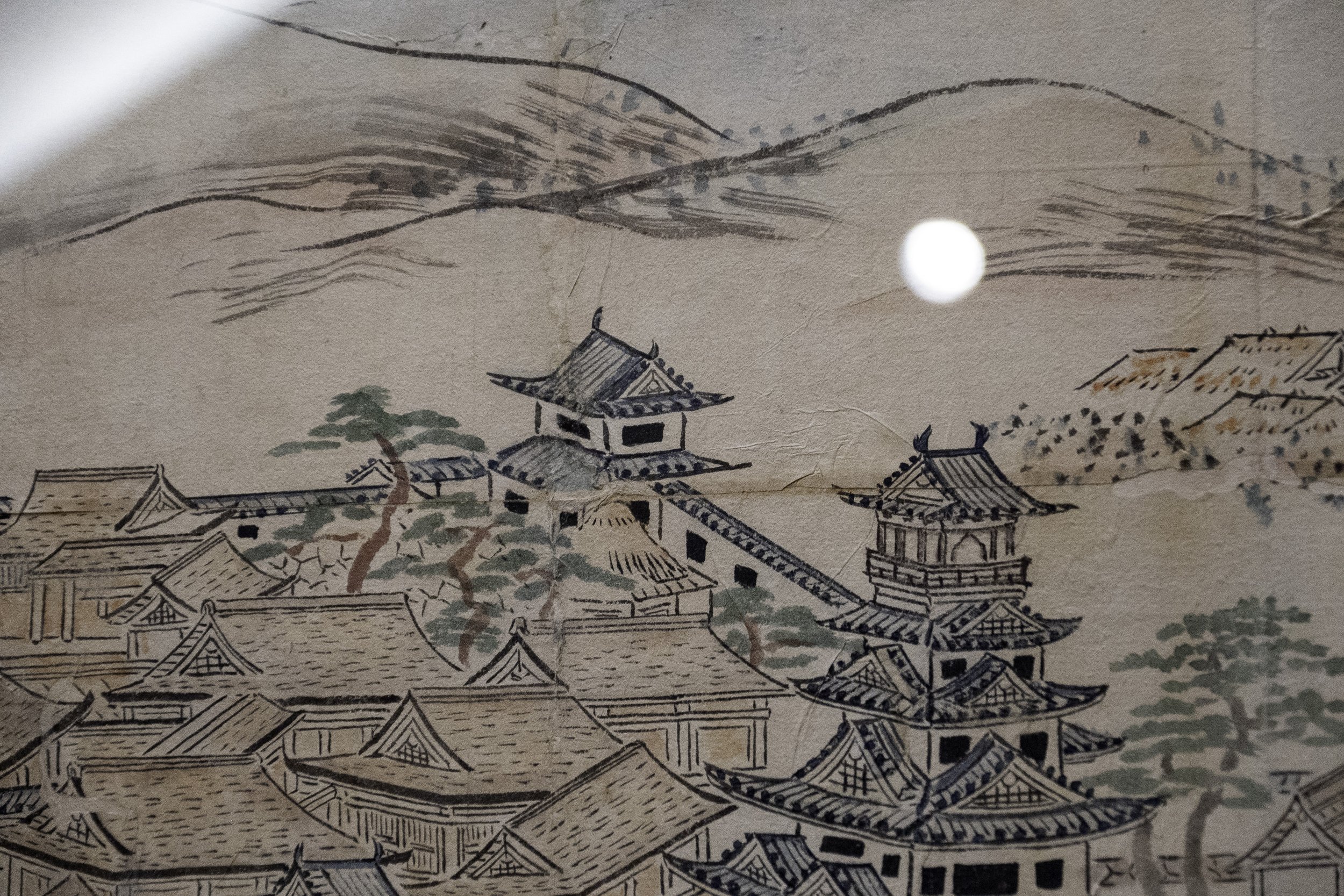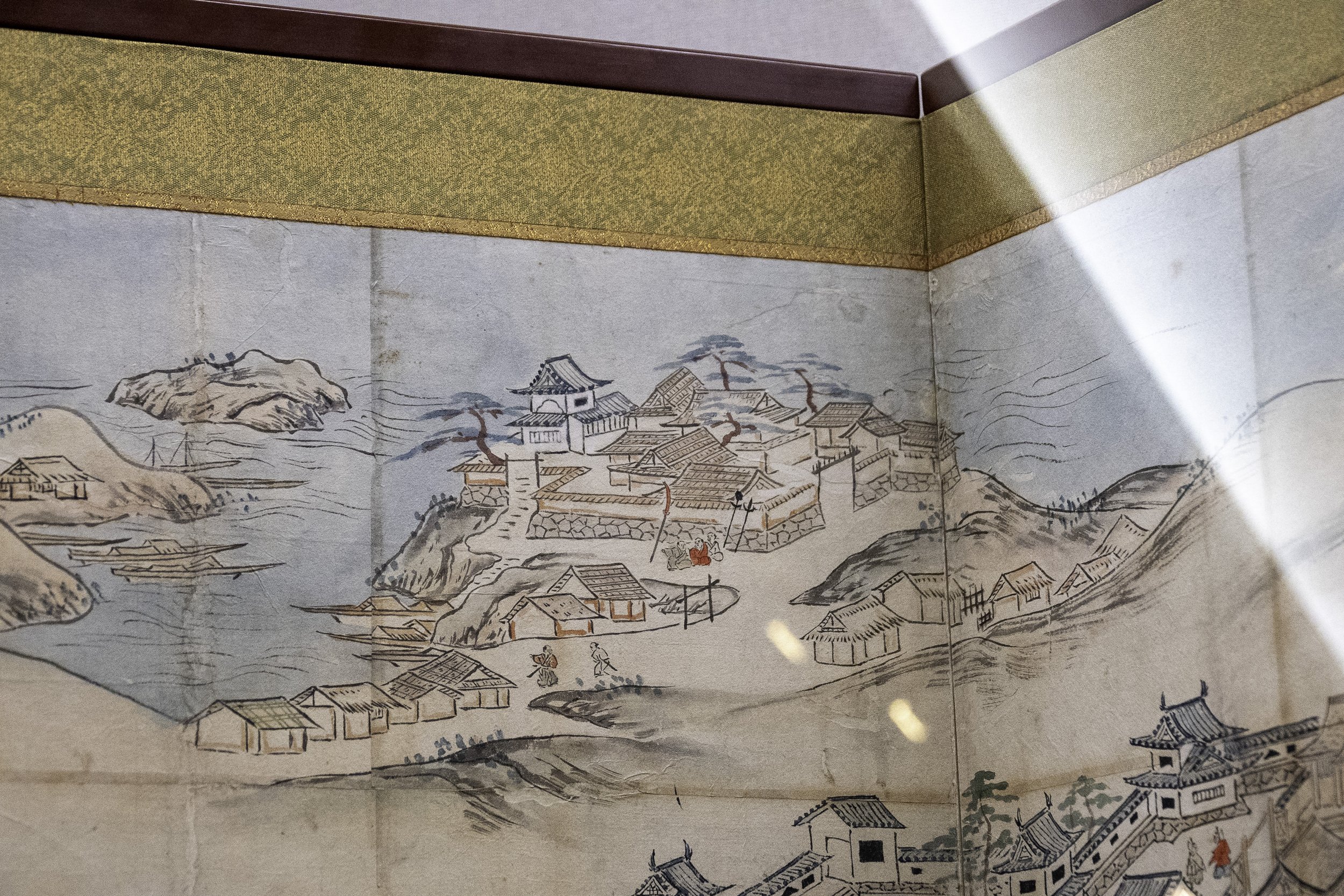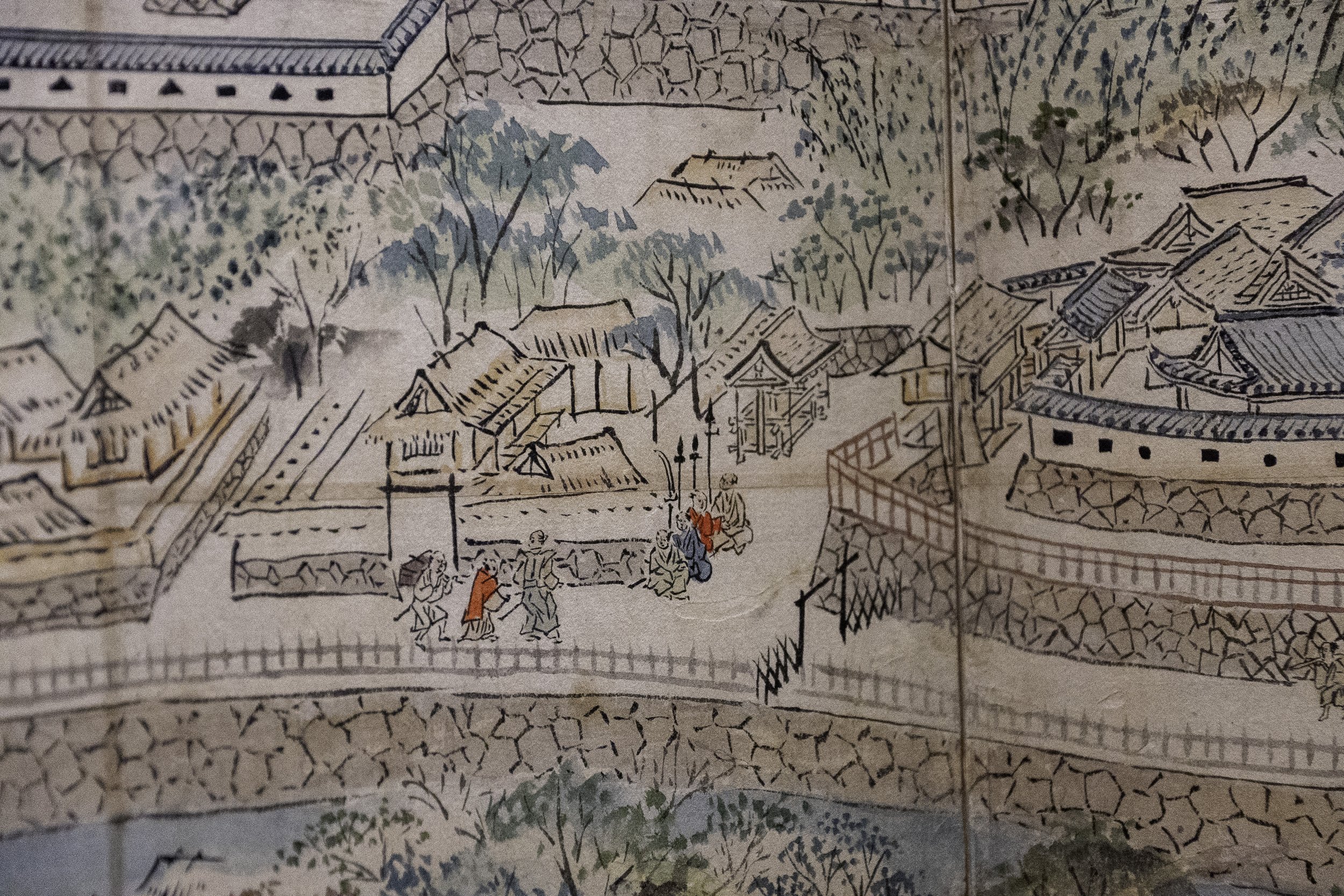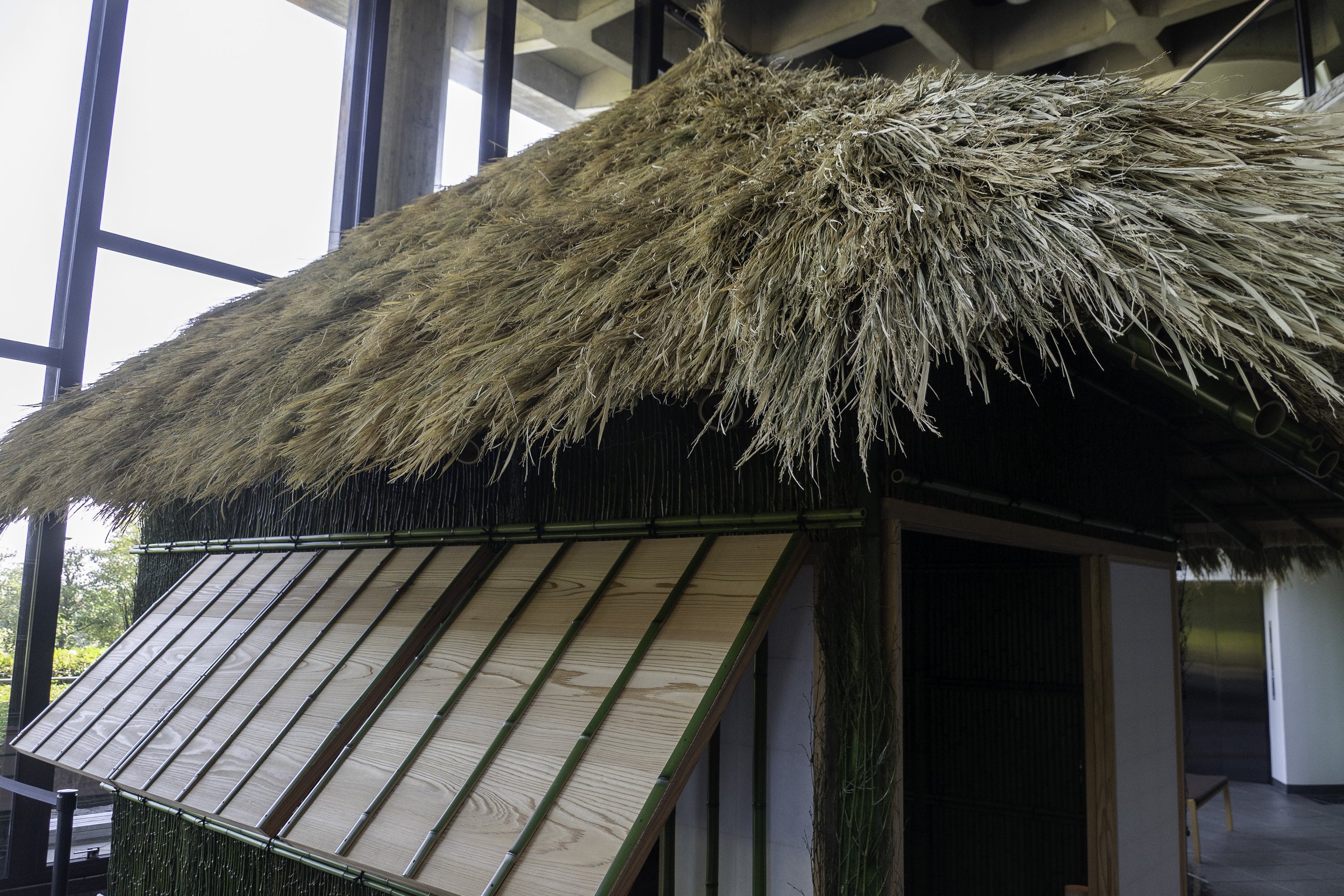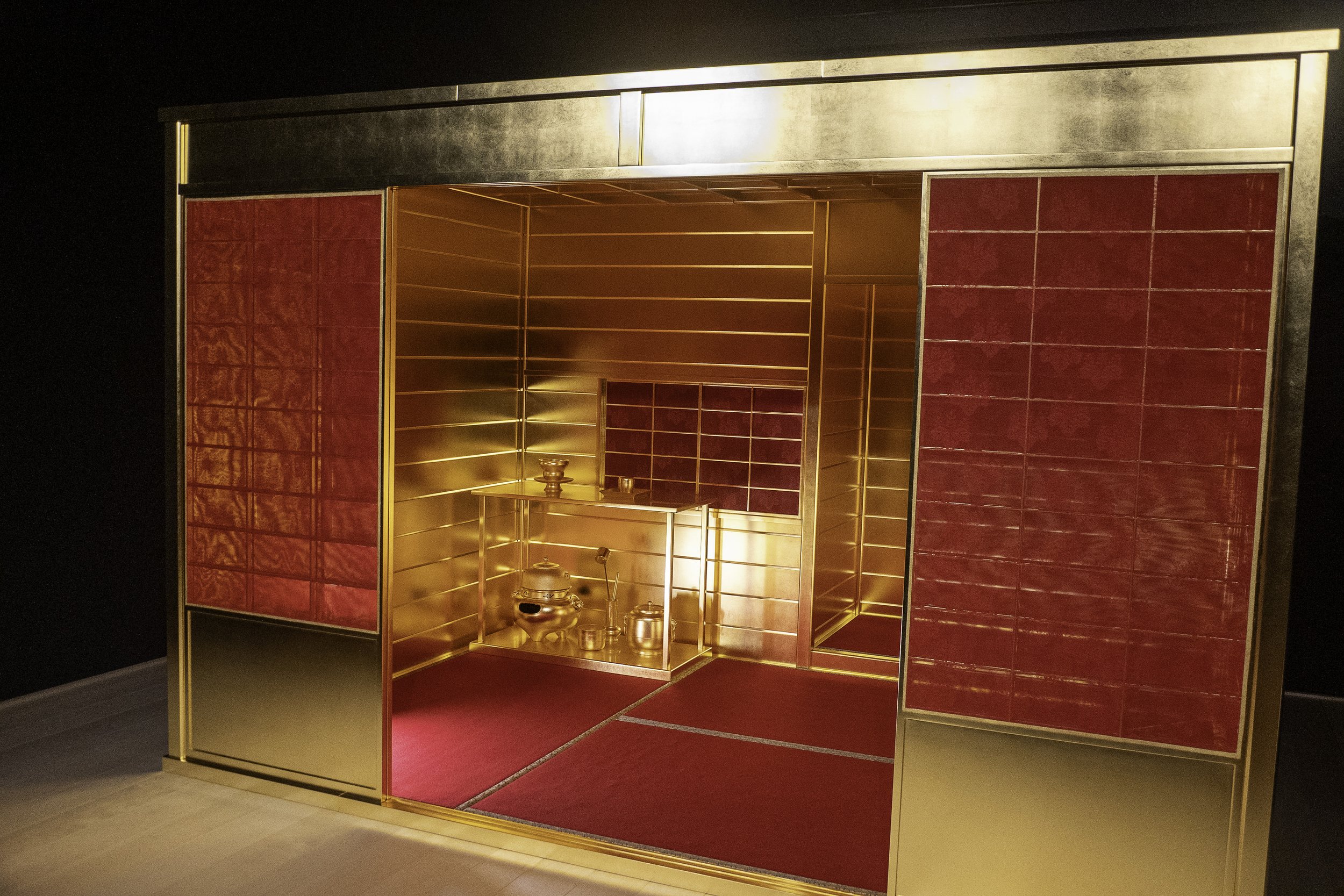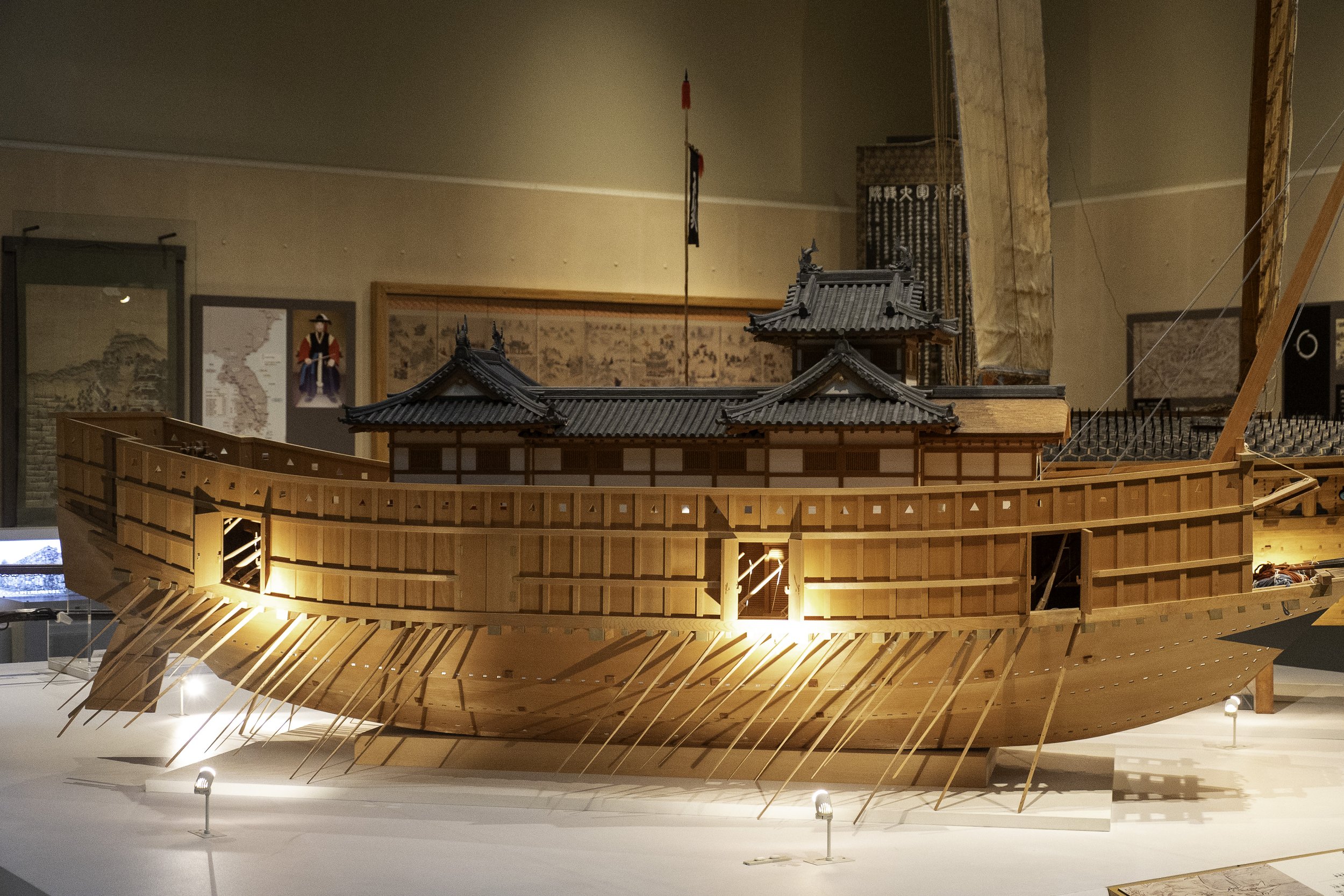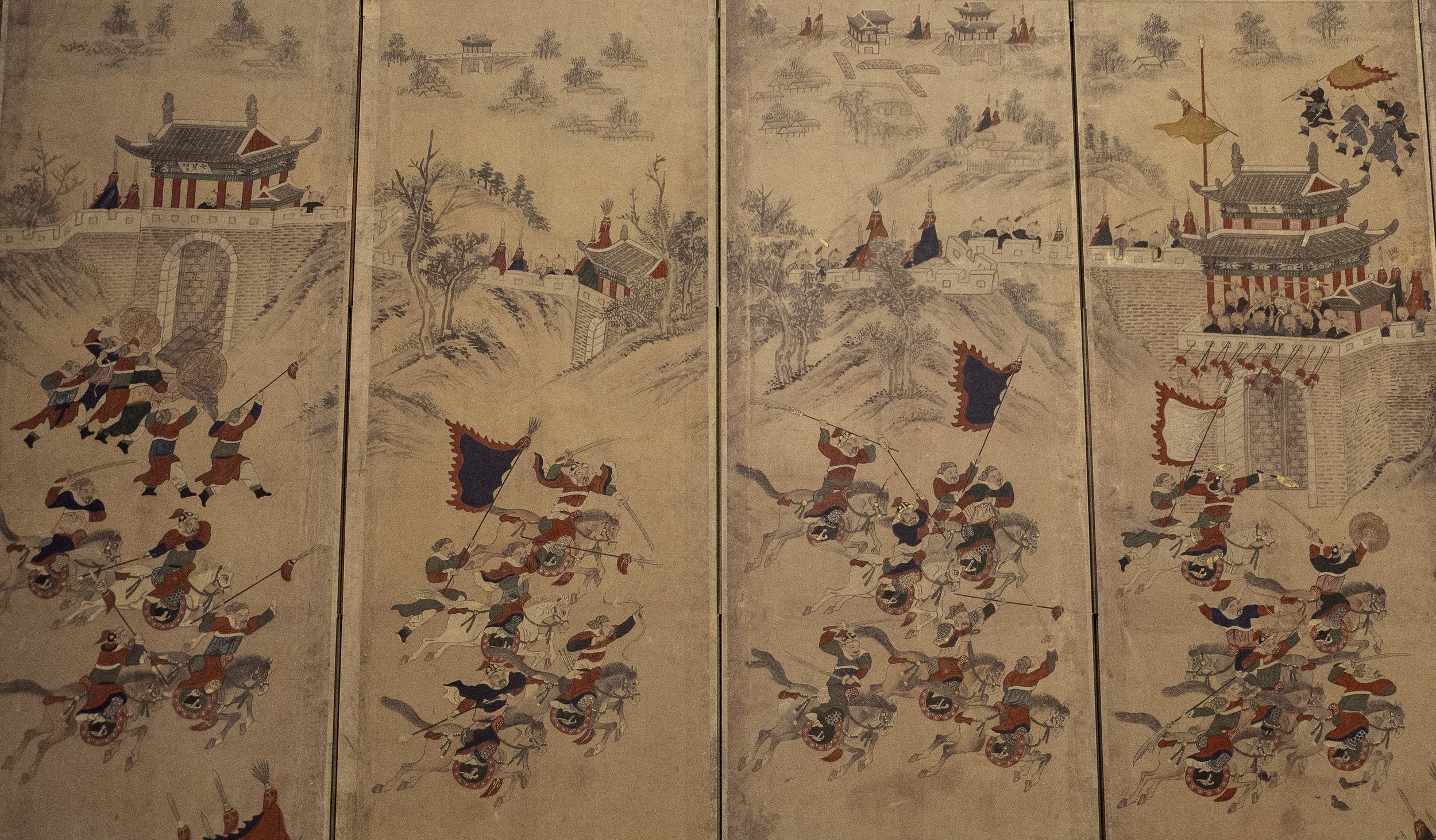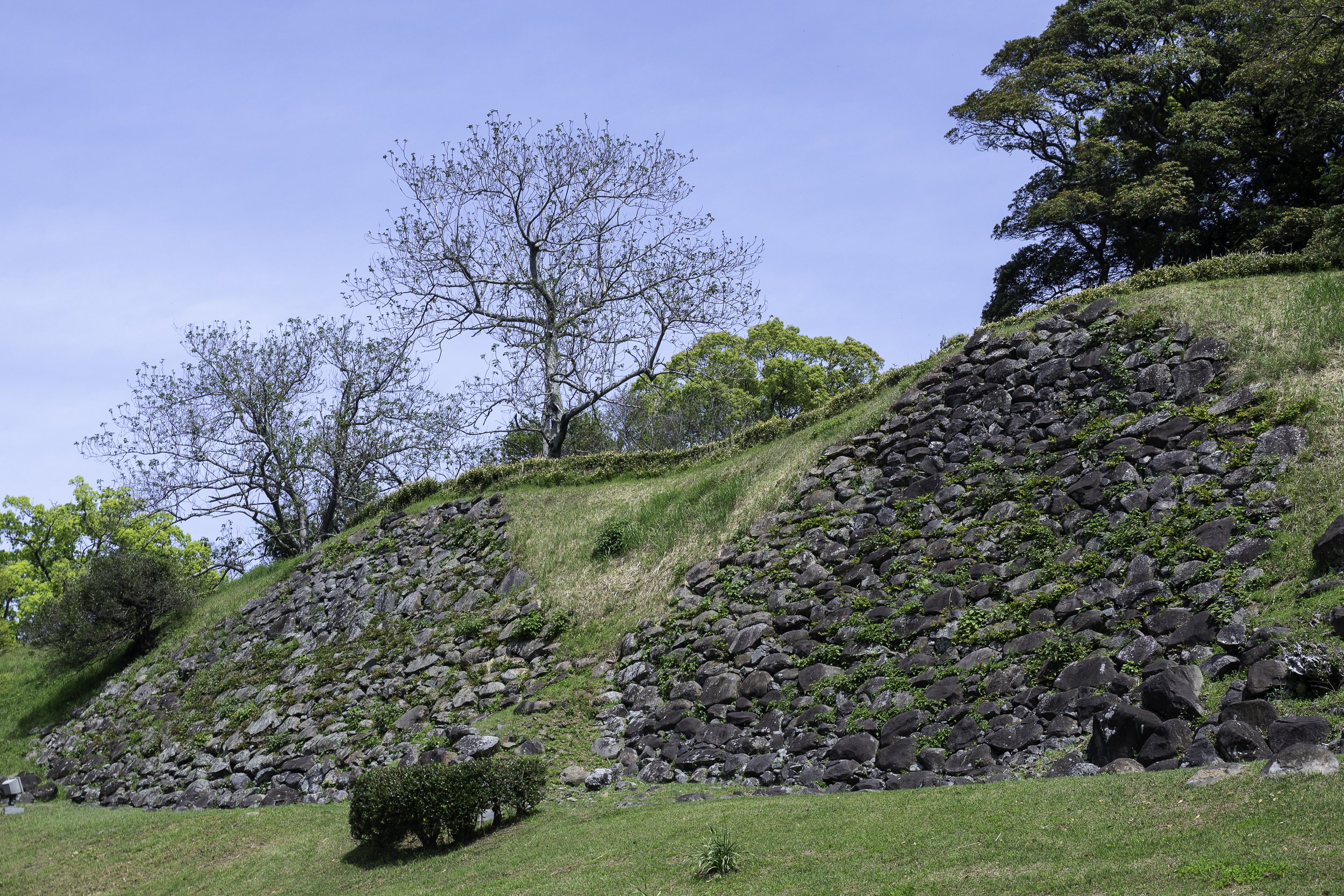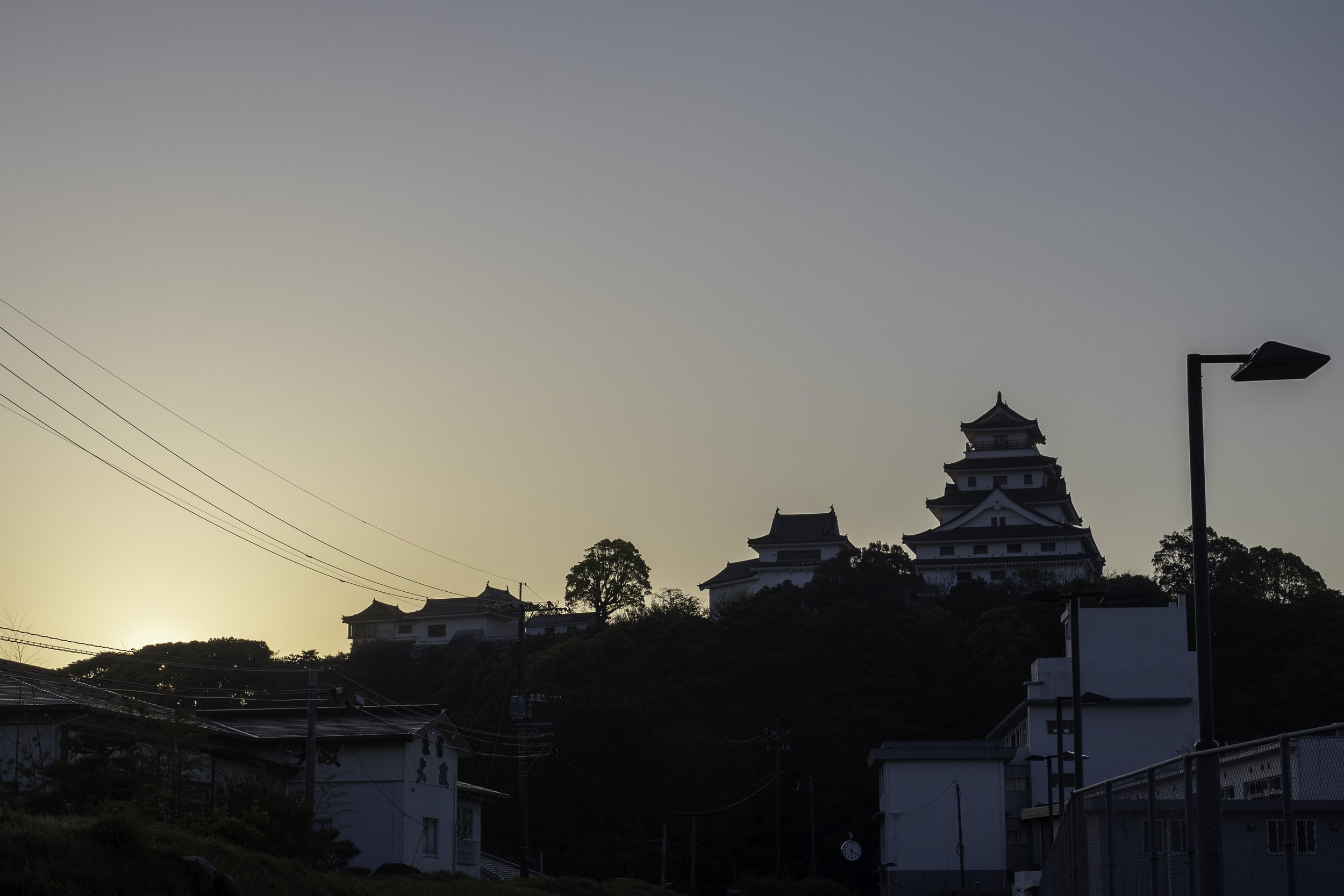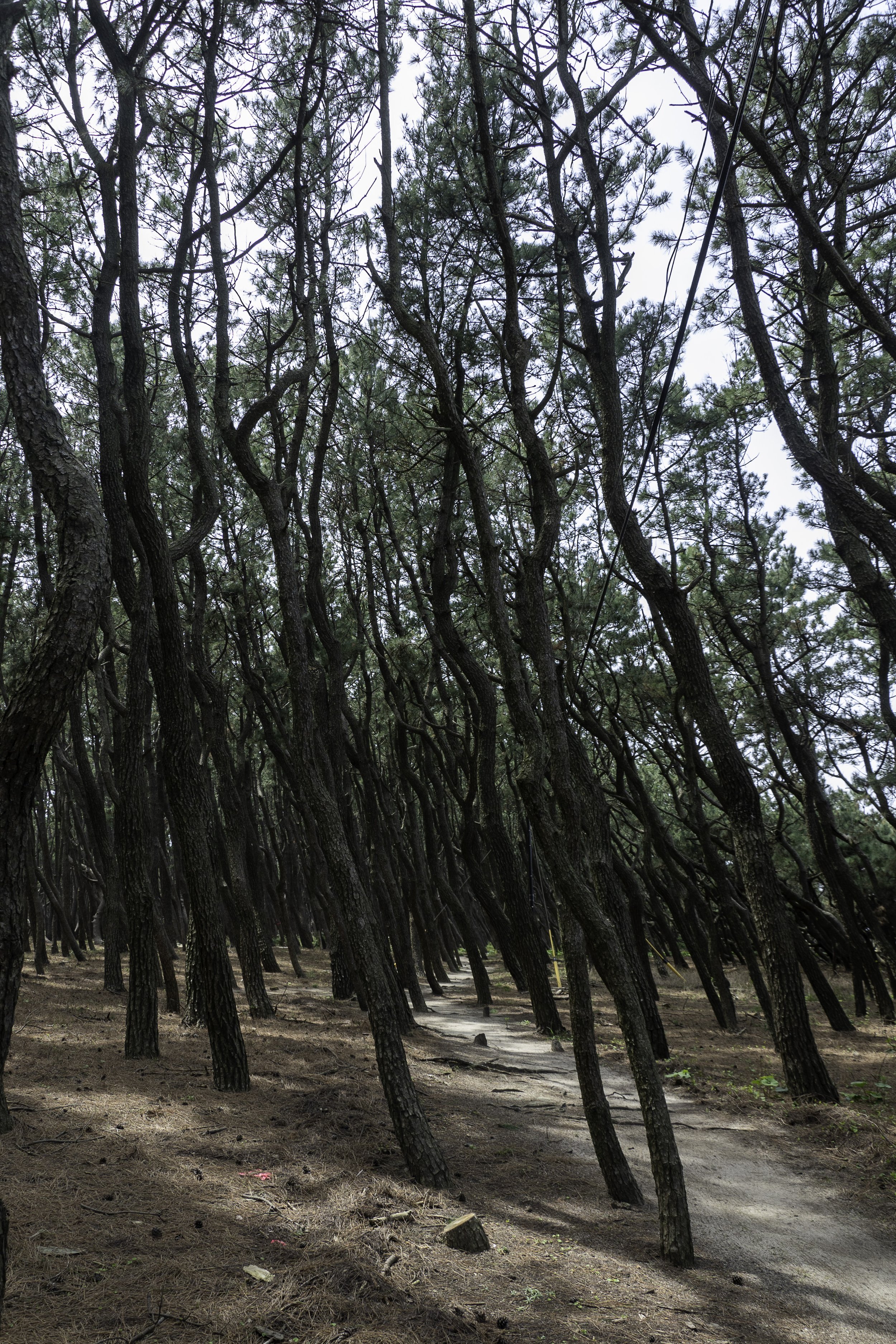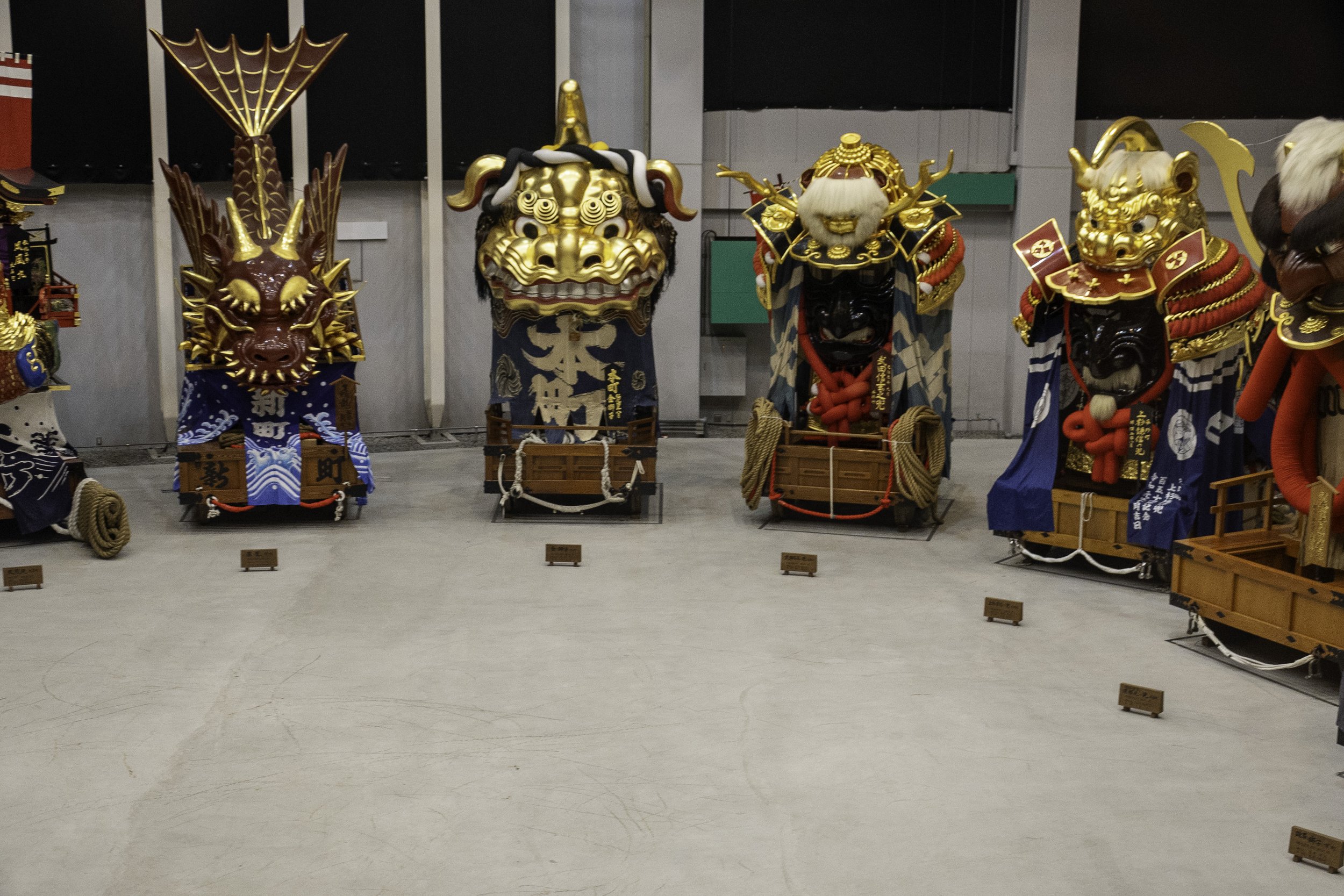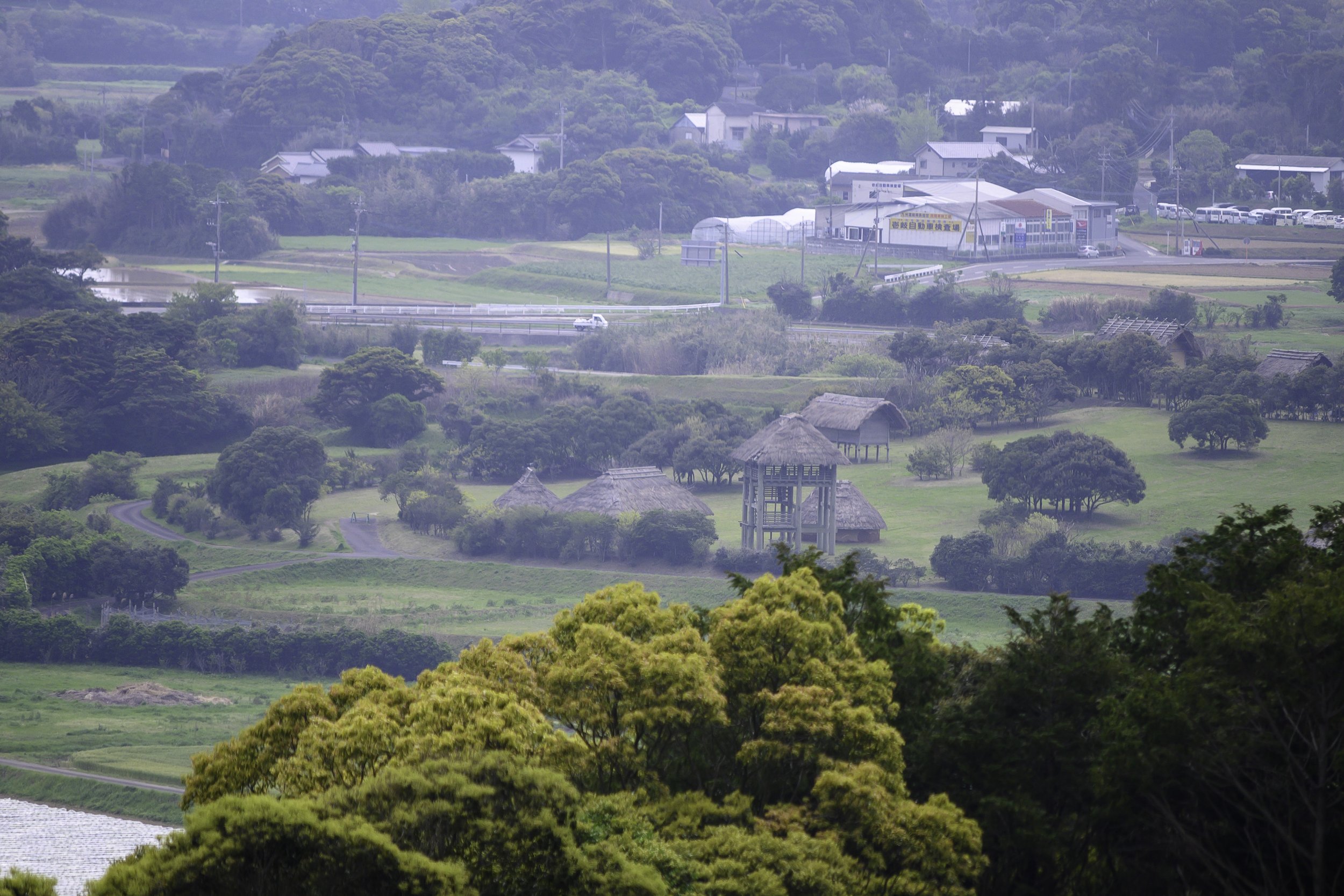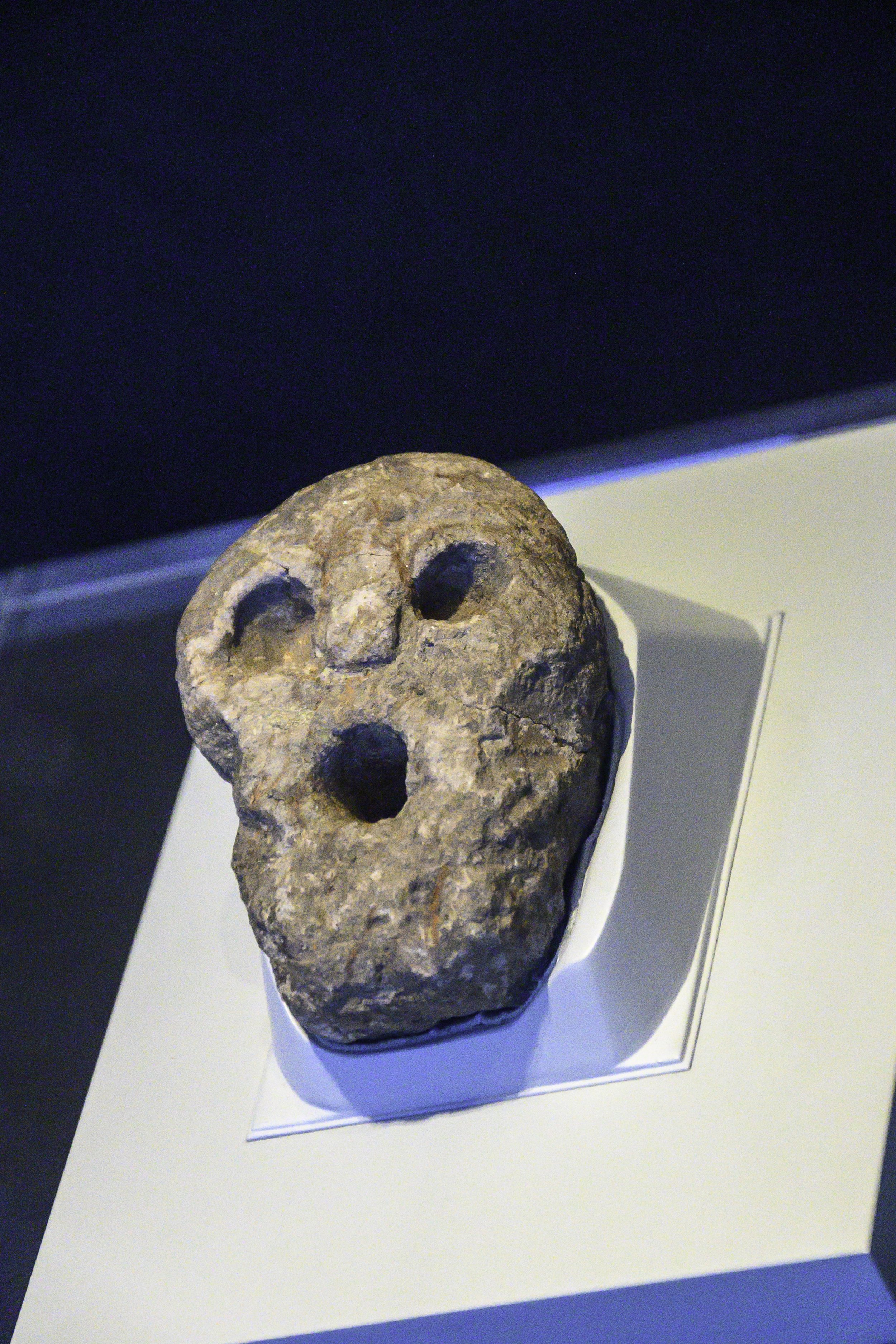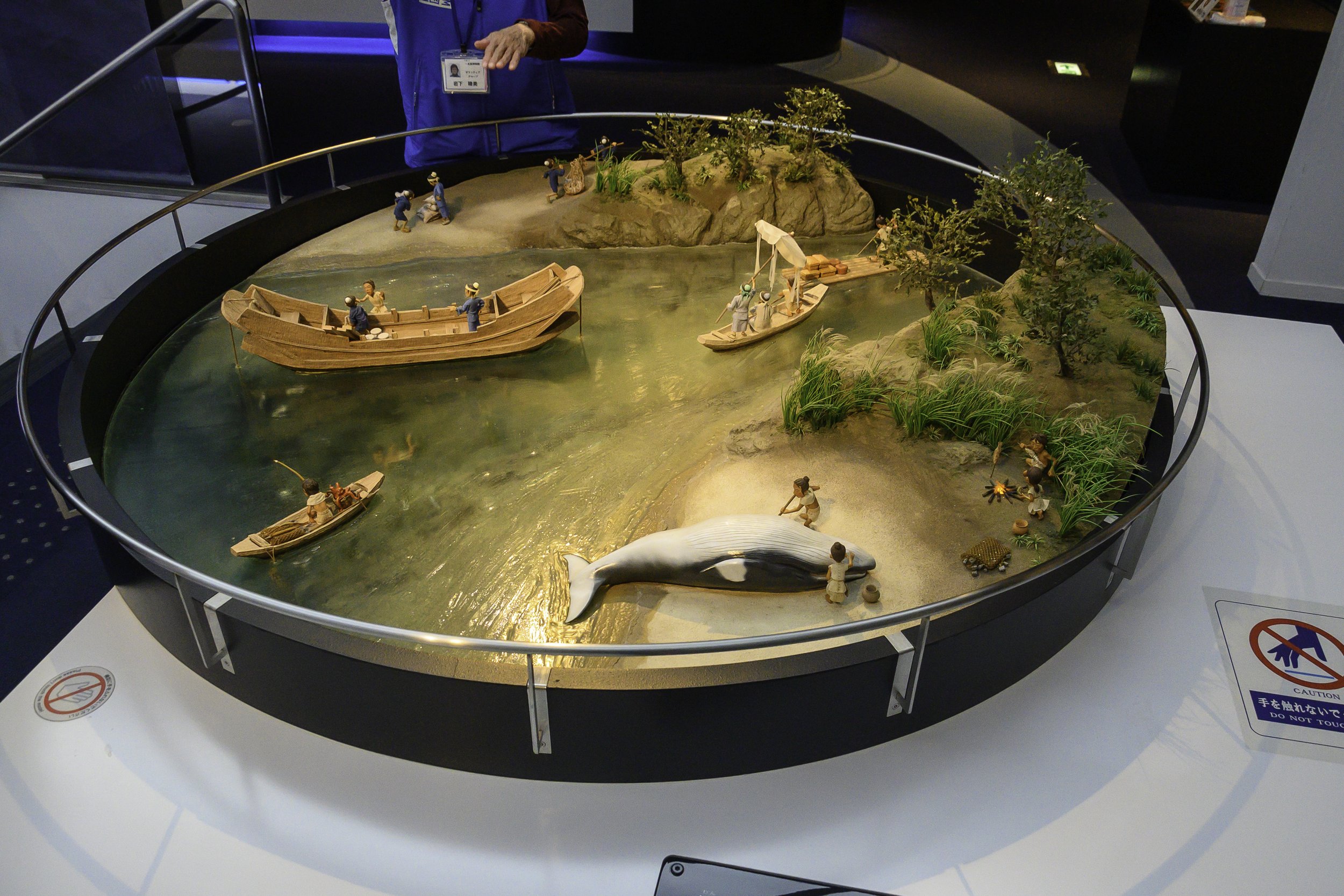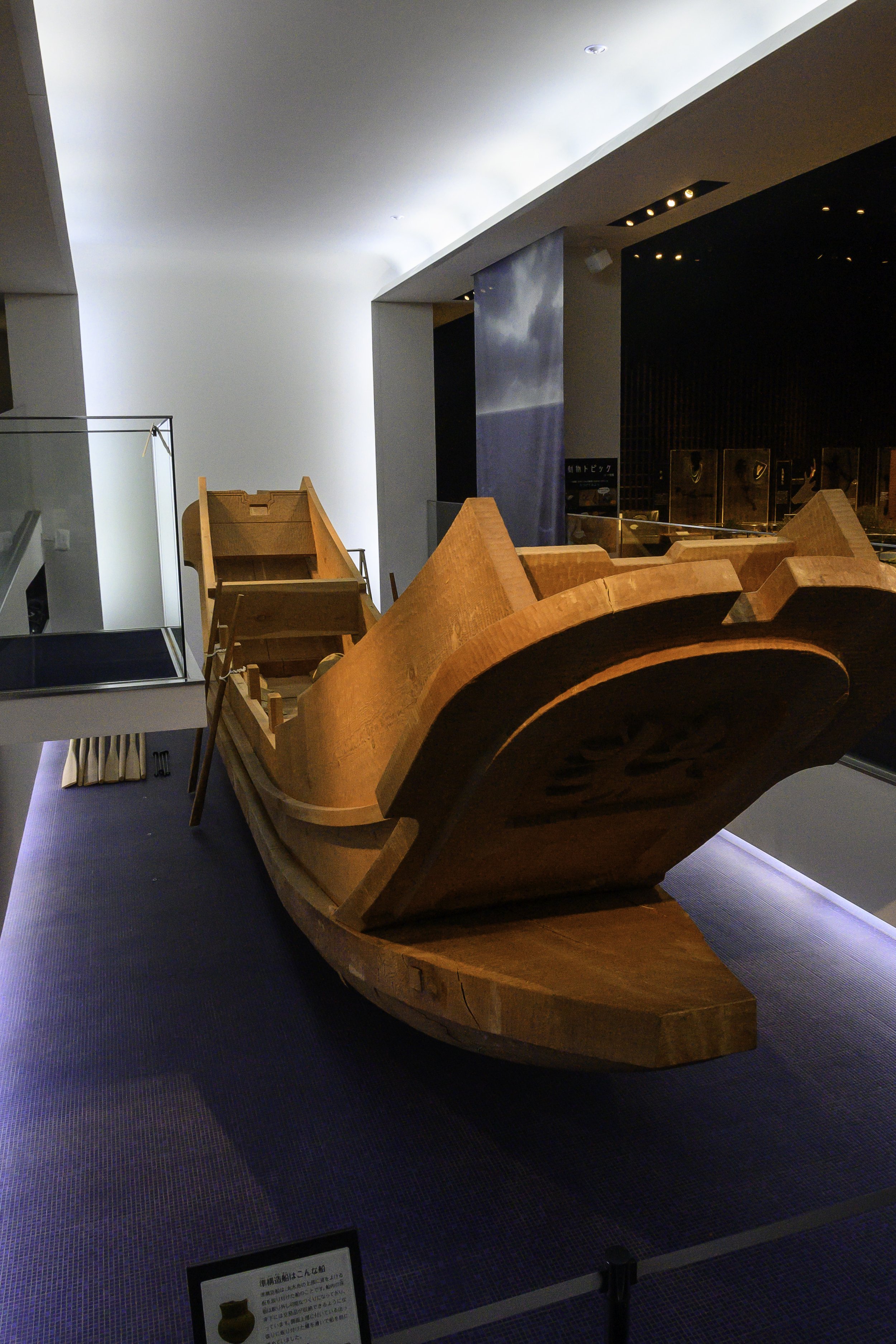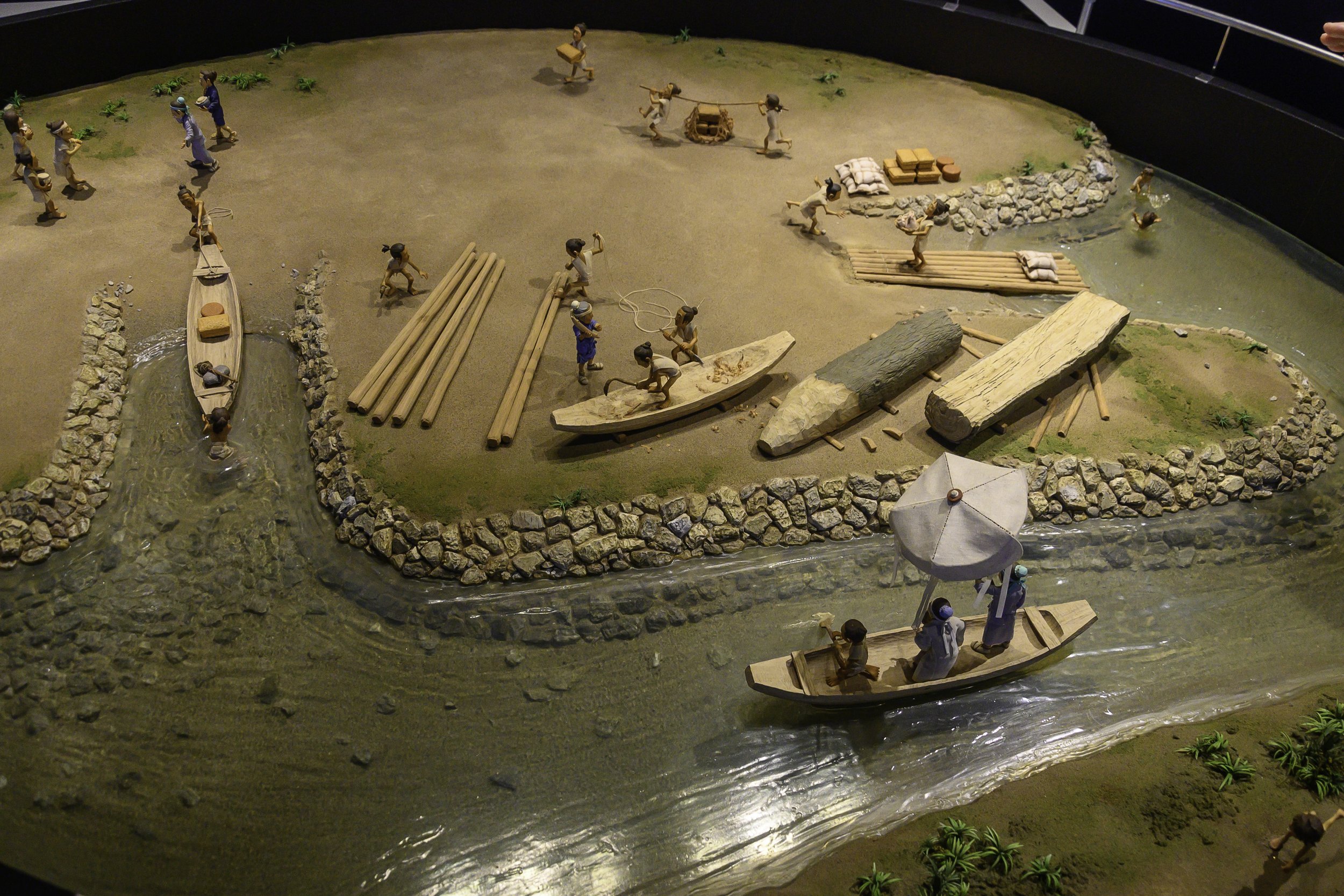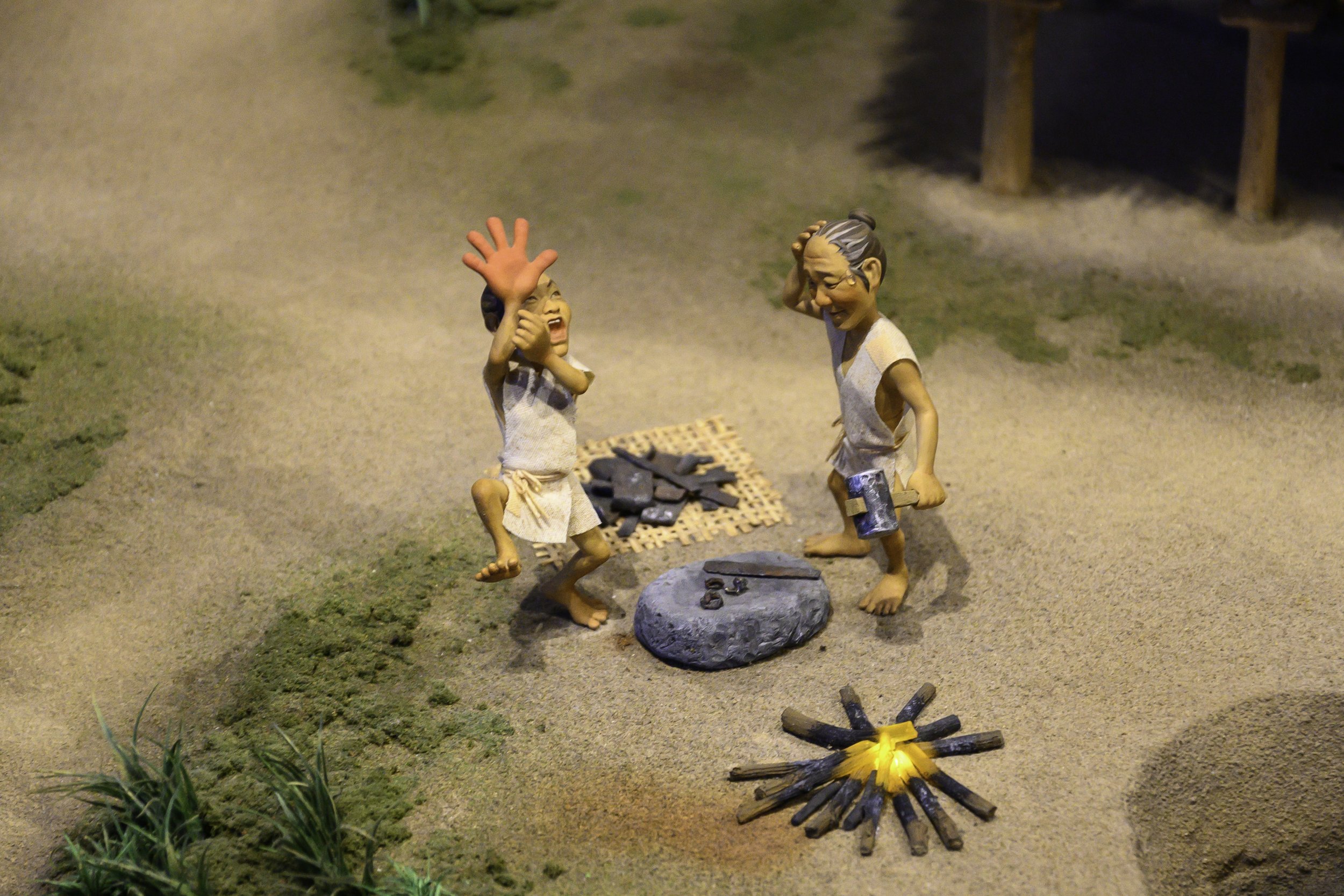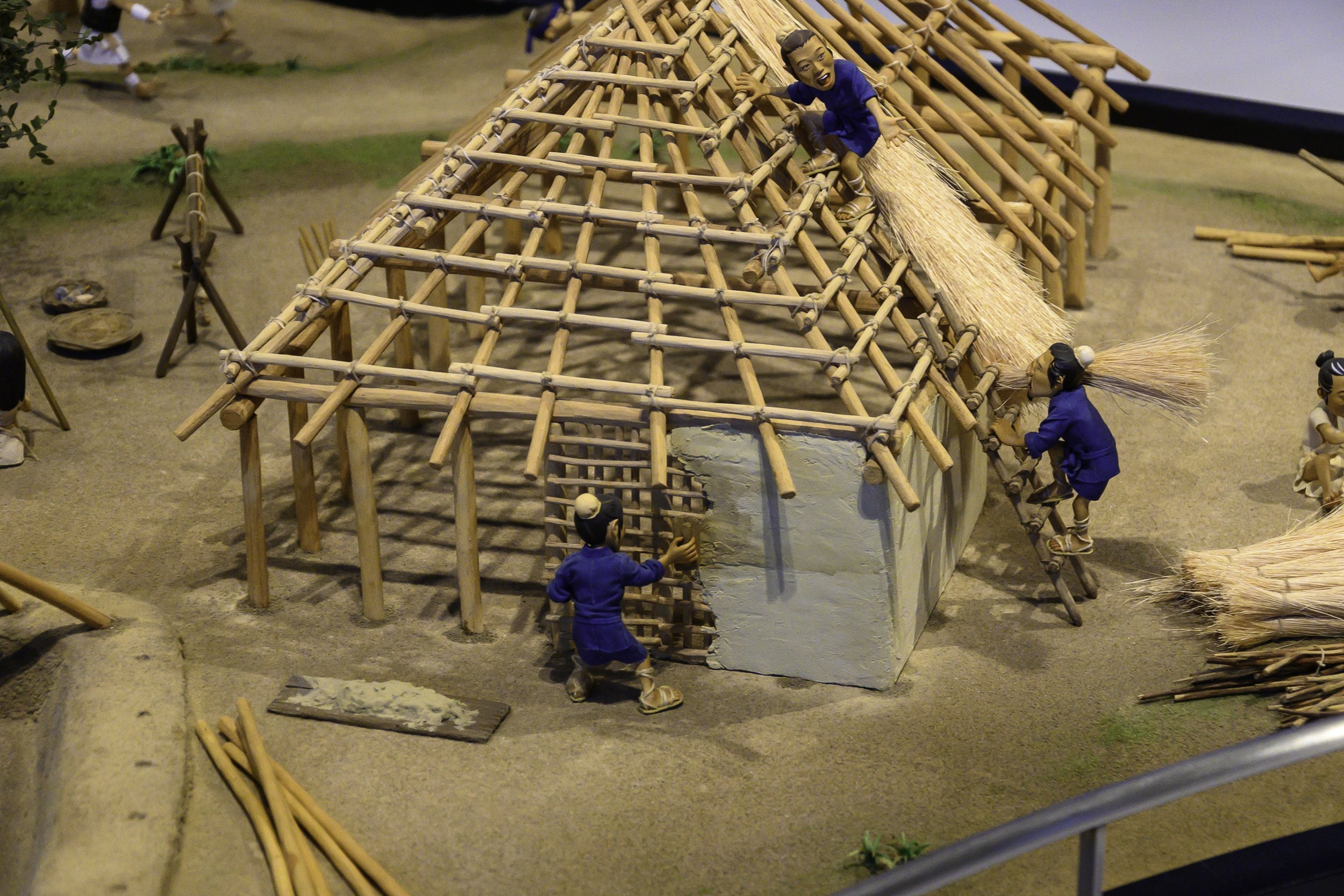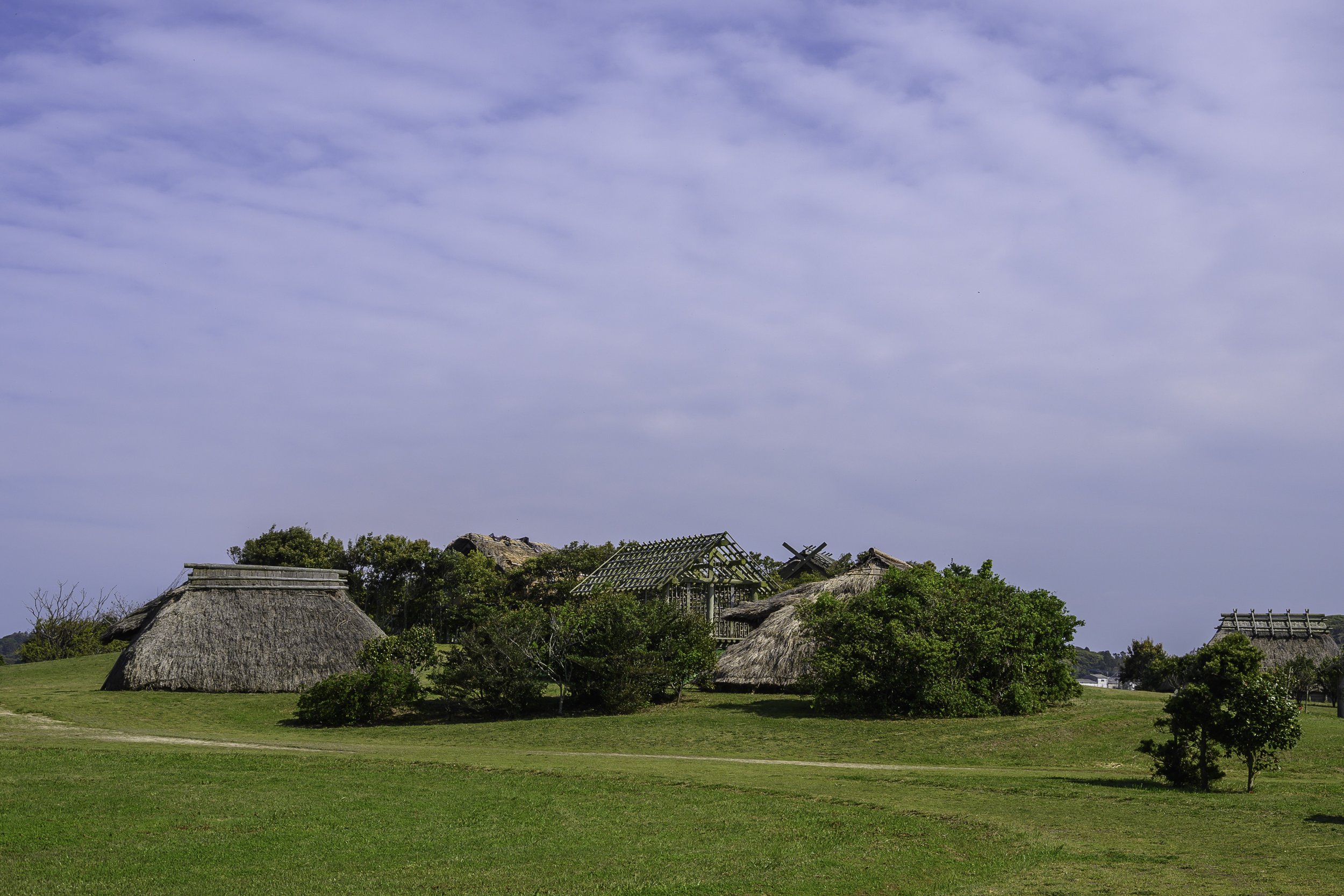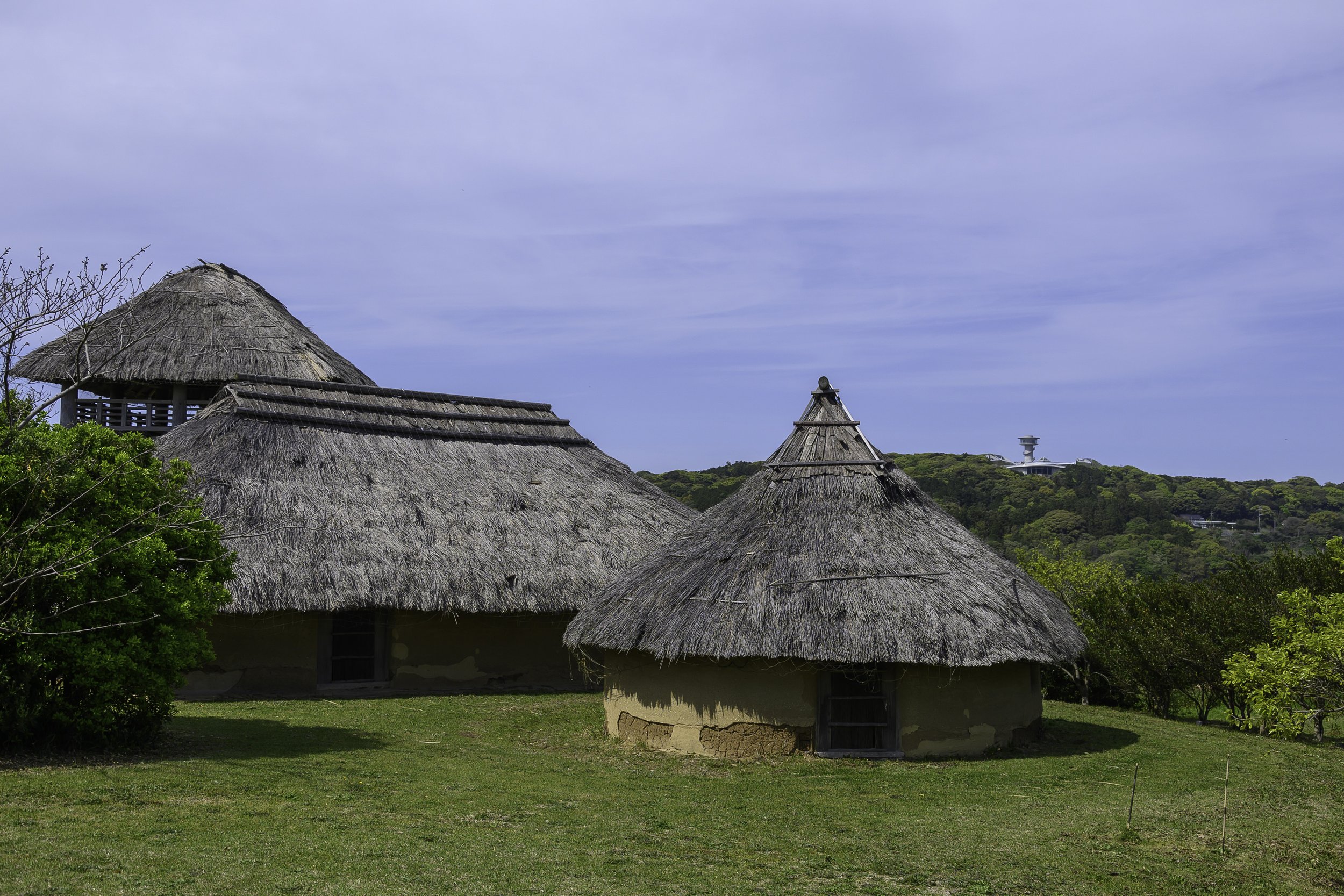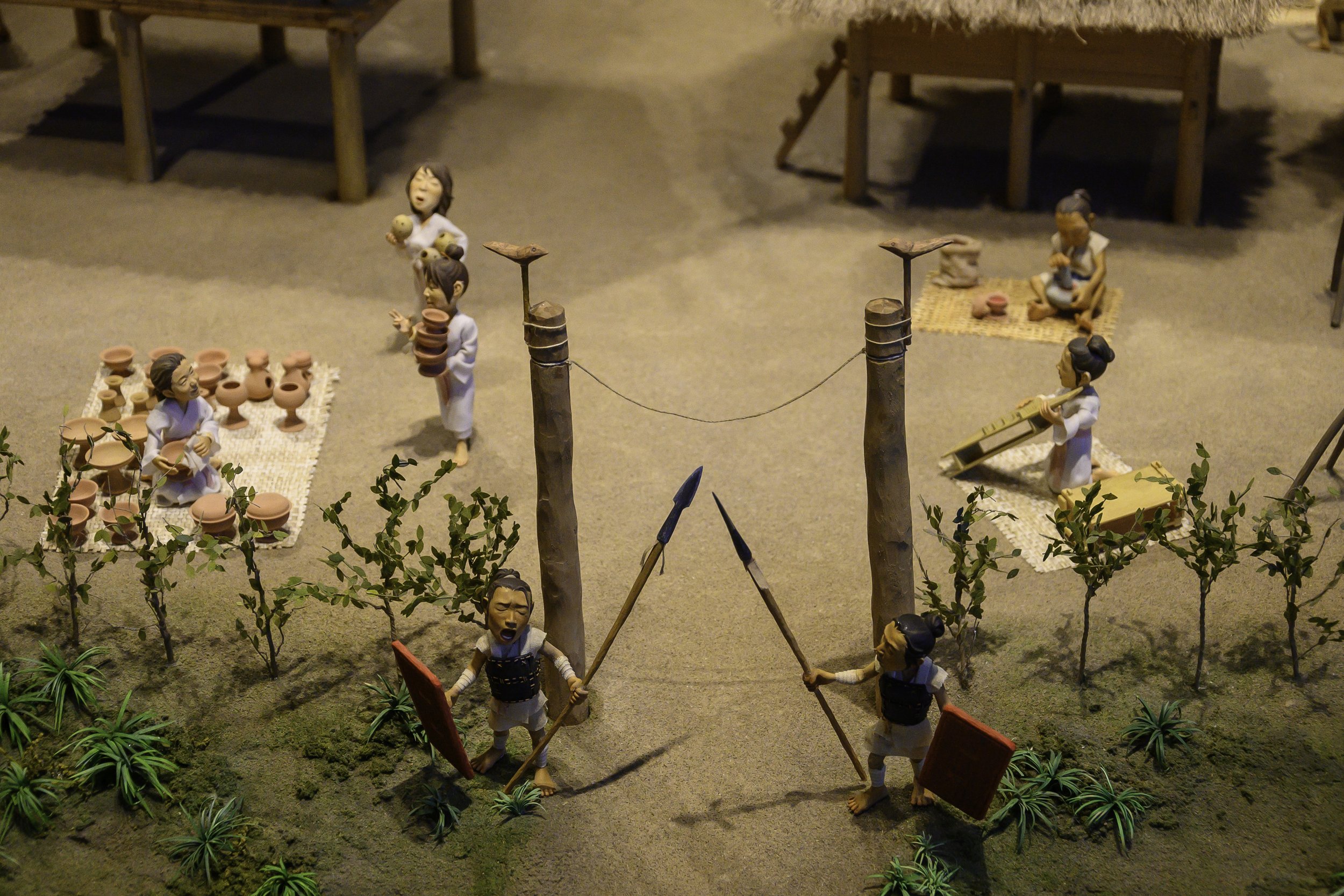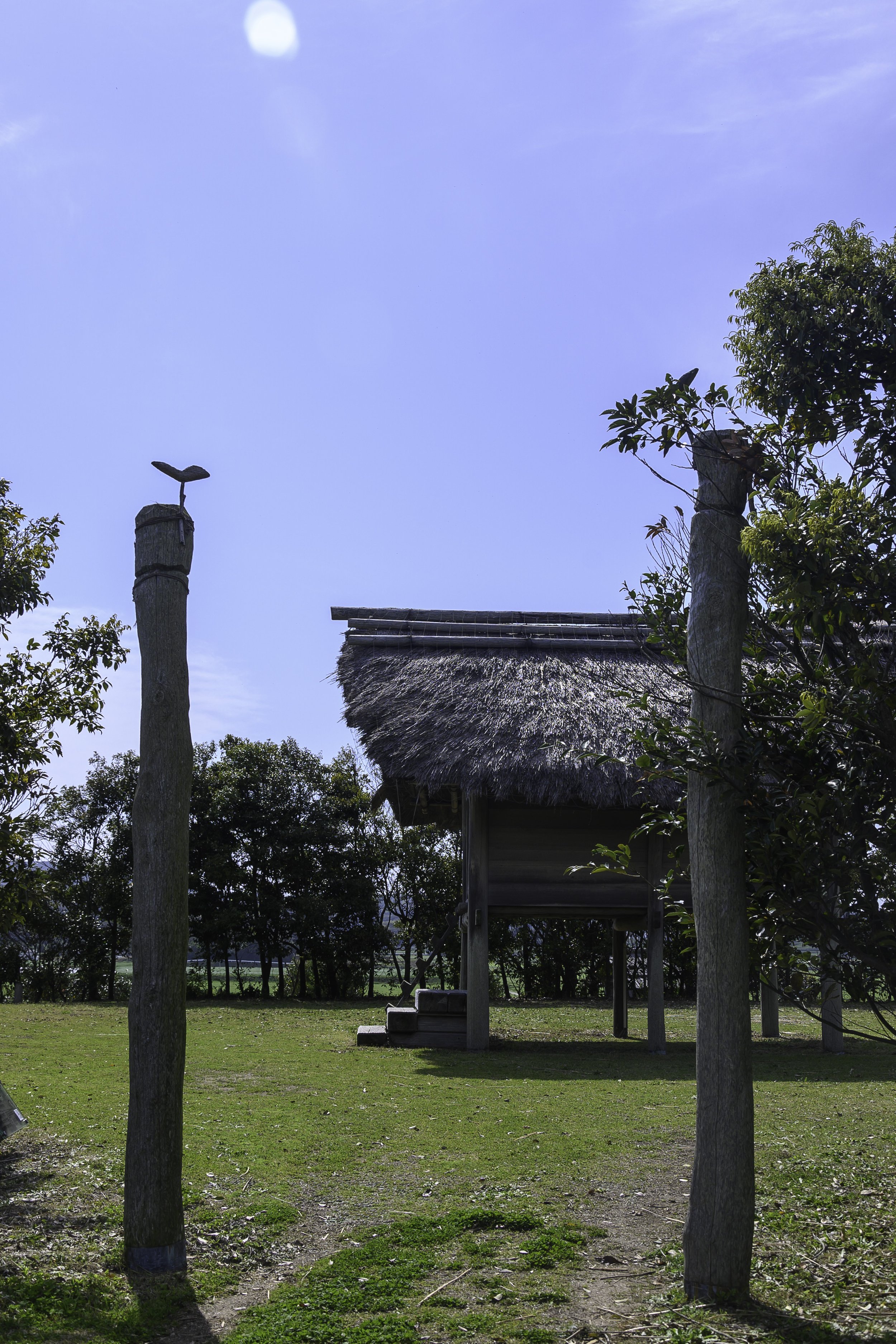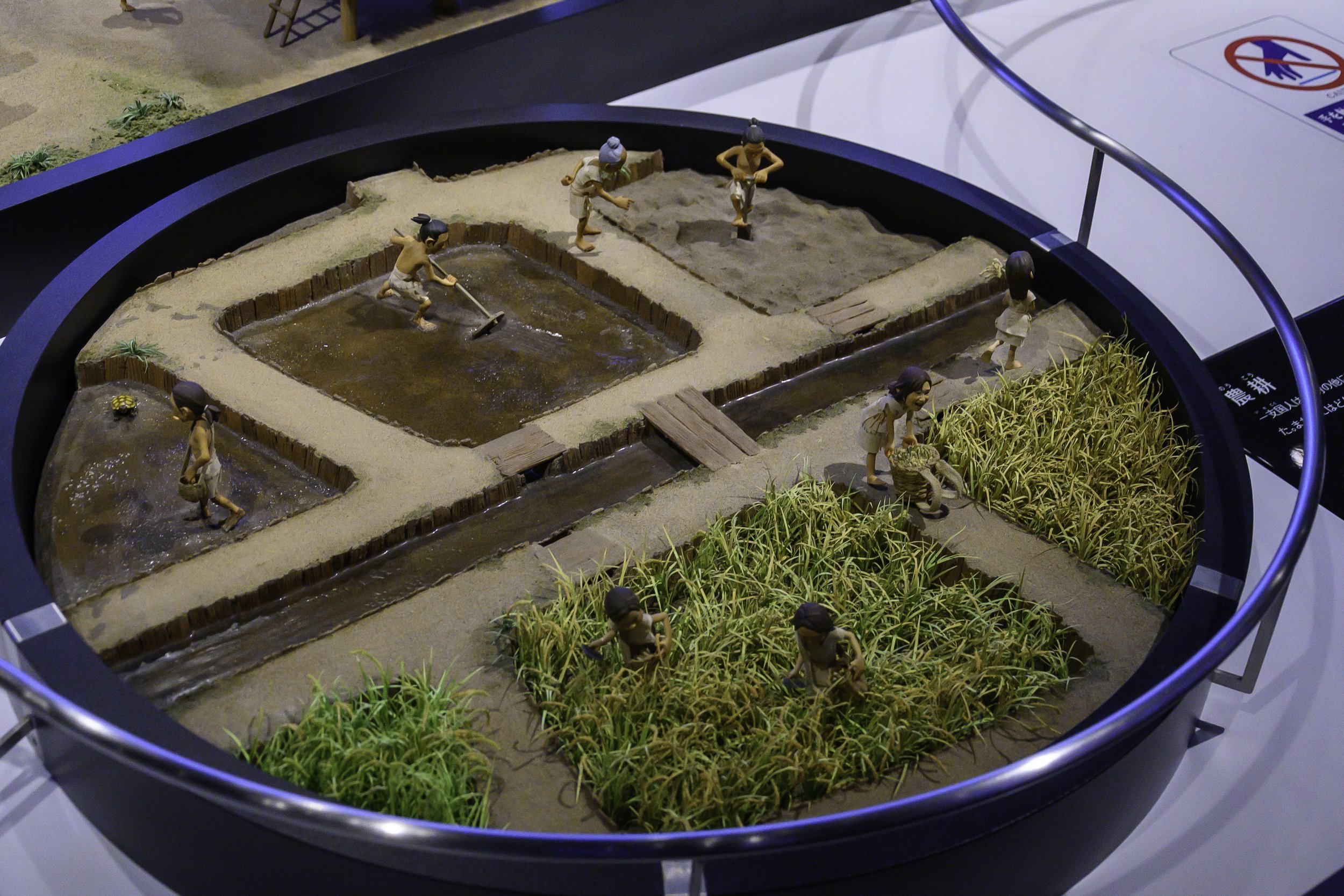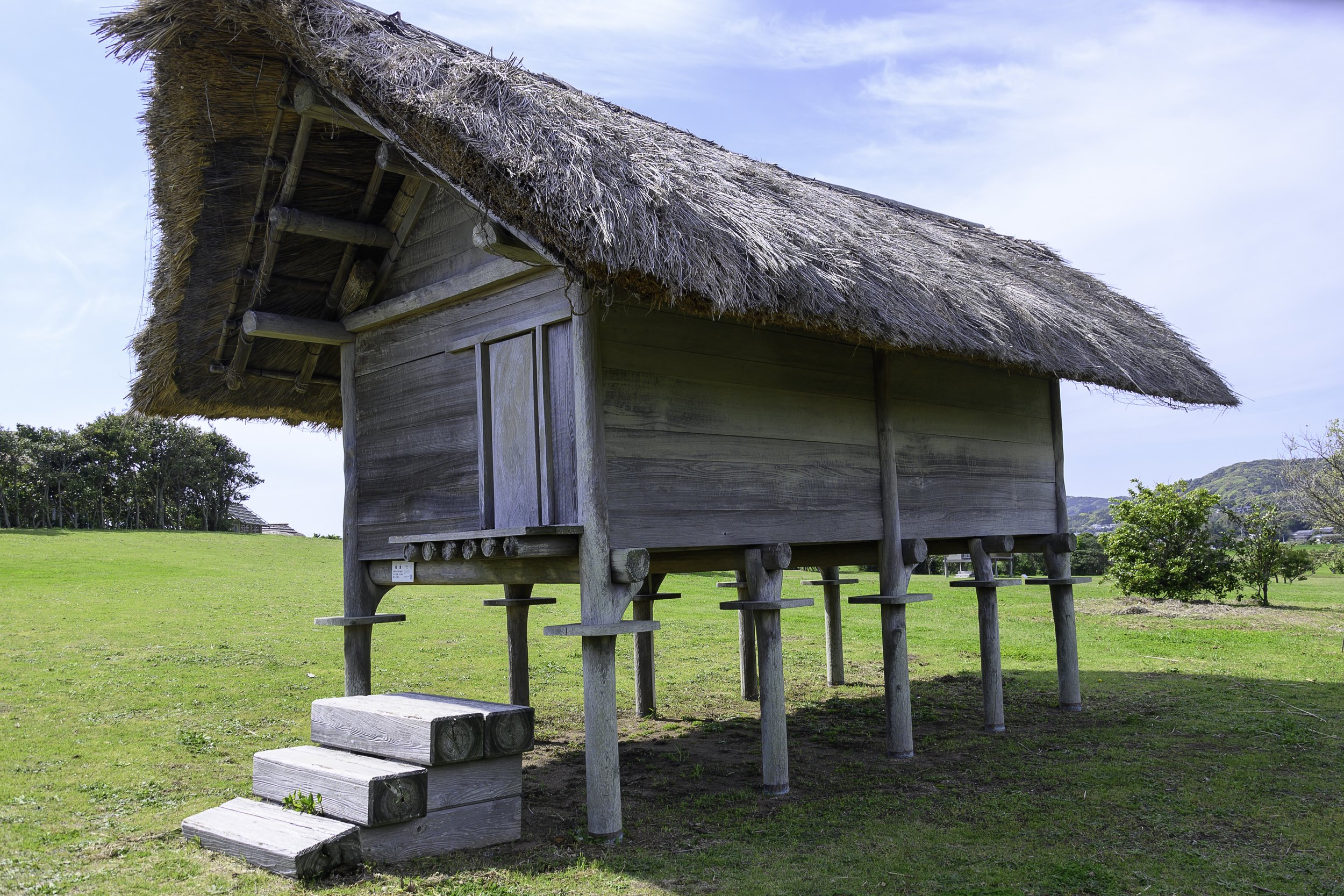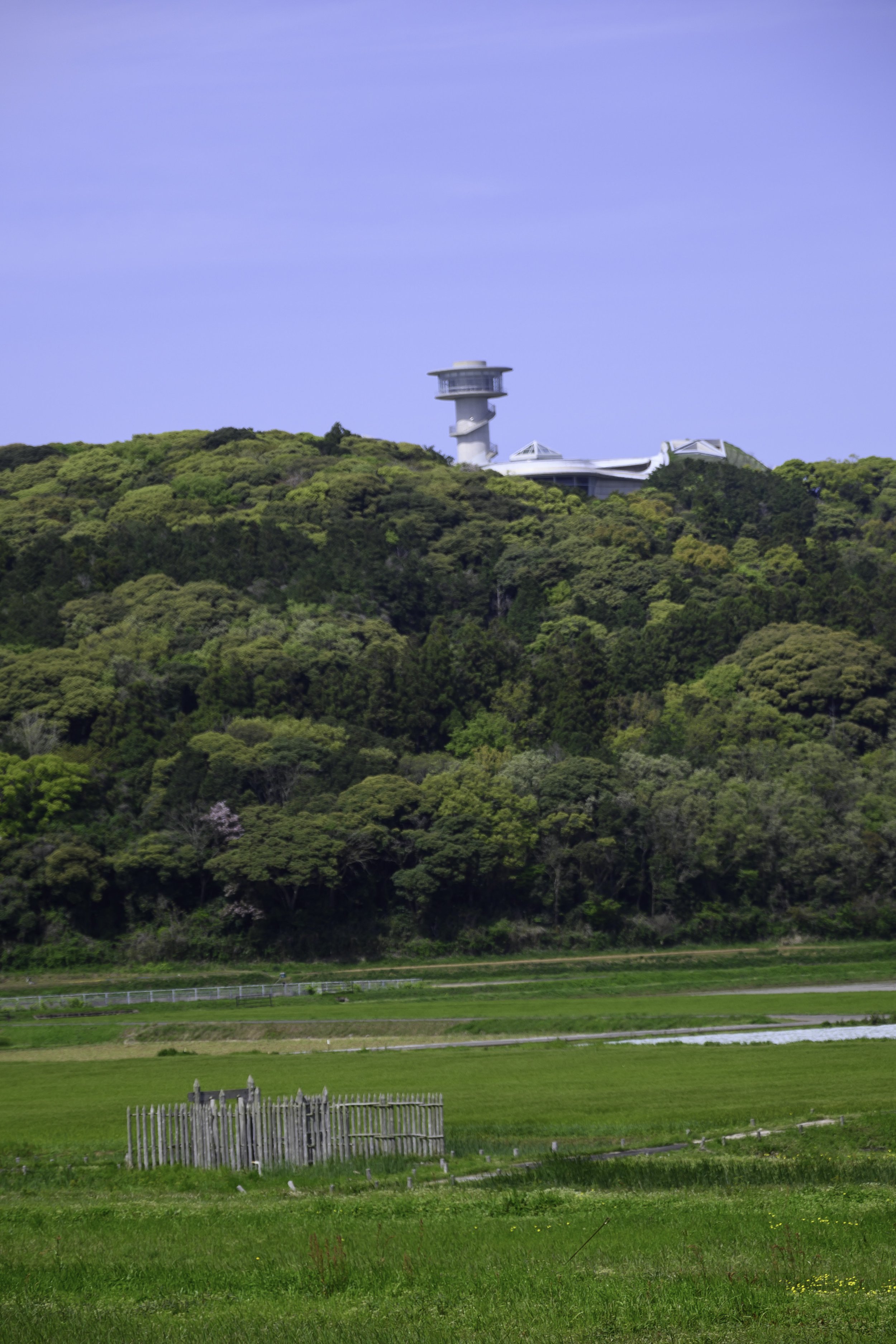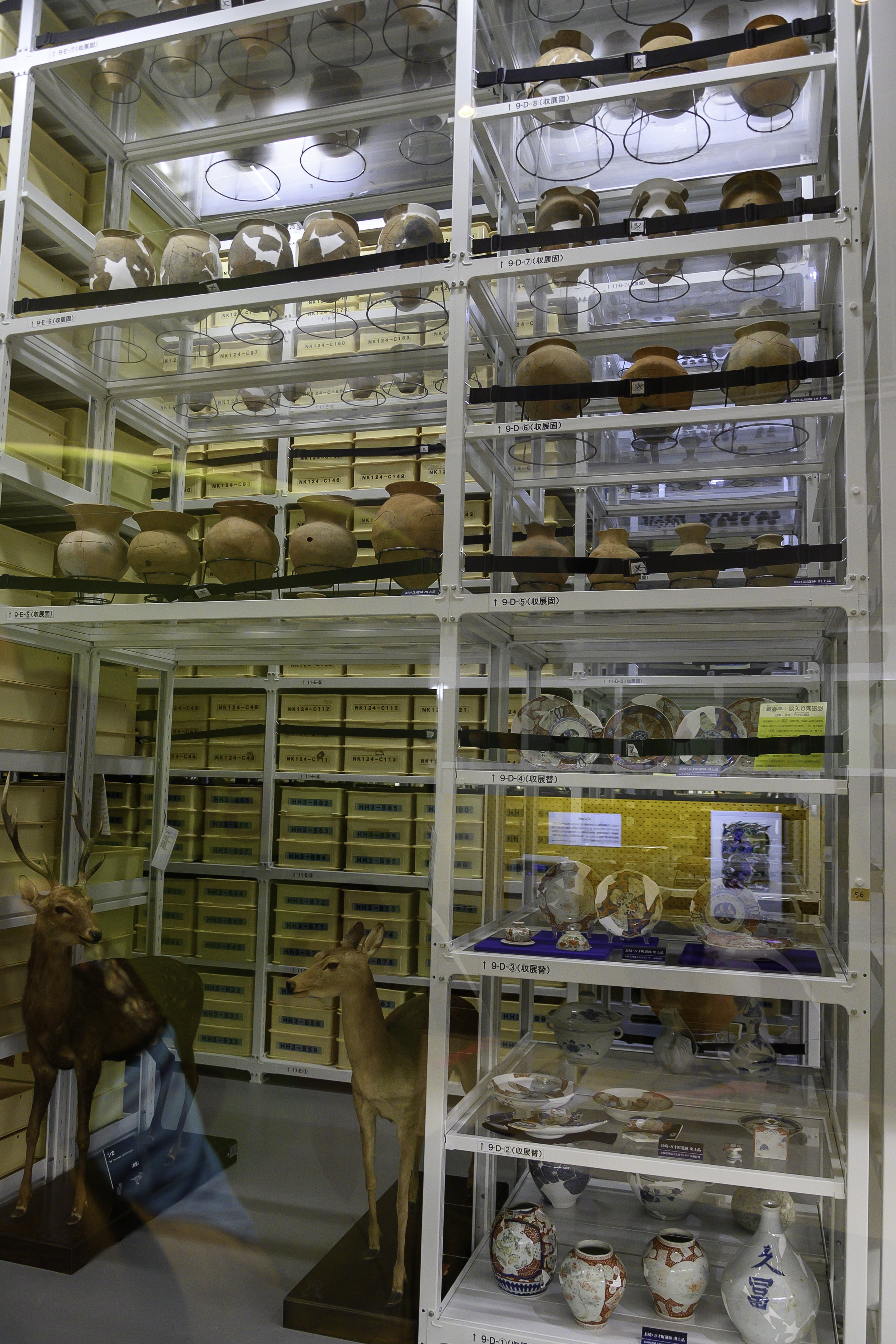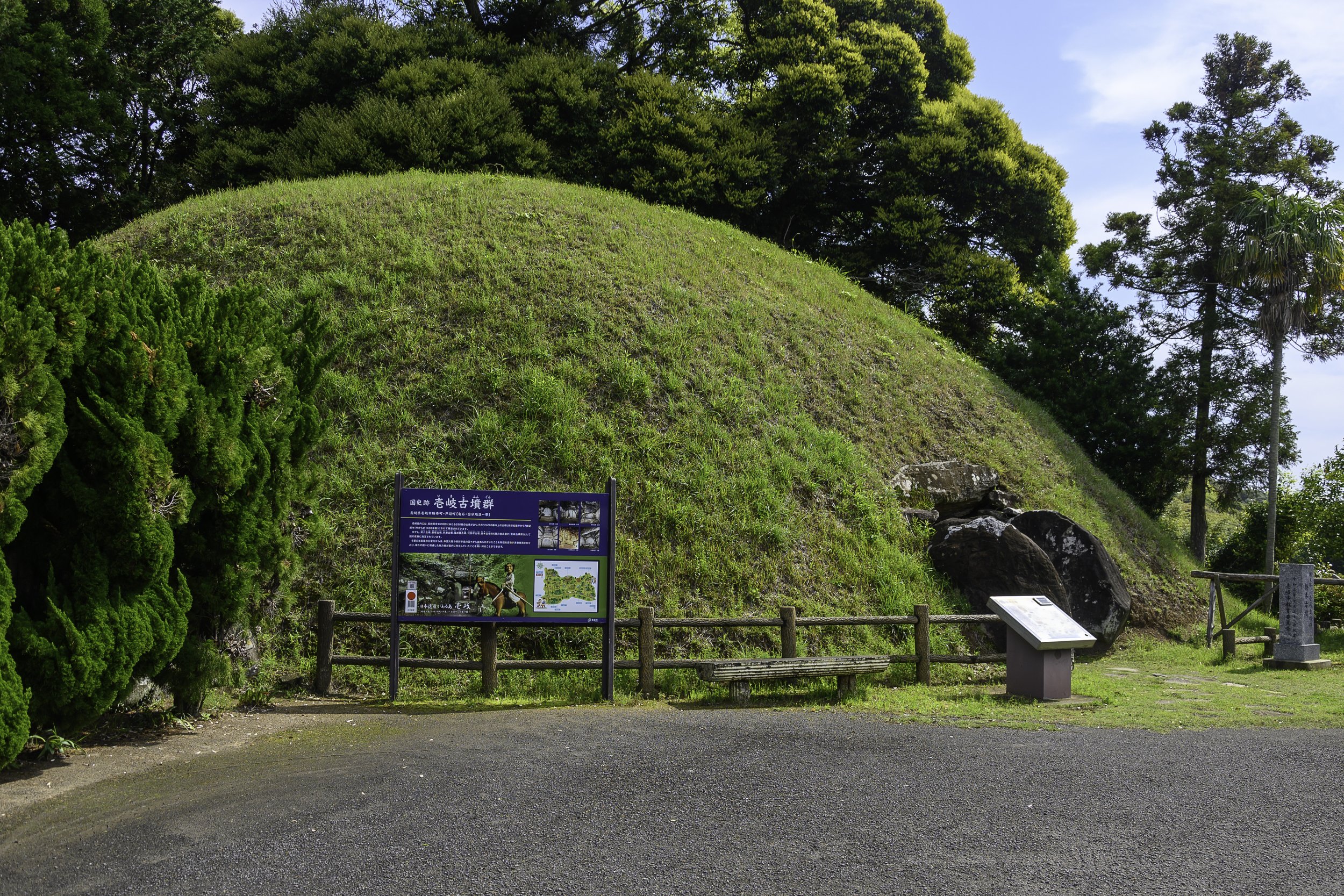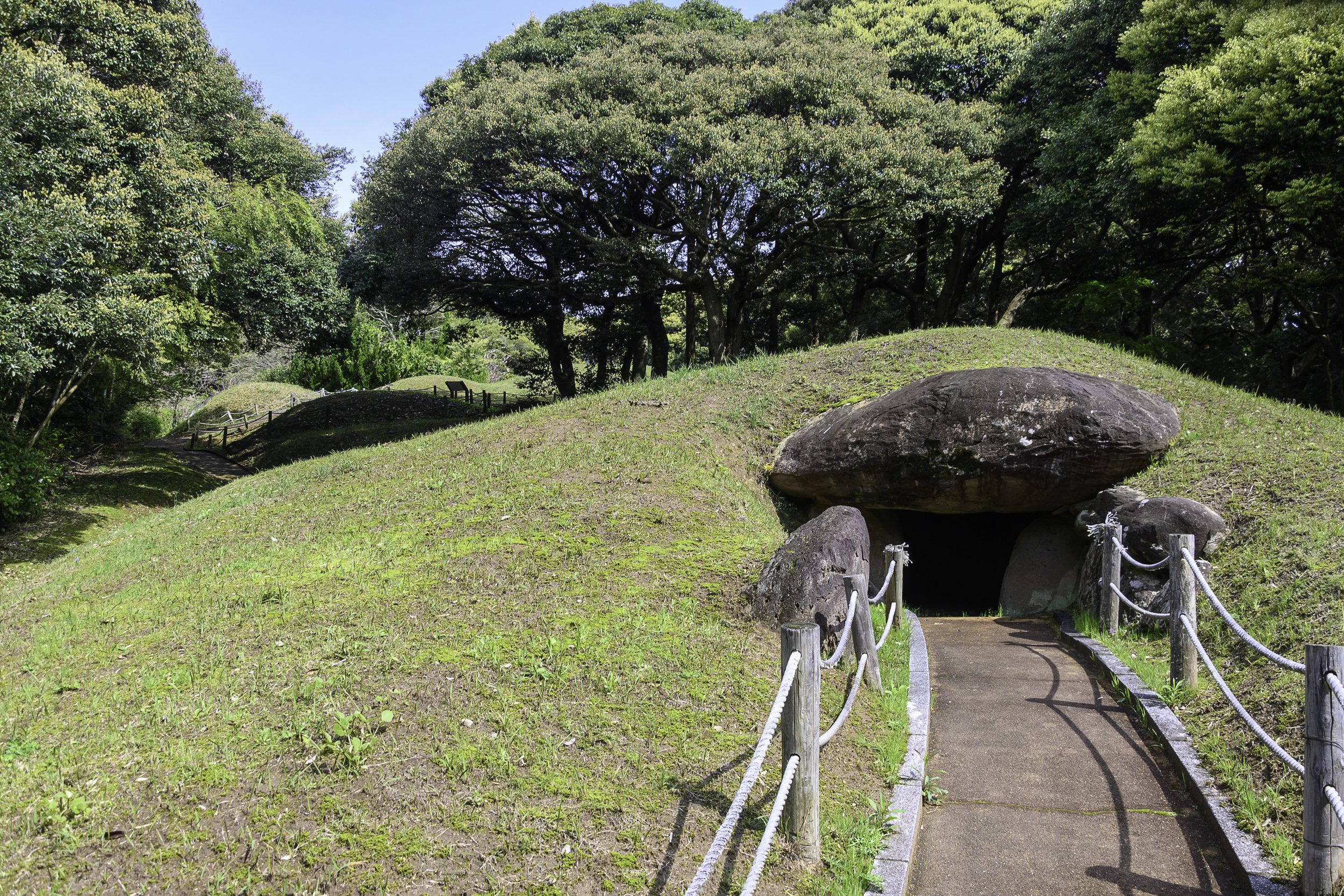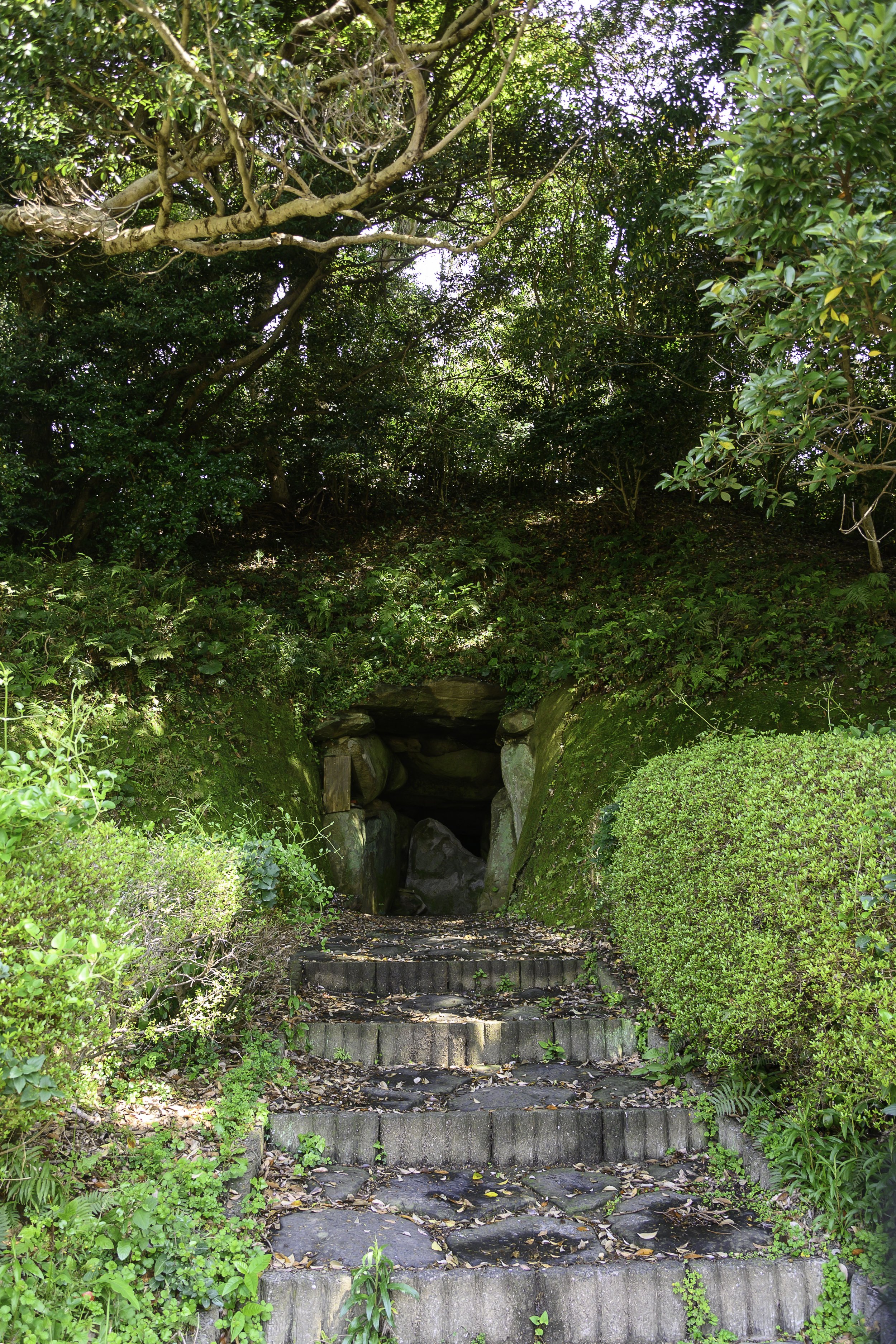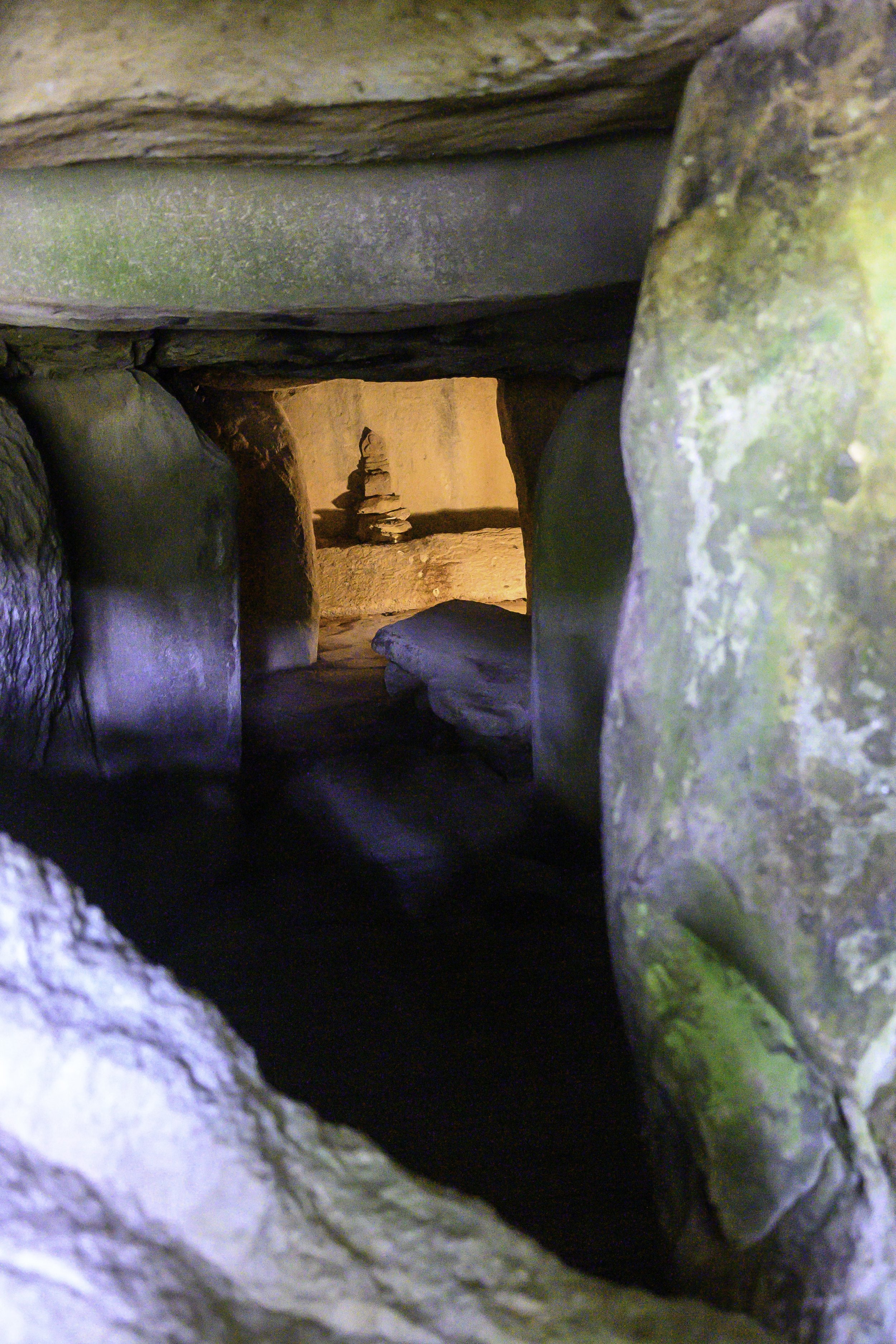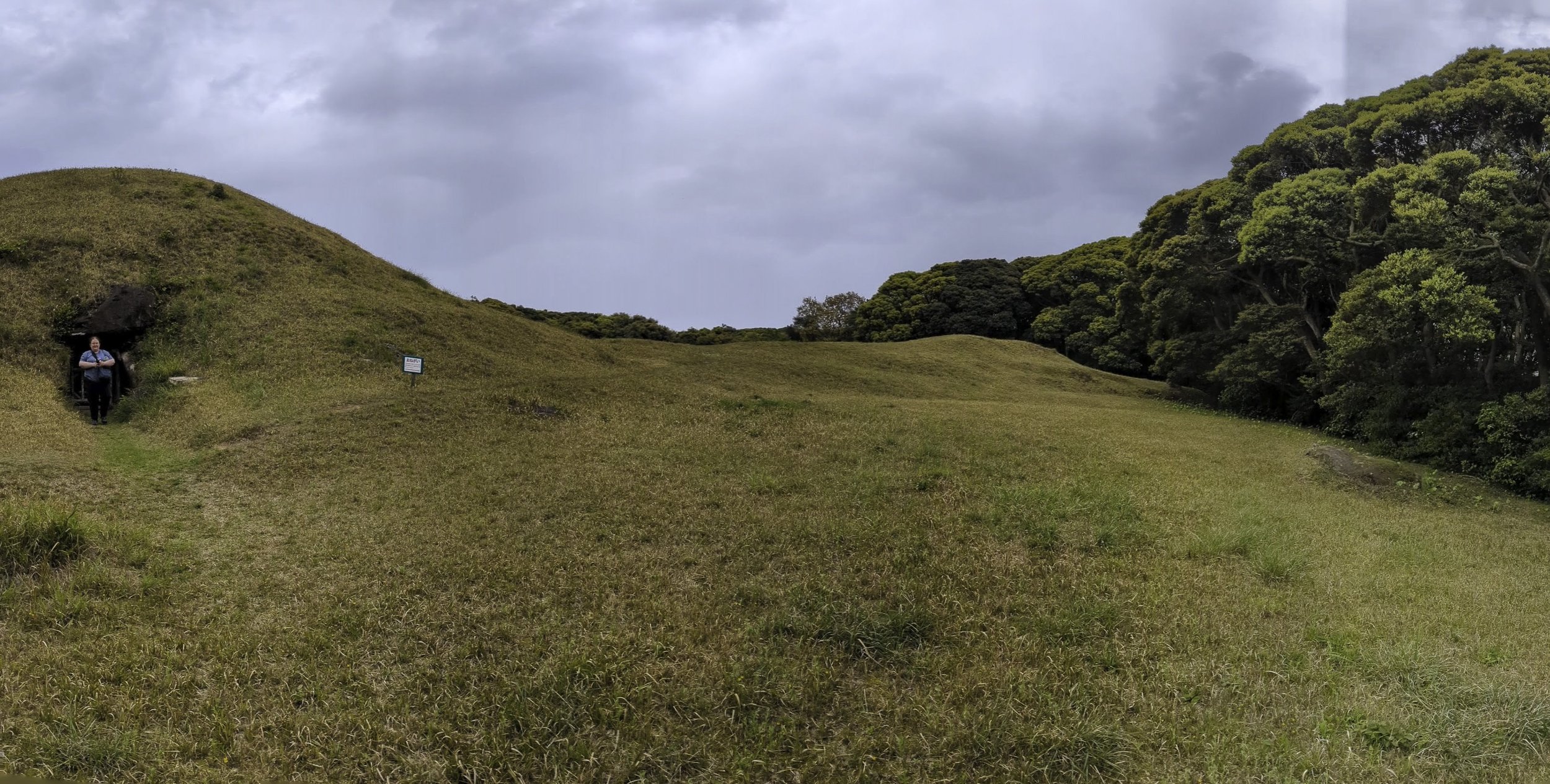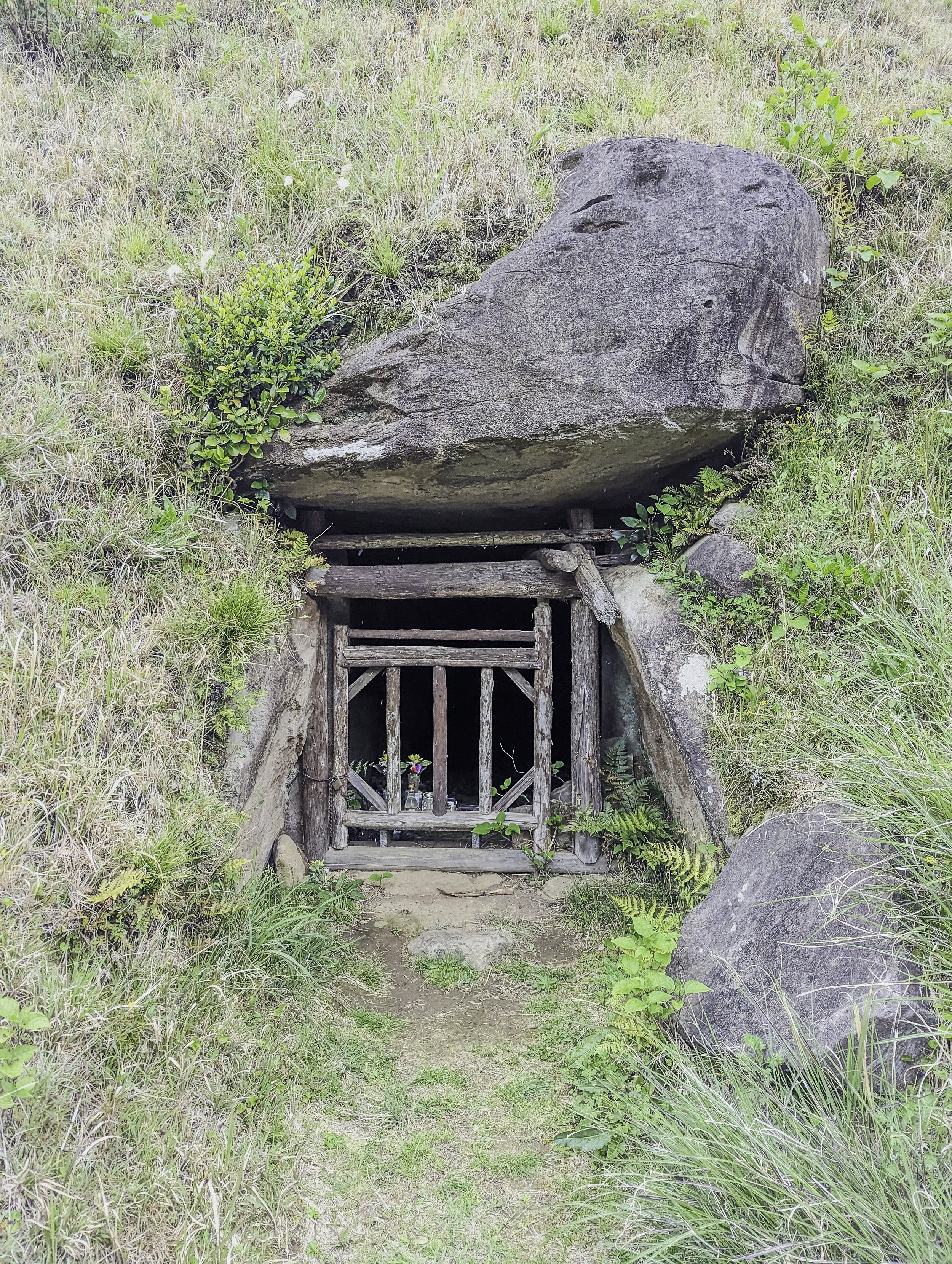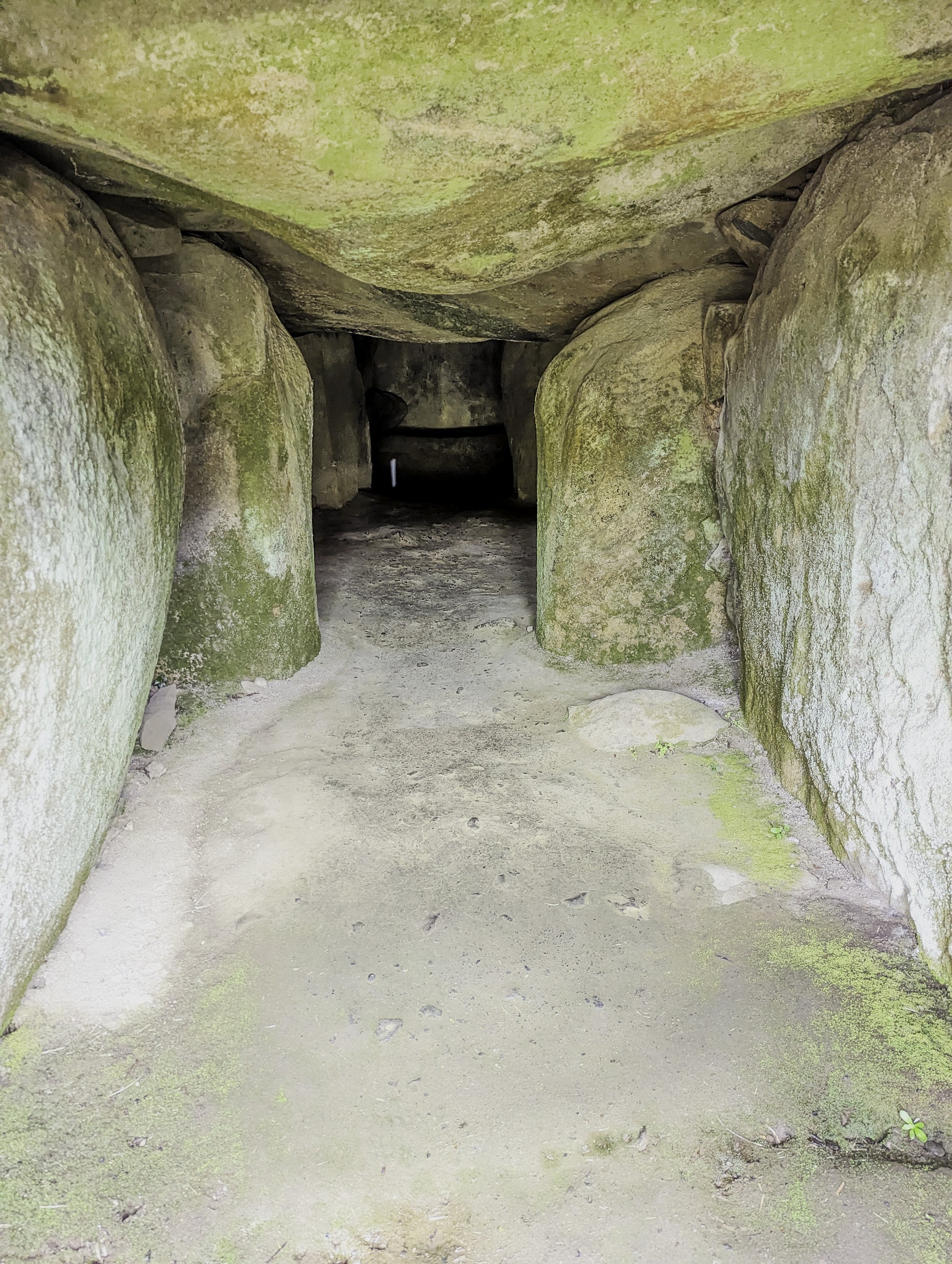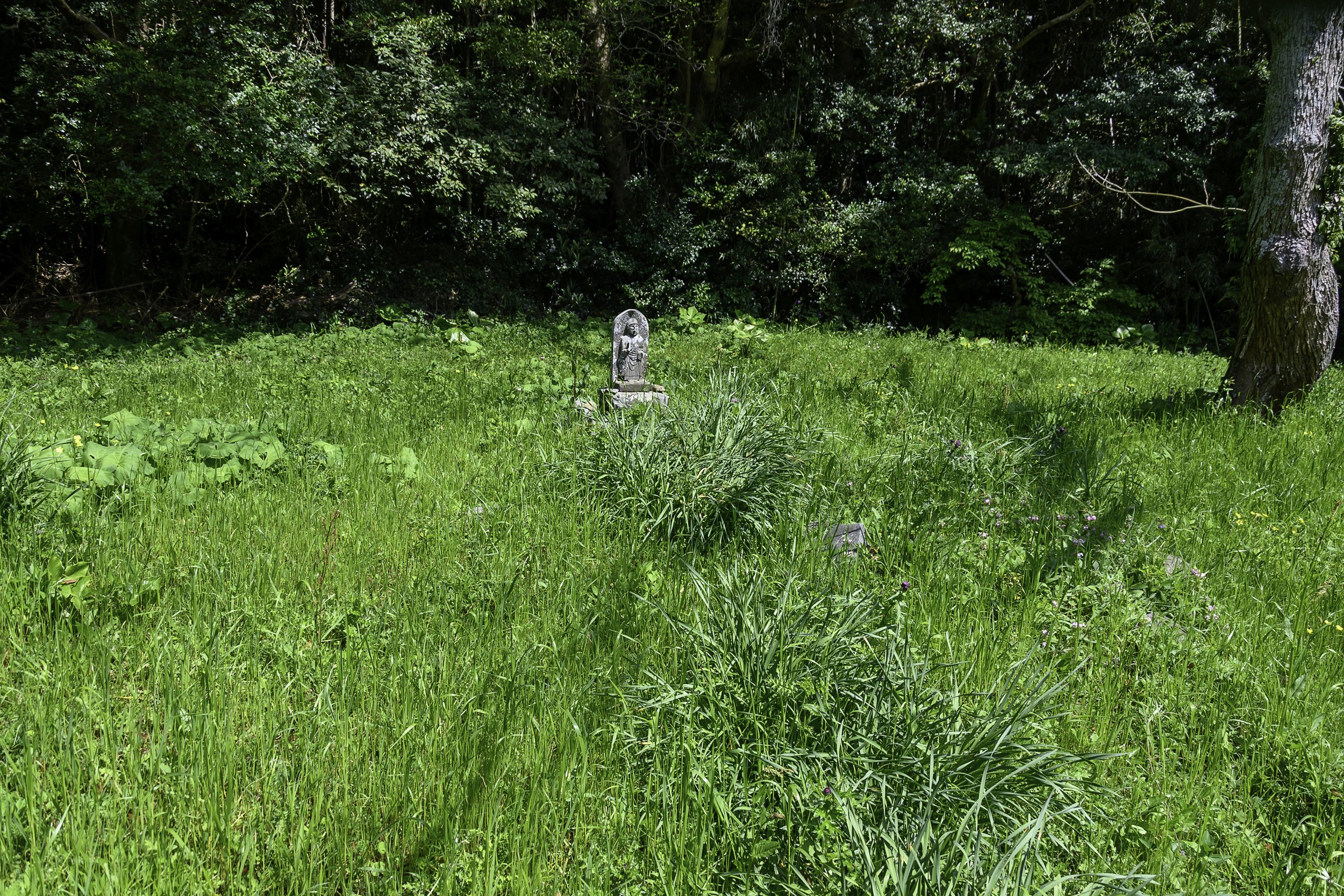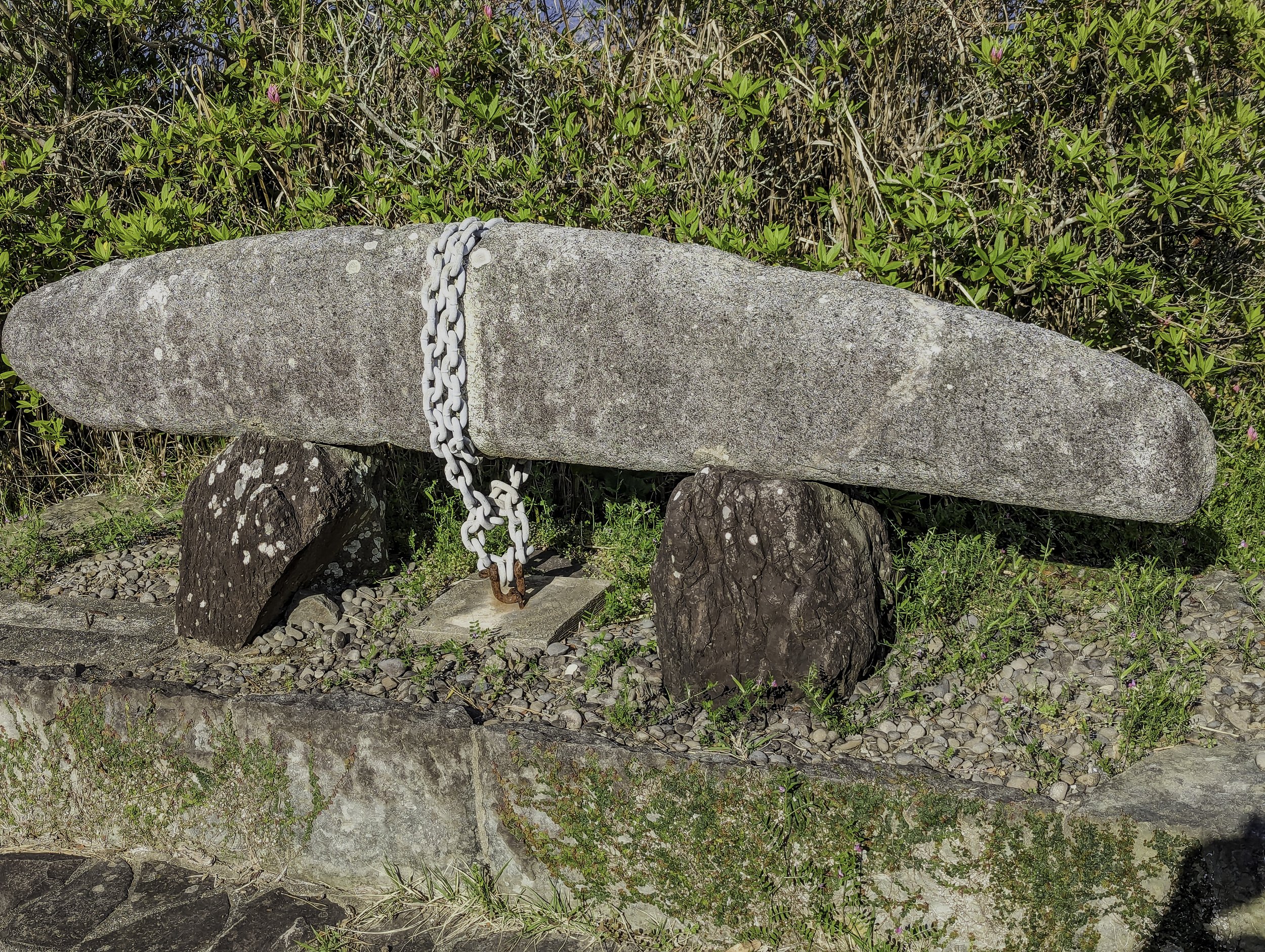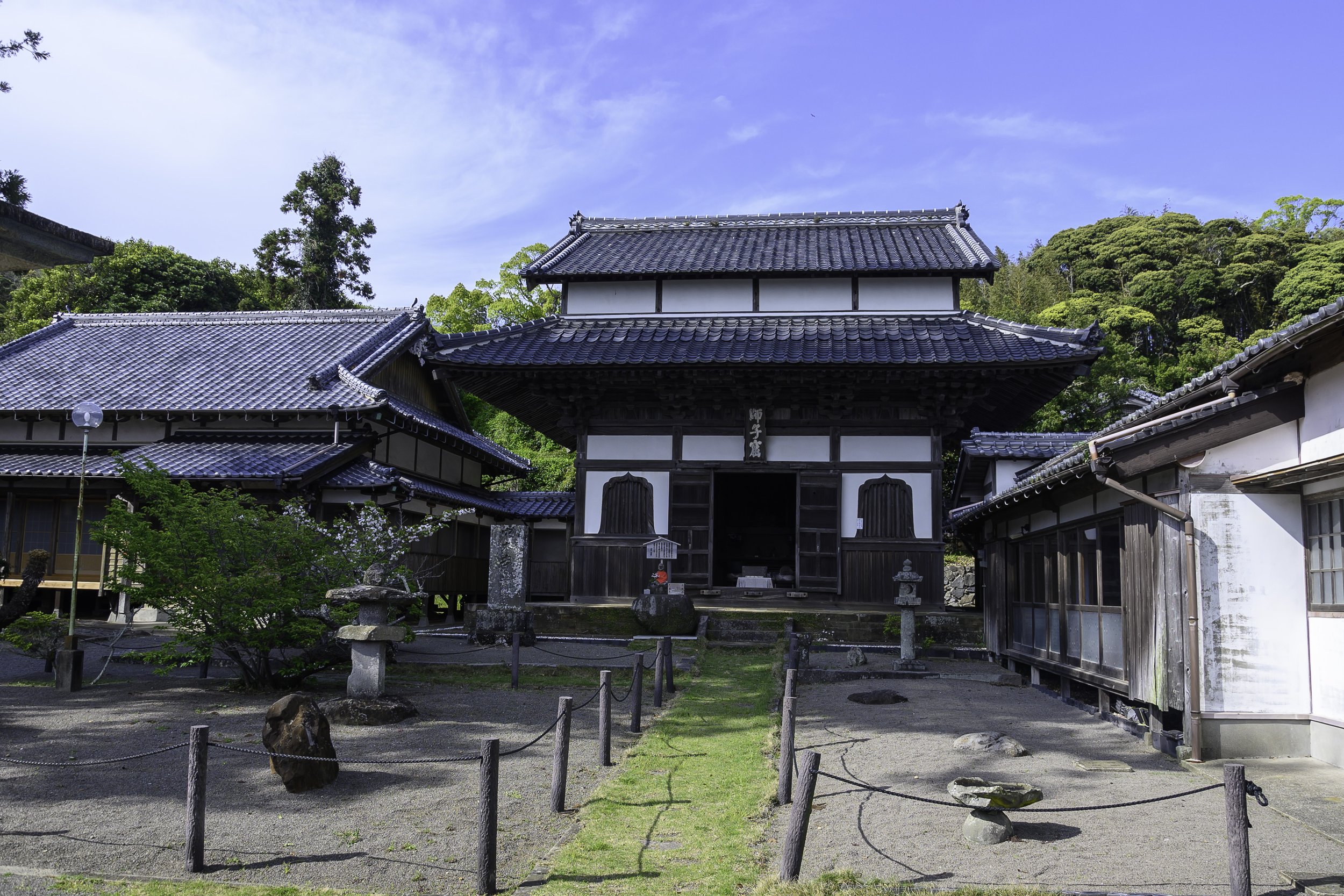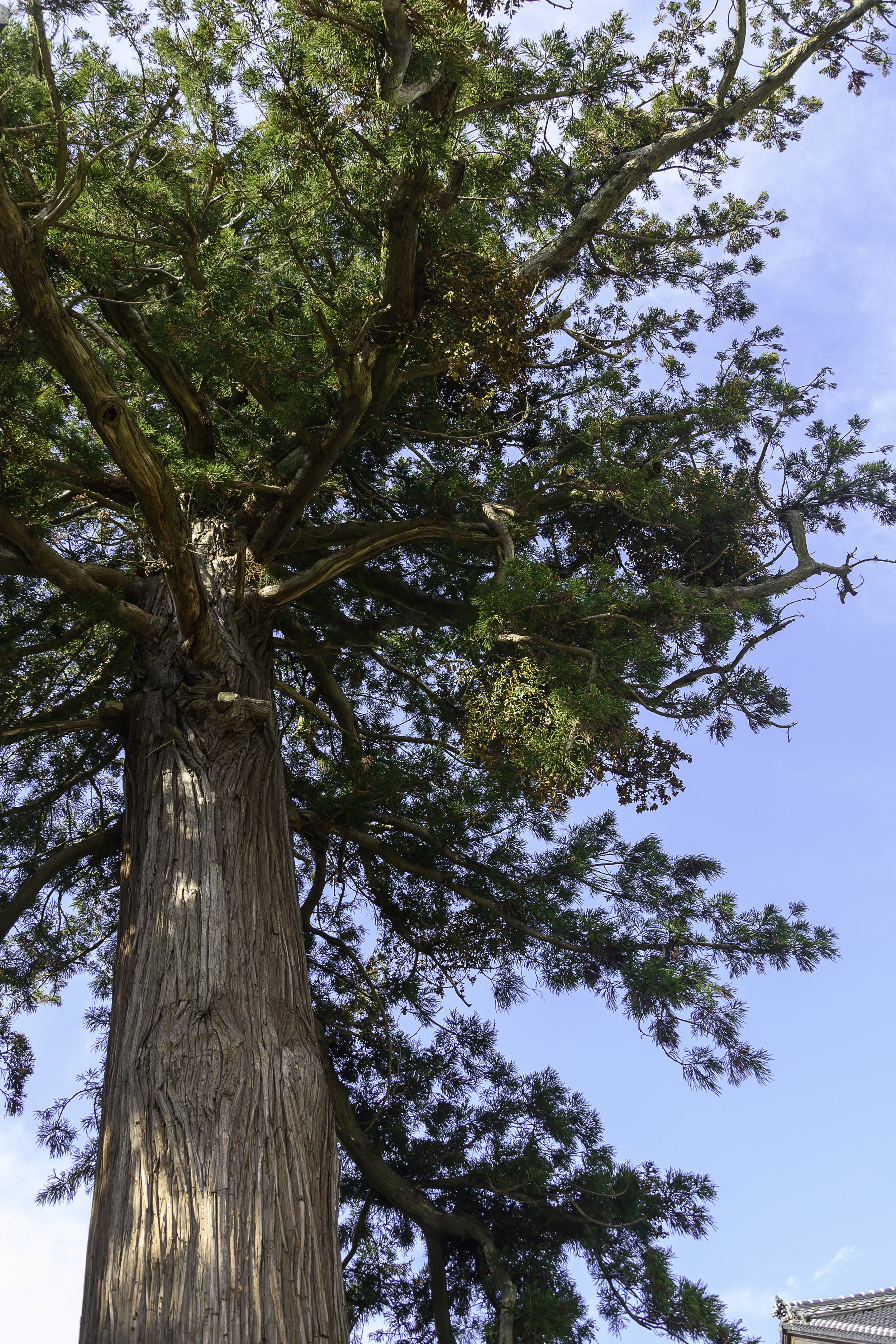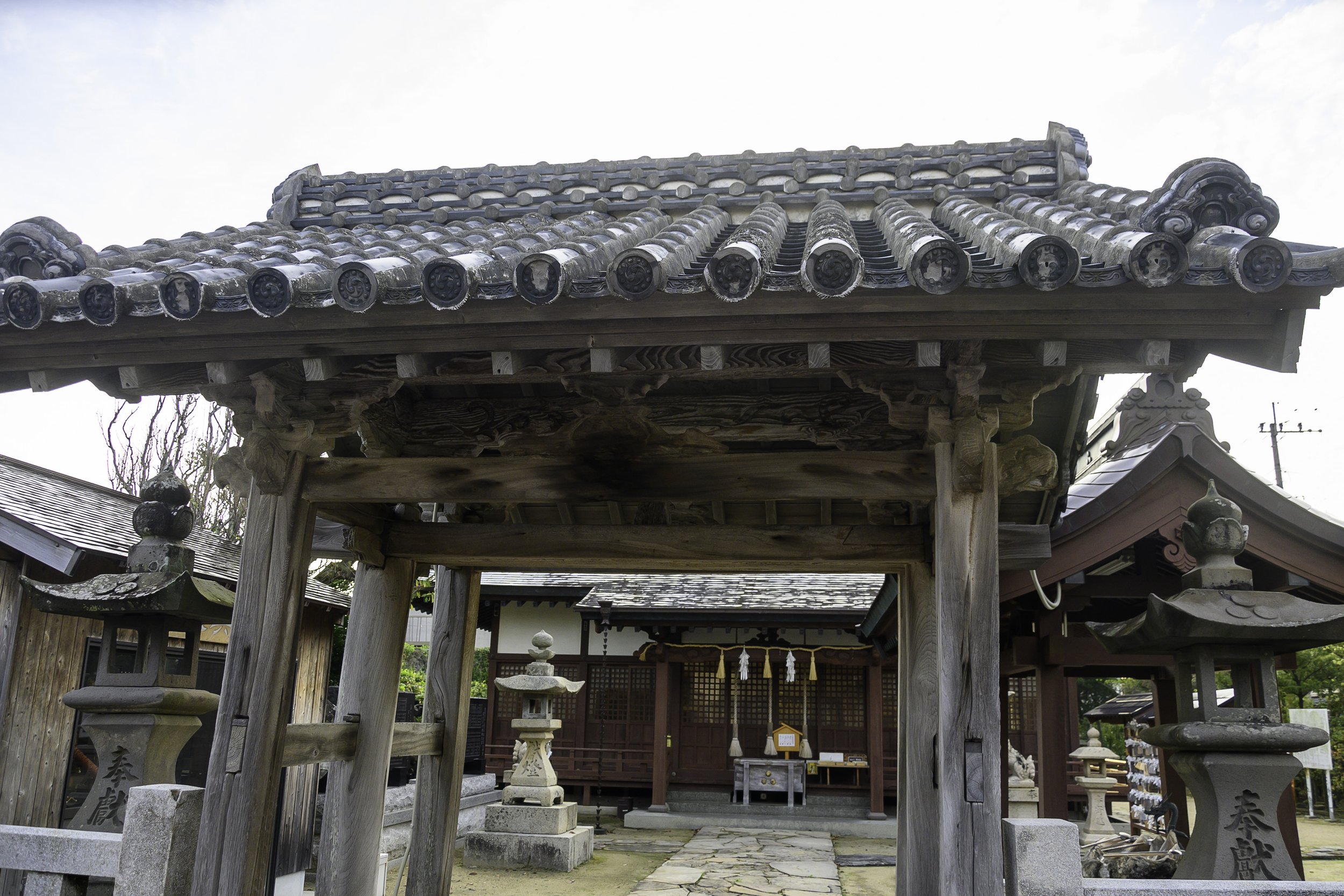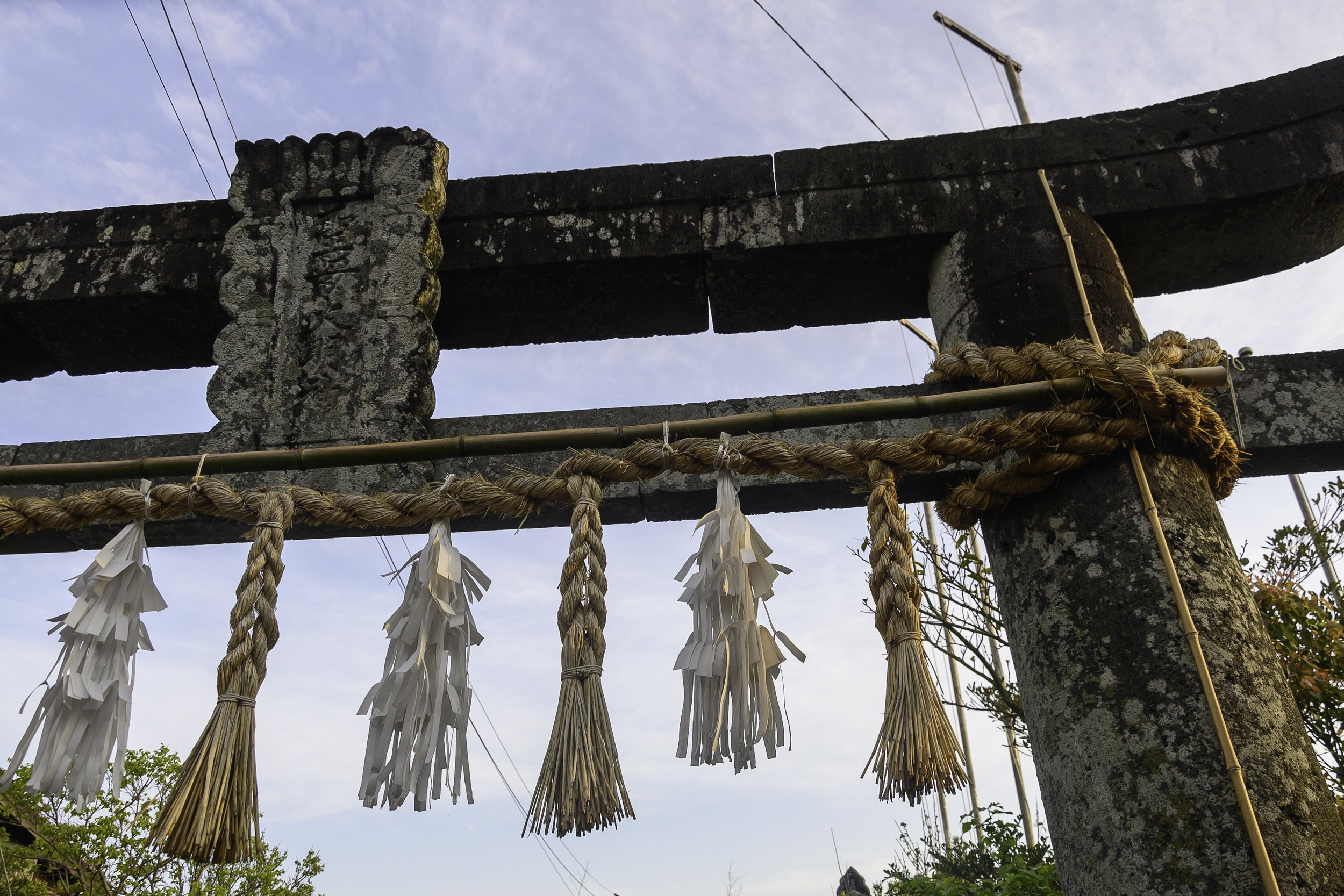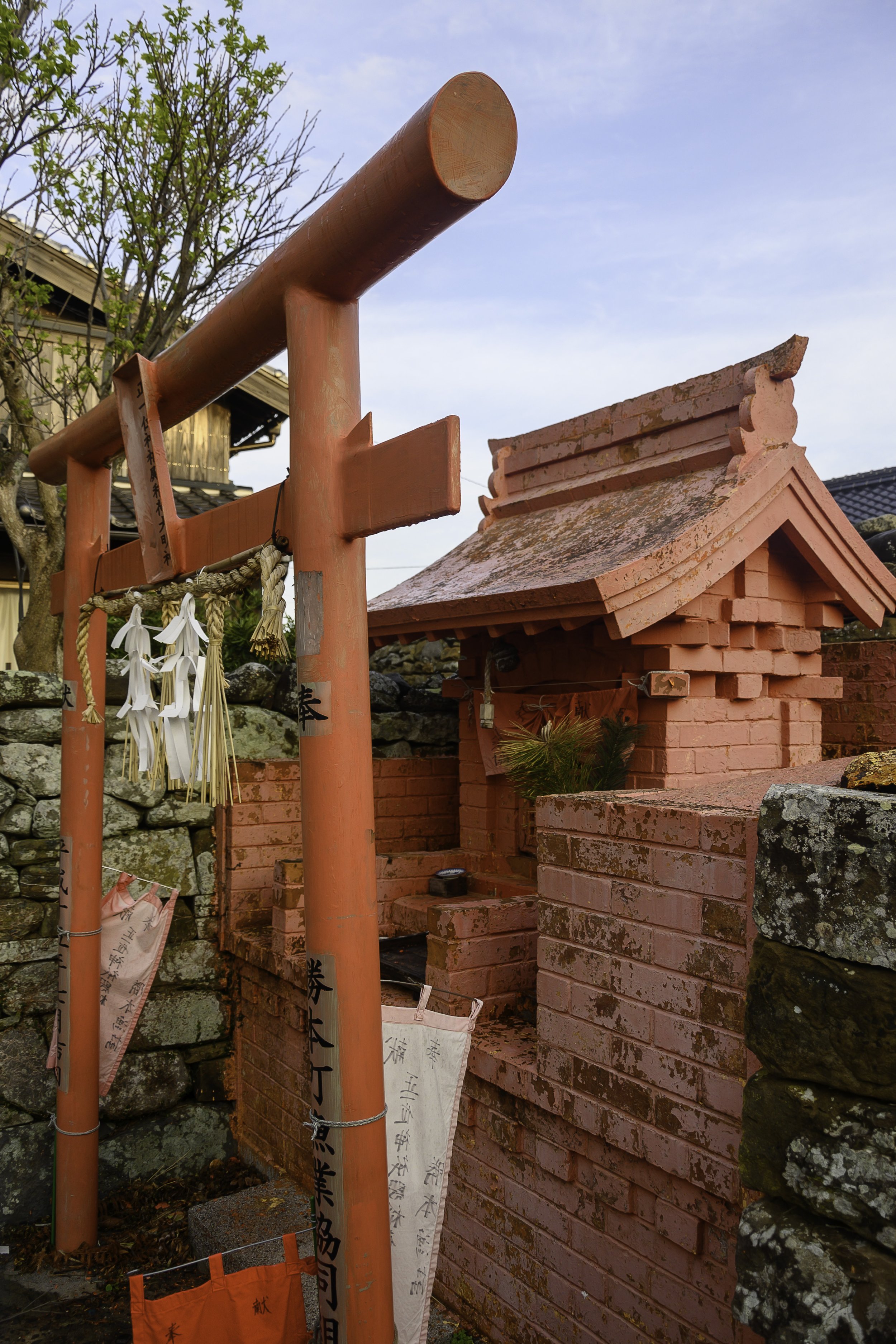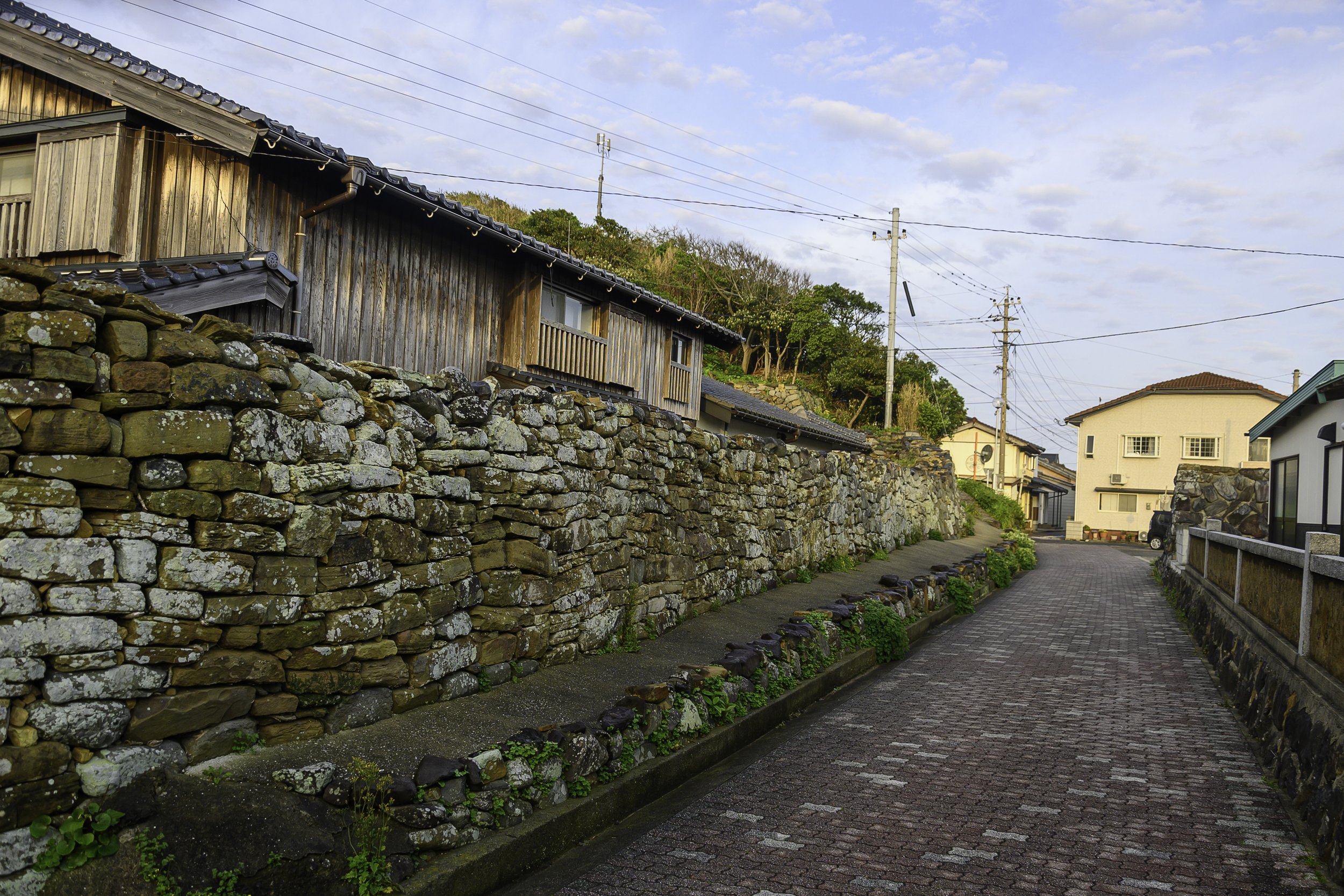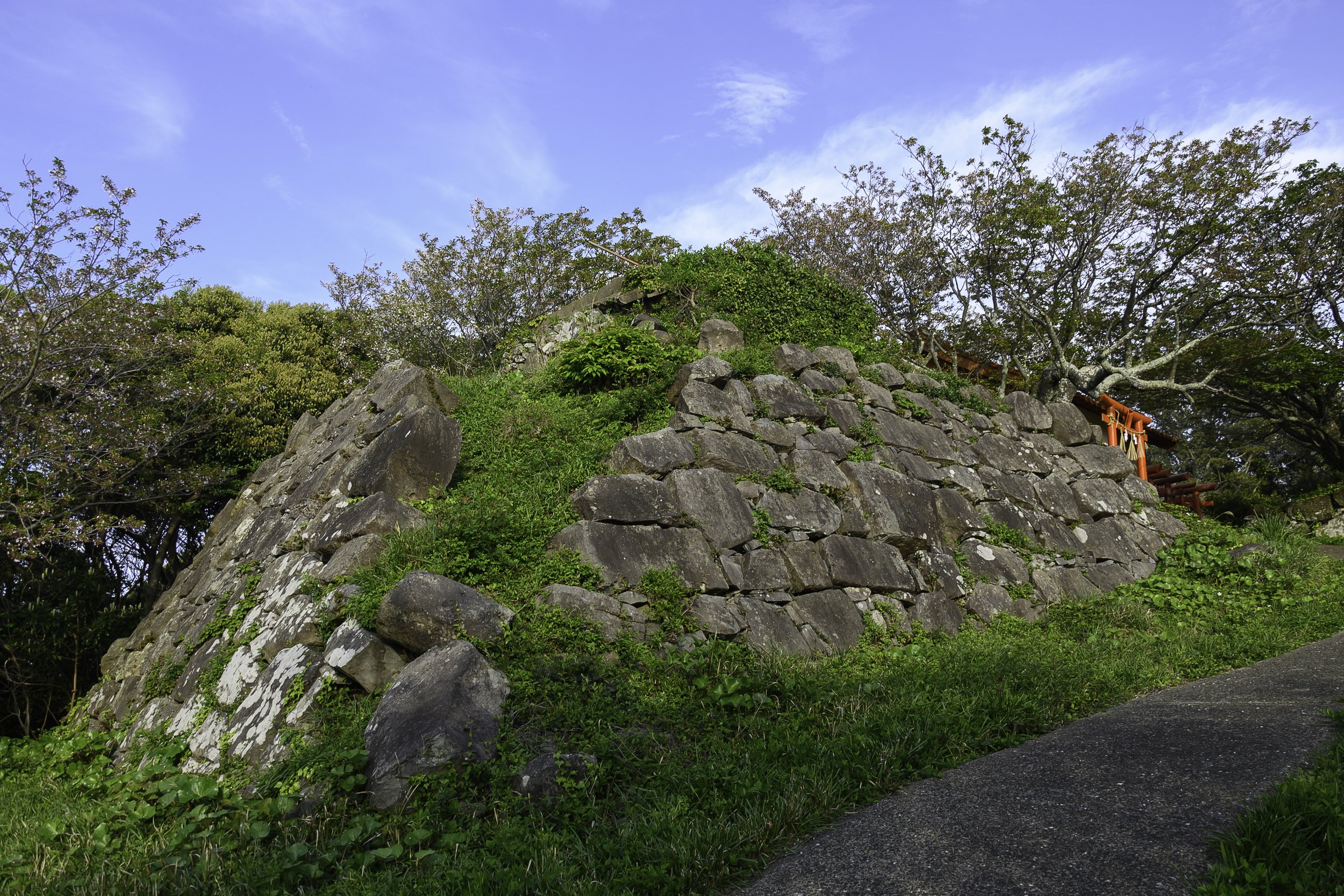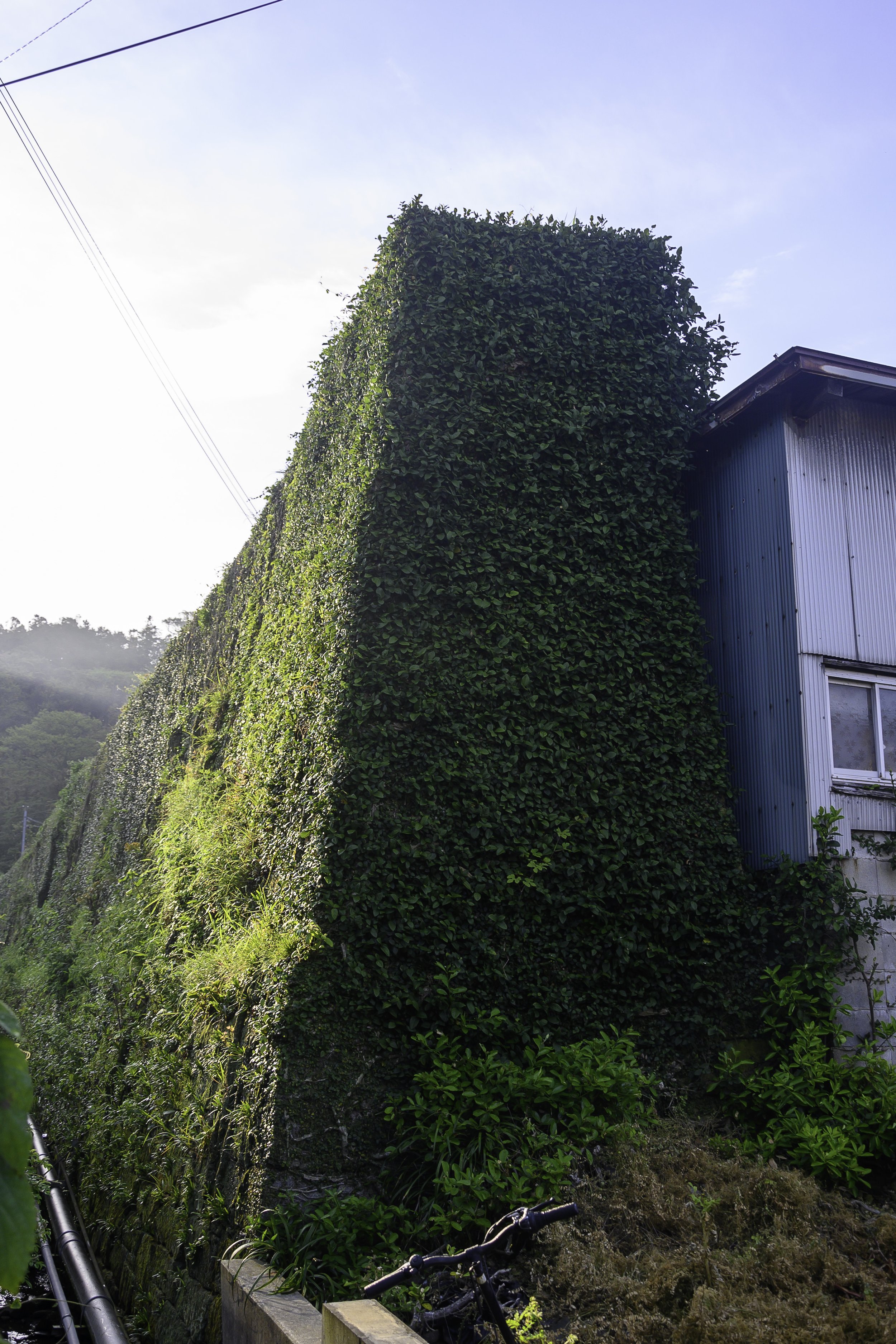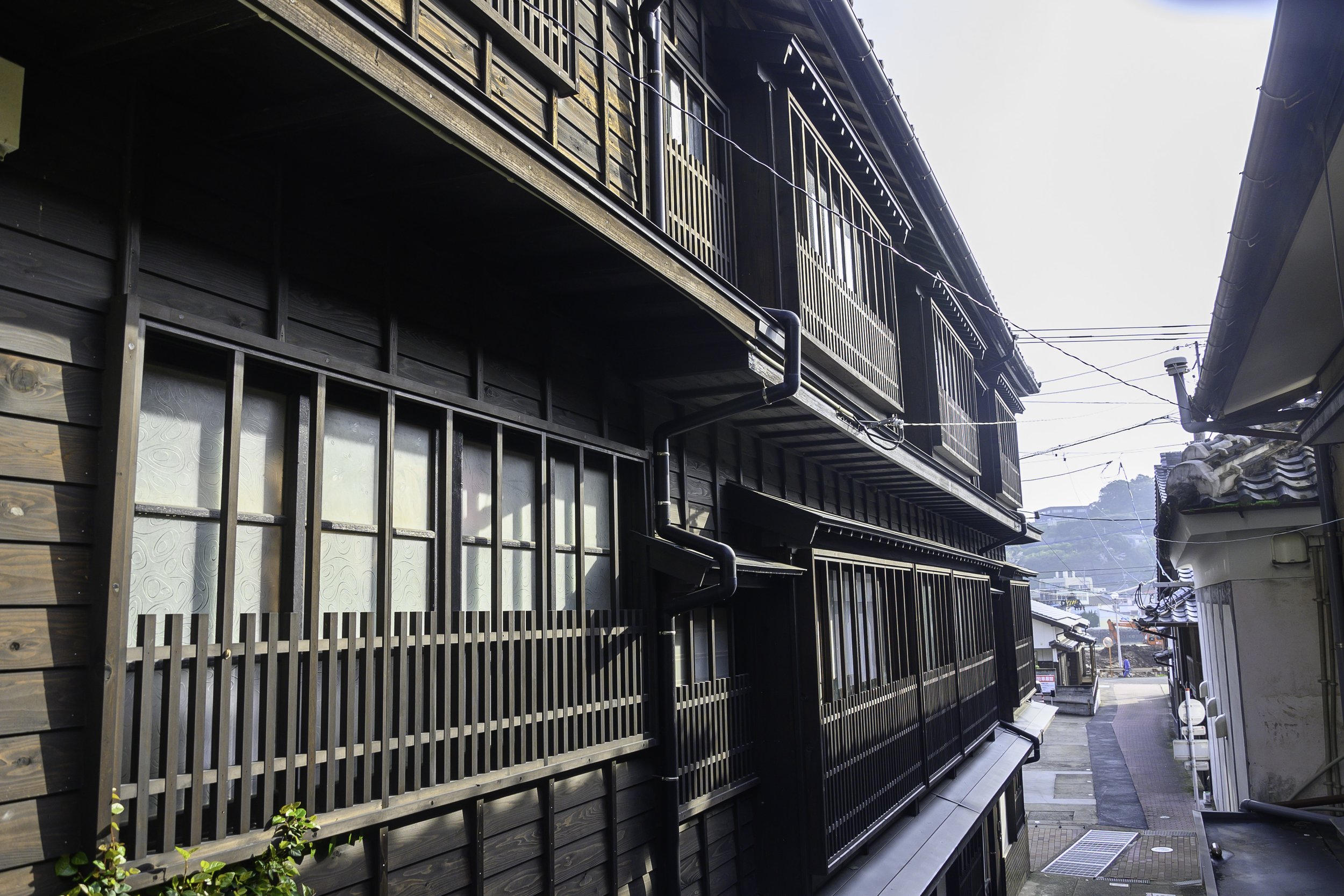Previous Episodes
- July 2025
- June 2025
- May 2025
- April 2025
- March 2025
- February 2025
- January 2025
- December 2024
- November 2024
- October 2024
- September 2024
- August 2024
- July 2024
- June 2024
- May 2024
- April 2024
- March 2024
- February 2024
- January 2024
- December 2023
- November 2023
- October 2023
- September 2023
- August 2023
- July 2023
- June 2023
- May 2023
- April 2023
- March 2023
- February 2023
- January 2023
- December 2022
- November 2022
- October 2022
- September 2022
- August 2022
- July 2022
- June 2022
- May 2022
- April 2022
- March 2022
- February 2022
- January 2022
- December 2021
- November 2021
- October 2021
- September 2021
- August 2021
- July 2021
- June 2021
- May 2021
- April 2021
- March 2021
- February 2021
- January 2021
- December 2020
- November 2020
- October 2020
- September 2020
- August 2020
- July 2020
- June 2020
- May 2020
- April 2020
- March 2020
- February 2020
- January 2020
- December 2019
- November 2019
- October 2019
- September 2019
This episode we are mainly talking about the Equal Fields System that they implemented with the early Taika edicts, and then we’ll look at why this wasn’t the “Naniwa Era”.
Well Field System
In the episode we talk about the “Well” Field system. This is so named because of the character for well: 井 You can see that it looks similar to #.
This system appears to work, in theory, with the middle field being used for the common good, such as storing away for periods of drought or famine. However, as the Zhou dynasty fell apart, so did this system.
“Equal Fields” were a little different. Each individual would get an “equal” amount of fields to work, with standard taxes.
-
Welcome to Sengoku Daimyo’s Chronicles of Japan. My name is Joshua and this is Episode 114: Public Lands and Remote Work
In the early evening, Karu paced through the halls of the inner palace. The grand scale of the construction was impressive, and it was built and furnished with the finest materials available. In all aspects it was the shining jewel. The center of the Yamato world. The entire thing still felt new.
And yet, for all of that, it now felt strangely empty. So many of those who had previously graced its halls were only memories. Karu looked over the halls and wondered: Was it worth it? He had worked with his nephew and others to build a Kingdom worthy of the name. They had instituted reforms to model themselves after the major powers of the day. They had a built a palace to last the test of time. This wasn’t just another place to be abandoned—this was meant to be the bedrock on which the new State would stand. It was the center of ritual and of the government.
But was it? The government was more than just buildings. It was the people who made up the offices and the ministries. It was the entire royal family. It was the scholars and the officials, debating just how things should work.
What would happen when Karu was gone? Would this system last the test of time? Or would it disappear, to be replaced by something new? For centuries, every sovereign had made a new home for themselves every time the previous sovereign passed away. Is that what would happen to Karu as well?
As the sun set, and darkness set in, Karu could only wonder what the future might hold.
So here we are in the Hakuchi era, during the reign of Karu, aka Ame Yorodzu Toyohi, which is to say between the years 650 and 654. The era of Great Change was now the era of the White Pheasant – listen to our last couple of episodes to understand why -- and all of the changes weve been discussing were starting to really come together. Front and center of those changes was the Nagara Toyosaki Palace, a physical manifestation of the new bureaucratic system of government that the sovereign, Karu; the Crown Prince, Naka no Oe; and others had put into place. The work of this government was happening on a stage much grander than anything that had previously been seen in the islands.
This was the start of what we know as the Ritsuryo Era, and it was finally coalescing. In this episode we’ll talk about how, in the Hakuchi era, we see the implementation of the continental system known as the “Equal Field System”, and how the bureaucratic government was extended down to the individual household.
This was all part of what we’ve come to know as the Ritsuryo state, which we talked about back in Episode 108 as we started all of these changes. We are now seeing the foundations of that new state, and we are several years into its implementation, seeing those early edicts finally starting to bear fruit.All of this, of course, was focused on the seat of government in Naniwa.
And yet, spoiler alert, this is not called the “Naniwa Era”. We are still in what many refer to as the Asuka Era. So what happened? Towards the end of the episode we’ll talk about what happened as the era came to a close, or at least as much as we know.
To kick us off, let’s talk about where we stand in the Hakuchi era, and look at the culmination of these early Ritsuryo changes we’ve been talking about. Whatever else had happened, various good omens, crises, and so on – the work of the government was continuing. Once again, we see records of various envoys from the continent —and we’ll get into the international situation, later—but for now, let’s focus on what was going on in the archipelago itself.
Specifically, I want to talk about something called the Equal Field System, another innovation that Karu and his administration introduced to Yamato. The Equal Field System goes back to at least the Northern Wei dynasty, over on the continent, in the late 5th century. It attempted to solve several issues regarding how the government could make sure that land was being worked—and that the government was also getting its cut. To that end, let’s back up a bit and talk about concepts of public versus private land, and how they apply to Yamato at the time.
The concept of “private” land may seem simplistic, as we have an idea of what it means today. Your “private” land is land you own, of course. “Public” land belongs to the government. But in Japan—and in much of East Asia—those concepts weren’t necessarily the same. In many early theories of land ownership, all land belonged to the State—individuals were simply using it. To a certain degree, even today, land is often held only so long as you have a deed or other proof of ownership that is recognized by the State, but concepts like eminent domain can supercede that ownership.
So for our purposes, here, Private land was land where all the produce went to a private individual or private interest, such as a family—or even a temple or shrine. If it was truly privately-owned land, then all of the produce of that land went to the owner. Even if the government technically owned the land, the land could still be considered private, meaning that it wasn’t considered taxable by the government – whoever controlled the land got all the produce.
In contrast to that, public land was land where the government was owed some or all of the produce. It might have been worked by individuals, but was still taxable in part or full.
An early system that goes back to at least the Zhou dynasty was known as the Well Field System. In this system, land was ideally divided into nine squares. The eight squares of land on the outside of the square would all be held and worked by private farmers, who were able to keep whatever they produced on the land. In return, they were to provide labor on the public land in the center, the produce of which went to the State, which could then be stashed away in case of famine or used to help increase the State’s coffers and thus pay for other amenities.
Of course often it just went into the pockets of various aristocrats. I also wonder just how much effort was actually put in to working the public land in the Well Field System.
That name, by the way, comes from how the whole schematic looked when drawn out. The hanzi, or kanji, for a “well”—as in a place where you draw water—is much like a modern hashtag mark. Think two horizontal and two vertical lines, like a tic-tac-toe board. This comes from the fact that wells were often square or rectangular holes, the sides of which could be reinforced with wood. At the top, the well frame was often formed with overlapping wooden beams, forming a shape similar to a hashtag. And so in the Well Field System, the center of the tic-tac-toe board was the public land, and everything else was private.
This system fell apart with the fall of the Zhou during the Summer and Autumn periods, though there were attempts to revive it. After all, it had been mentioned in the Book of Rites, the Liji, and it was praised by Mengzi—the famous scholar and philosopher we known to the West by his latinized name of “Mencius”. As such, it was officially documented as a “good idea” and so there were often attempts to revive it.
The Northern Wei, however, took a slightly different approach. In the late 5th century, they were looking for a way to curb the power of aristocratic families. Since the Qin dynasty and onwards, they had seen the growth of families accumulating land and thus wealth and power. These powerful families were both necessary and a threat, as they held the power to prop up or tear down a government. Farmers would need to rent land from the powerful landowners, paying them a portion of their harvest as rent.
To counter this, the Northern Wei instituted the Equal Field system. Under this system, they claimed government ownership of vast swaths of land and then provided equal parts of that government land to every adult person. Upon a person’s death, their land would revert back to the government, who could then redistribute it to others. The peasants would then be expected to provide a portion of the harvest as tax—they would provide food-rent for the land, as well as payment in cloth and a set number of days of corvee labor. The key was that all of this payment was due to the government, and not to private aristocratic families.
After the Northern Wei fell, the Equal Field system was reinvigorated by the Sui and Tang dynasties, who extended the system across their territories—or at least within the Yellow River and Yangzi River basins. The system did have some allowances for inheritance—especially in instances like mulberry groves, which would be maintained by successive generations. In general, however, most of the land was to be reclaimed by the government upon a person’s death or at the point that they reached 60 years of age, and then it would be redistributed.
This is still a relatively simplistic overview, and there were plenty of different adjustments and changes to the system over the years. Key for us, though, is looking at the adoption of the Equal Field concept in the archipelago.
Up to this point, land ownership in Yamato, such as it was, fell under various family groups. They would own the land and whatever was produced on it, so it was truly private land. “Yake” were set up by the families as central storehouses and administrative centers. In this case, the royal family was, in many ways, just another landowner, and their “yake” are indicated in the Chronicles with the royal “mi” honorific—hence the “miyake”.
As the reformers went about making changes in the period between 645-650, they adopted the concept of the Equal Field System. Prominent figures such as Naka no Oe himself gave up their private fields, and the royal lands were turned into government lands. They instituted the concept that all land in the archipelago nominally belonged to the State, and that others worked it at the Sovereign’s pleasure.
As we talked about in the past several episodes, this made the Sovereign and the State more prominent in people’s lives, and it built bonds with the peasants in that they were granted land on which to work and make a livelihood. They didn’t necessarily have to work out a separate arrangement with some noble family, and the fields and taxes were “equal” for every person.
Of course, surveying the land, taking a census, and distributing the land to the people didn’t happen overnight, and it isn’t even clear how well it occurred outside of the lands originally owned by the royal family, at least initially. We are told that even though the project had kicked off years earlier, back in 646, it wasn’t until the second month of 652 that we are told that the distribution of rice-land had been completed. 30 paces of land—Aston notes that it was 30 paces long by 12 paces wide—made up a single TAN of rice-land, and 10 TAN made up a CHOU. Each TAN or land a person was granted was expected to provide back to the government a sheaf and a half of rice, with each CHOU providing 15 sheaves.
This effort simplified taxation, in a way—everyone owed the same thing, based on their household and how much land they had been granted. However, it also would have required an enormous bureaucratic engine. Scribes would have been in high demand—anyone who could read and write. Without modern computers, they would need to hand count everything in a given district, then send those numbers up to the governor, and then send them again to the capital. Hence the giant government complex set up in Naniwa to oversee all of this and to ensure that the government worked as intended.
In the fourth month of 652, the work continued. We are told that the registers of population were prepared—presumably based on the information that had been previously acquired from around the provinces and sent to the court. The earlier edicts from 646 that outlined this system—which we mentioned back in Episode 109—was finally put in force.
As we noted back in that episode, 50 houses made up a township, or RI—the character used is also pronounced “SATO”, today, and often refers to a village. Each RI had an appointed elder, or head, using the term “CHOU”. This term is still found today in modern parlance: The head of a company, or “KAISHA” is the “SHACHOU”, while the head of a division, or BU, within said company would be the BUCHOU. KAICHOU is the head of an association, or “KAI” and the “GAKUCHOU” is the head of a “DAIGAKU”, a university—basically the University President. In this case the “CHOU” of the “RI” would be the “RICHOU”, using the Sino-Japanese On’yomi pronunciation, though in the vernacular they probably would have been called the “Sato-osa”. All of this just means village head or village chief.
So 50 houses made up a RI, with one RICHOU at the head. In addition, each house would have a senior member appointed as the official head of household, or KACHOU. From there, houses were associated together in groups of five for mutual protection, with one head, or CHOU, per group of five.
And okay, so they were creating groups of people for administrative purposes? Who cares? Well, the thing about this is that it was encoded into the new legal system, and it had several implications. Chief among them was the implication of primogeniture: Since the most senior person was made the KACHOU or head of household (and by “person” I think we can assume that “man” was a given, unless there were no men in the house for some reason), this meant that the eldest person in the household was automatically the one who inherited that position, along with the status and control that came with it. As we’ve seen, up to this point, it was not necessarily the case that the most senior person would inherit in ancient Yamato tradition. Inheritance could pass from a younger brother to an older brother, or to a younger son of a younger son. While there was some apparent concern over lineage and making sure that the individual was of the proper bloodline, at least for royal inheritance, there was not an automatic assumption of precedence for who would inherit.
Of course, as we’ve seen, this set off all sorts of disputes and problems, especially among the elite where wealth and power was involved. However, I think it is fair to assume that these problems weren’t relegated purely to the upper levels of society. Inheritance is always tricky, even in cases where it seems like it should be straightforward.
I imagine that the institution of primogeniture as a legal concept would have had consequences beyond just inheritance. It set up ideas of who was “important” in the family, and the family is often a microcosm of society at large. Primogeniture meant that age and masculinity were both valued over youth and femininity. That isn’t to say that pre-Taika Ritsuryo was a bastion of equality, but we do see more instances where men and women seem to be on closer to equal footing.
In the concept of primogeniture, I believe we can also see the institution of Confucian values—not surprising as this whole thing is cribbed from the continent, with a lot of it being taken from the Tang court. We’ve discussed Confucian concepts of filial piety and how that fed into patriarchal—and frankly monarchical—ideas. The Father and Son, the Ruler and Subject, the Husband and Wife, Elder Brother and Younger Brother, etc. These were the relationships that were important and they defined much of the way people were expected to interact.
As the new system being instituted copied the form of continental government, it would have also been preaching many of its values, as well.
Scholars will continue to debate how widespread the changes actually were. Did the equal-fields system exist all the way out to the edge of Emishi territory? Did it cover the mountainous regions of Honshu? How about to the West of Yamato? We don’t know, but nonetheless, we do see both the expansion and centralization of Yamato power, so there seems to be something to it.
By all accounts, the work that had taken place in this era appears to have been a smashing success. The Taika reforms had taken hold, and the Ritsuryo state seemed to be off to a roaring start. At the center of it was the newly built Nagara Toyosaki Palace, a giant stage for carrying out the business and ritual of the State. One would think that the founders of this new State would have been overjoyed. Naka no Oe, Nakatomi no Kamatari, and the sovereign, Karu, among them. And yet, the story doesn’t seem quite that simple.
The first Ministers of the Right and Left had already passed away. Abe no Oho-omi had passed of what appears to be natural causes, but Soga no Oho-omi, aka Ishikawa no Maro, was undone by slander, accused of treason, and took his own life rather than being killed by the government forces sent after him. And in the 6th month of 653, the sovereign was told that the Priest Min had passed away.
Min—Aston sometimes transcribes it as “Bin”—was one of the sources for much of the information about the continental systems of government. We’ve mentioned him on and off for the last 5 or 6 episodes, though you may not have always caught the reference. Also, since even Aston switches between pronunciations at times, I apologize if I haven’t been consistent. If I said Priest “Min” or “Bin”, we’re talking about the same person. He was a Buddhist priest who had traveled to the Sui dynasty in 608, spending 24 years there, witnessing the change from the Sui to the Tang, returning to Yamato in 632. He was consulted on various omens, and he and Takamuko Kuromaro, who had also been made a State Scholar, or Hakase, at the same time, both worked to set up the eight ministries of the state, the core of the Ritsuryo bureaucracy.
The death of Min was felt across the organs of state. Both the Queen Dowager and Naka no Oe, the Crown Prince, sent messengers to offer condolences. The sovereign commanded the painters, Koma no Tachibe no Komaro, Funado no Atahe, and others to make a large number of figures of the Buddha and Boddhisatvas. They were to be placed in the temple of Kawaradera, though other sources say Yamadadera. Both of these are in Asuka—although the capital had moved to Naniwa, and there was the temple of Shitennoji there, just south of the palace, I can’t help but notice that many of the established temples remained in and around the old capital at Asuka.
653 saw something else, which also seems a bit odd, given the apparent success of the government. We see that in this year the Crown Prince, Naka no Oe, petitioned his uncle, the Sovereign, to move the royal residence back to the Yamato capital, which is to say Asuka—in the heartland of Yamato as opposed to outside the Nara Basin, like Naniwa.
This is quite the request. They had just finished establishing a large palace complex in Naniwa. Why would they pull up stakes and move everything back to Asuka? So the sovereign, Karu, denied Naka no Oe’s petition. Regardless, Naka no Oe took his mother, the Queen Dowager, as well as Karu’s own Queen, Hashibito and the younger royal princes, and he moved all of them back to Asuka, moving into the temporary palace of Kawabe. The ministers and the various Daibu all followed him. He basically moved the royal family and the court back to Asuka, without Karu’s permission, and everyone followed him.
We aren’t told why this happened. Was there a falling out between Naka no Oe and the Sovereign? Was there some other issue that caused Naka no Oe to want to abandon the capital they had worked so hard to build?
Karu was understandably upset by this apparent betrayal. He expressed himself in a poem which he sent to his wife:
KANAKITSUKE / AGAKAFU KOMA WA / HIKIDESEZU
AGAKAFU KOMA WO / HITO MITSURAMUKA
The pony which I keep/ I put shackles on / And led it not out
Can anyone have seen / The pony which I keep?
And if it wasn’t enough that the people had left. We see once more, on the New Year’s Day of 654, that the rats likewise left Naniwa and migrated towards Asuka. This last one I certainly question as to whether or not it happened, but the meaning and symbolism is clear. The Chroniclers are telling us that the effective capital was moving back to Asuka. The time in Naniwa was limited.
This doesn’t appear to have negatively affected the fortunes of Naka no Oe and his supporters. On the contrary: Nakatomi no Kamatari no Muraji, on this same New Year’s Day, was granted the Shikwan, the purple cap, and his fief was increased. The Toushi Kaden, the History of the Fujiwara House, says that it was increased by 8,000 households.
It seems that the business of the government continued apace through 654, though it is a bit unclear just how things worked, given the split between Asuka and Naniwa. Was Karu left alone in the giant complex he had built? Or was it still where all of the government work happened? If so, just how much were the high ministers missed, or were they working remotely, via messenger and post-horse?
Whatever the situation, it would resolve by the end of the year. On the 1st day of the 10th month, Naka no Oe learned that his uncle, the Sovereign, had taken ill. Naka no Oe and the entire court returned to Naniwa to see him. Nine days later, on the 10th day of the 10th month, Karu passed away in the state bedchamber he was around 57 or 58 years old. He was temporarily interred in the southern courtyard, and Mozu no Hashi no Muraji no Doutoko oversaw the palace of temporary interment. He would be buried in the Ohosaka Shinaga Tomb, which was built near the site of tombs associated with Kashikiyahime and others, south of the Yamato river, on the west side of the mountains that separate the Kawachi plain from the Nara basin.
Two months later, Naka no Oe and his mother made it official, and formally moved to the temporary palace of Kawabe in Asuka. Naka no Oe’s mother, Takara Hime, would come to the throne on the third day of the first month of the new year, 655. It would be her second time on the throne. Since she reigned twice, the Chroniclers actually gave her two posthumous regnal names. For the first reign they named her “Kougyoku Tennou”. In the second reign they named her “Saimei Tennou”, to distinguish from her first reign on the throne. As far as I know this has only happened twice—the second time being with Kouken, aka Shoutoku, Tennou in the late 8th century.
Why she took the throne again is not addressed. She had been the sovereign, stepping down during the Isshi Incident, when Soga no Iruka was killed in front of her. At that time, Naka no Oe had been urged to take the throne, but he decided against it. After all, Furubito no Oe was still around at that time, and seems to have had his own claim. Naka no Oe couldn’t take the throne while Furubito was still alive and, at the same time, claim to be the filial person that Confucian theory said he should be. And so his uncle, Karu, took the throne, since nobody could really say anything against it. Now, though, Furubito no Oe and Karu were both deceased. Why didn’t Naka no Oe, the Crown Prince, ascend the throne?
Again, we aren’t given an answer. There is one other thing that is possibly worth noting, however: Karu had a son. This may be whom they are referring to as the “younger princes” who were brought to Asuka when everyone moved there. This was Prince Arima. He is believed to have been born in 640, so he would have been about 15 years old at the time of his father’s death. Naka no Oe was the Crown Prince, but did Arima also have a claim? He was, after all, the male son of the most recent sovereign, Karu, and his queen, Hashibito hime. This is something that we will definitely look at in a future episode.
It should be noted that Naka no Oe was born in 626. He would have been 18 or 19 years old during the time of the Isshi incident, and was only ten years old, 29 years old, when his mother took the throne for the second time, in 655. She, on the other hand, was about 62 years old when she took the throne the second time. The consensus is that even though she reigned as sovereign, the true power continued to rest with the young Naka no Oe and his clique, and they would continue to direct the government for the next several decades.
And with that we largely bring to a close the Hakuchi era. The era ended with Karu’s death, and no new era was declared for Takara Hime’s reign. The period from the Hakuchi era to the start of the Nara period is often referred to as the Hakuho period. An unofficial name taken from the names of the nengo on either side of it. It often is used specifically to reference the art of the period, as more and more continental influence continued to pour in.
Next episode, we’ll take a look at the various interactions with the continent and go a little more into the politics of the time. Takara Hime’s second reign—for which she was posthumously given the name “Saimei Tennou”—dealt a lot with the continent, among other things. Things on the Korean peninsula were heating up, and the Tang was continuing to push against those on their borders, both along the Silk Road to the West, but also against states like Goguryeo, in the northeast. And yet it wasn’t a time of constant warfare, either. We’ll do our best to look at what was happening.
Until then thank you for listening and for all of your support.
If you like what we are doing, please tell your friends and feel free to rate us wherever you listen to podcasts. If you feel the need to do more, and want to help us keep this going, we have information about how you can donate on Patreon or through our KoFi site, ko-fi.com/sengokudaimyo, or find the links over at our main website, SengokuDaimyo.com/Podcast, where we will have some more discussion on topics from this episode.
Also, feel free to reach out to our Sengoku Daimyo Facebook page. You can also email us at the.sengoku.daimyo@gmail.com.
Thank you, also, to Ellen for their work editing the podcast.
And that’s all for now. Thank you again, and I’ll see you next episode on Sengoku Daimyo’s Chronicles of Japan.
References
Aston, W. G. (1972). Nihongi, chronicles of Japan from the earliest times to A.D. 697. London: Allen & Unwin. ISBN0-80480984-4









